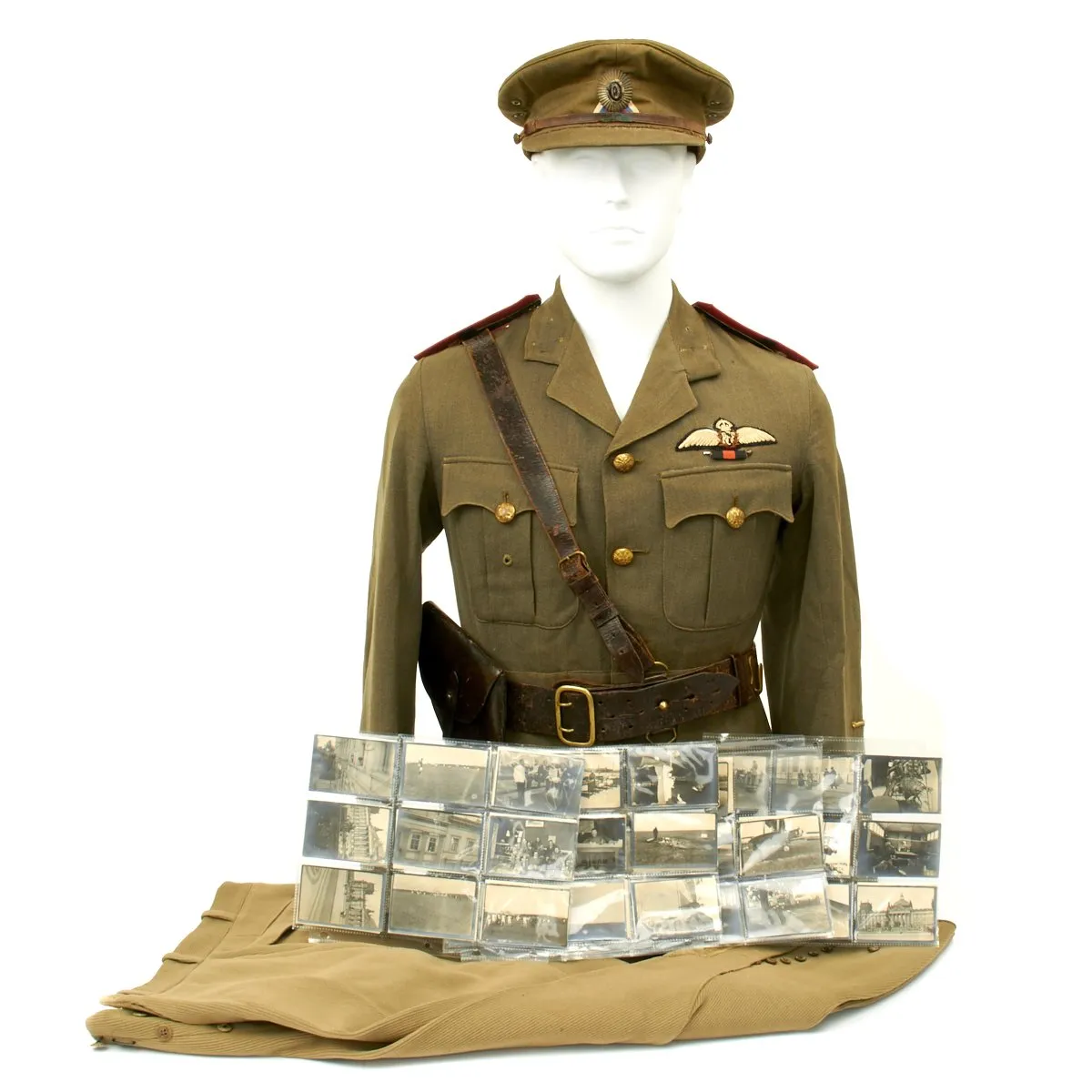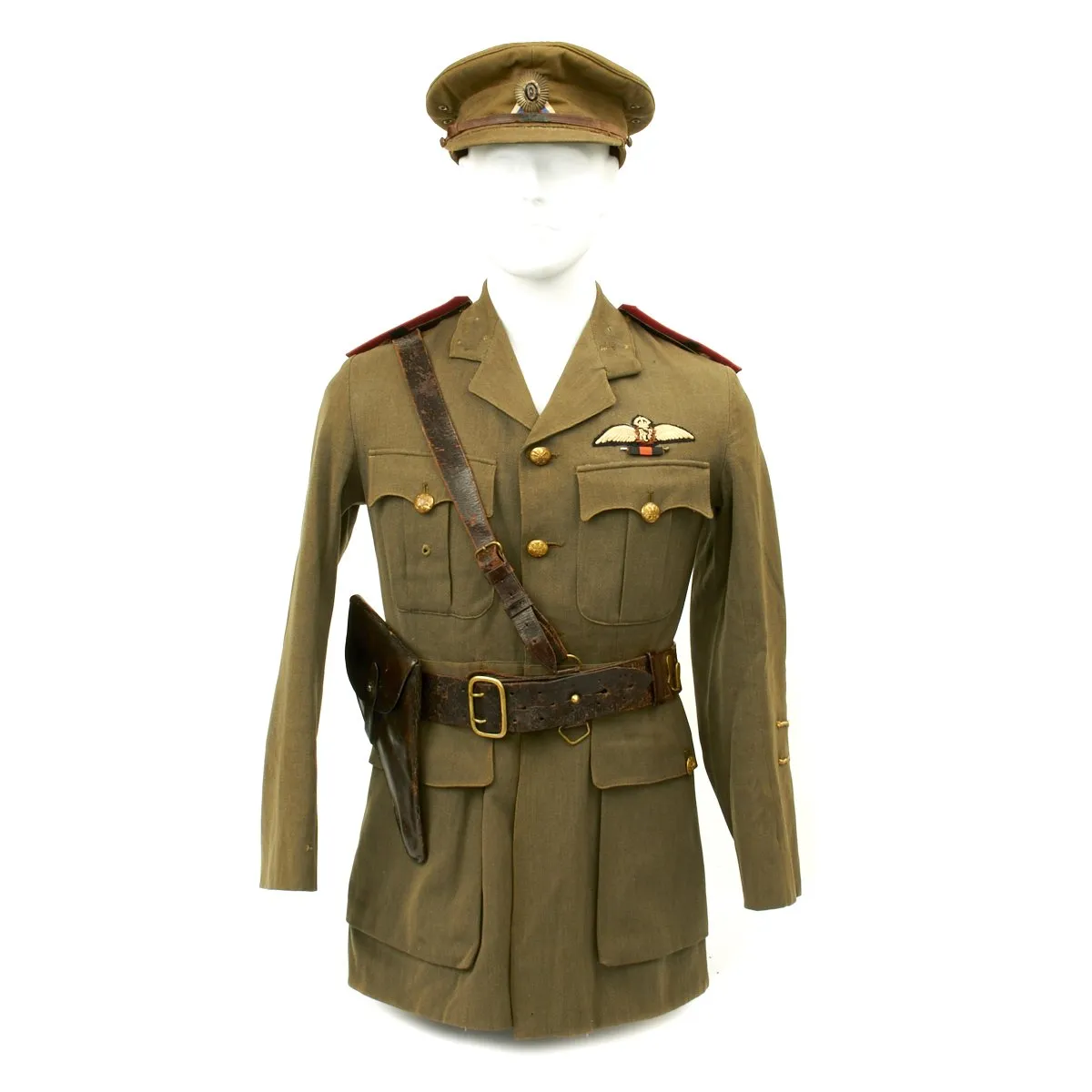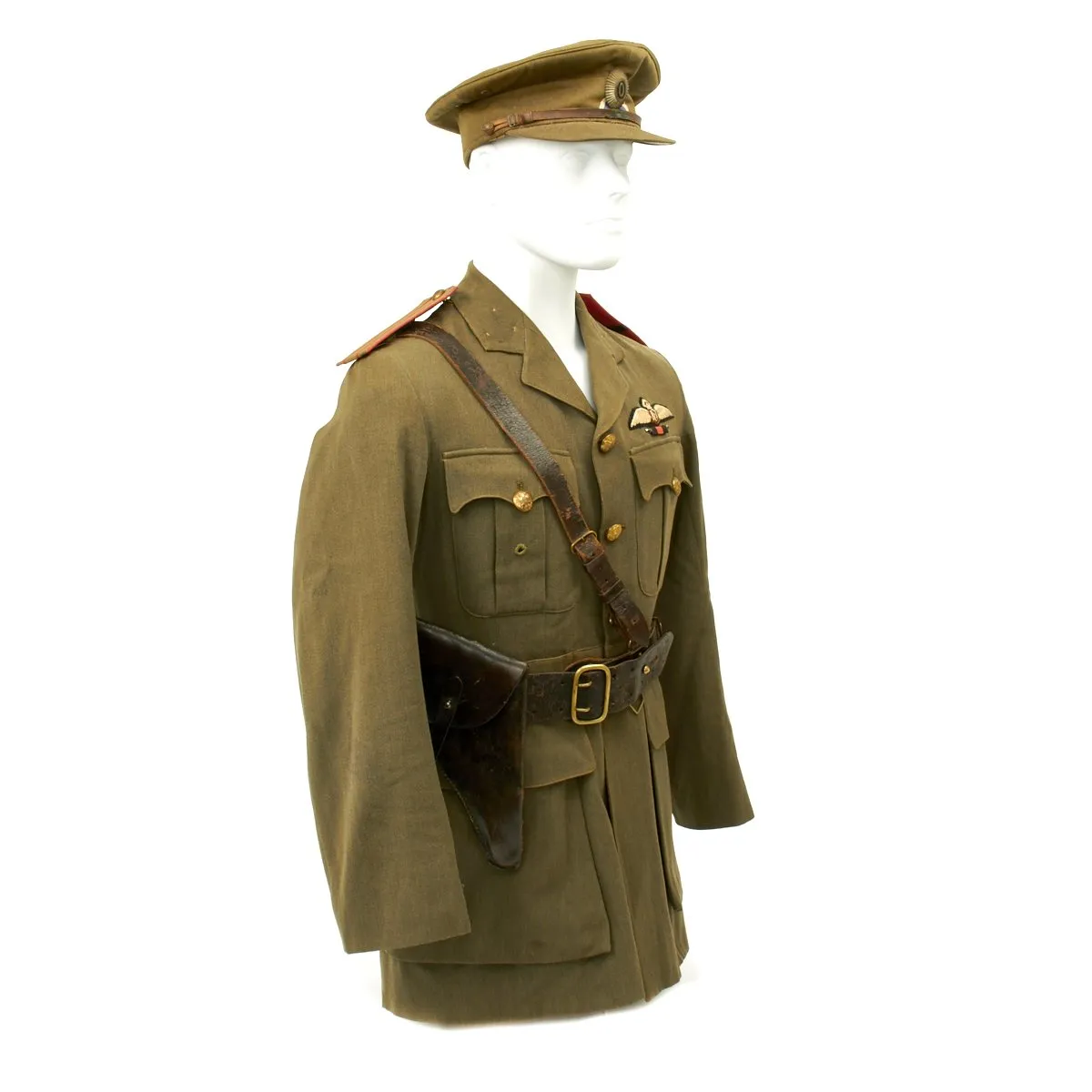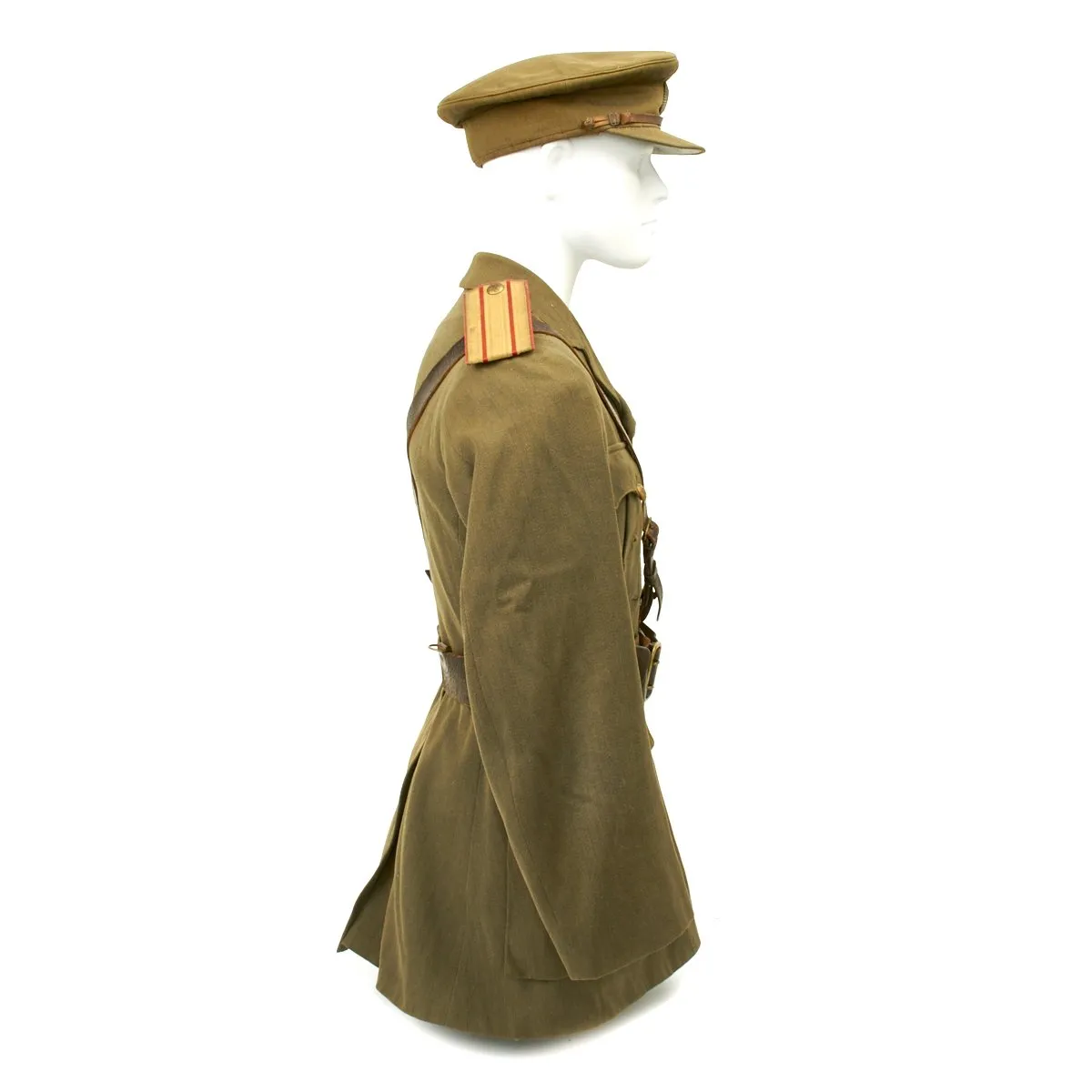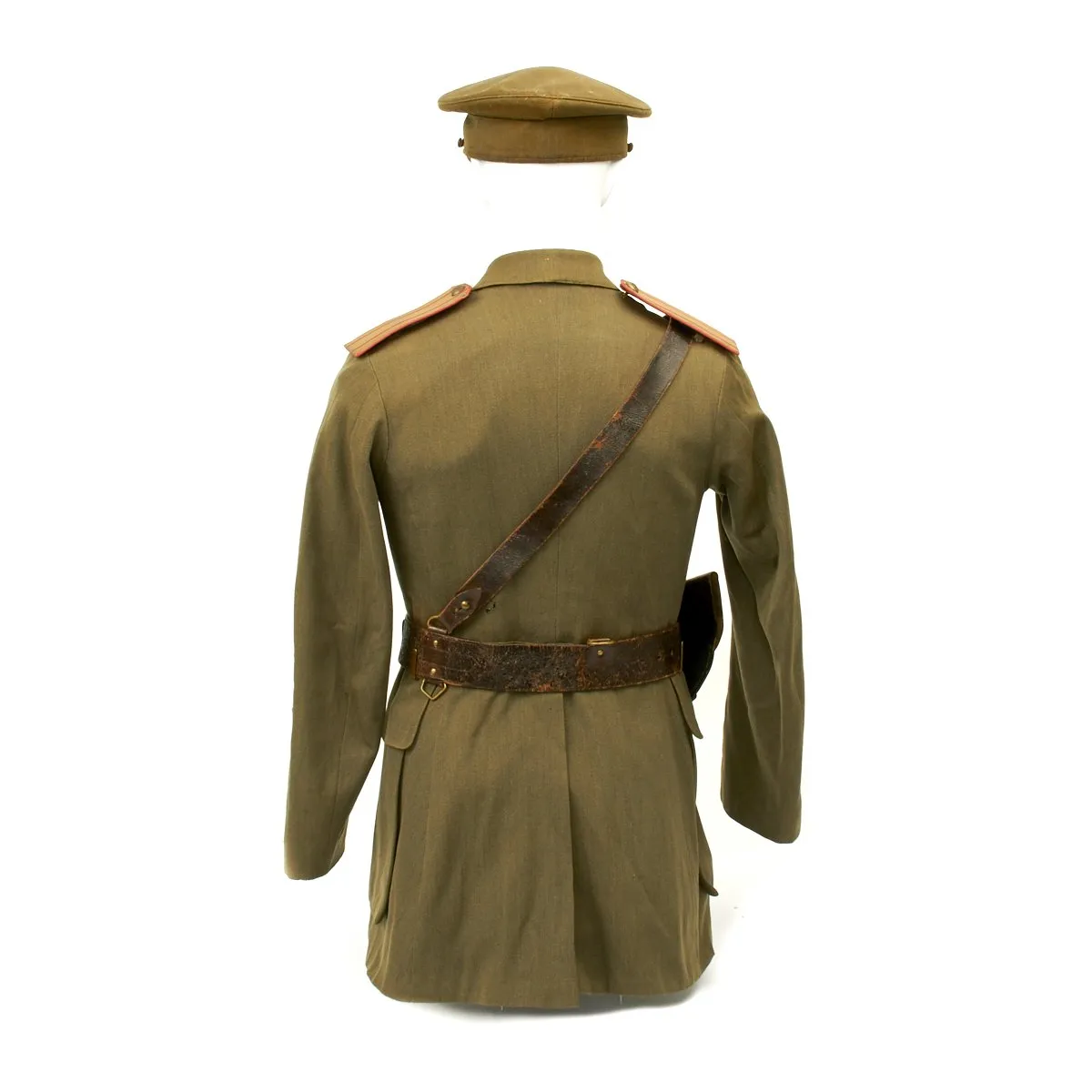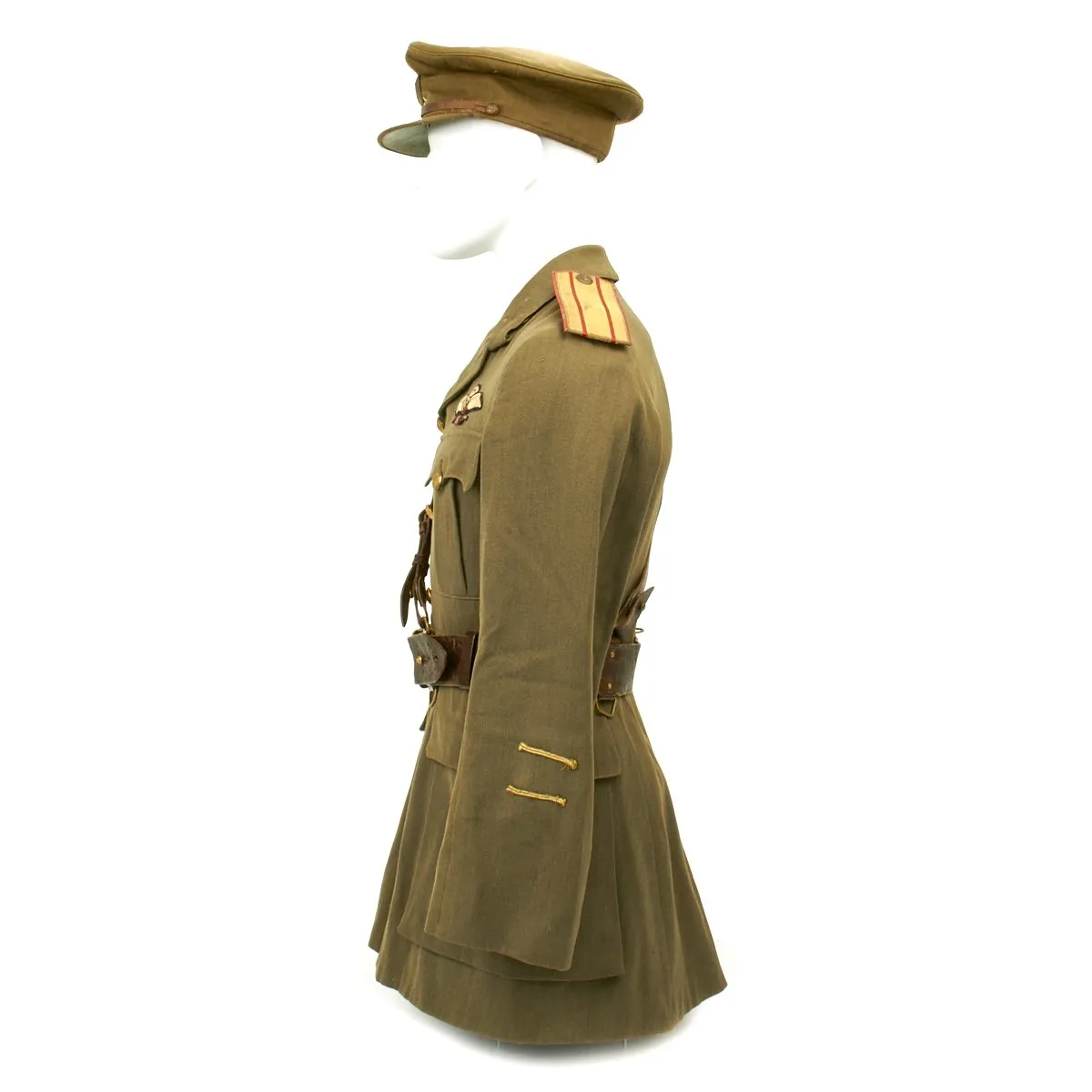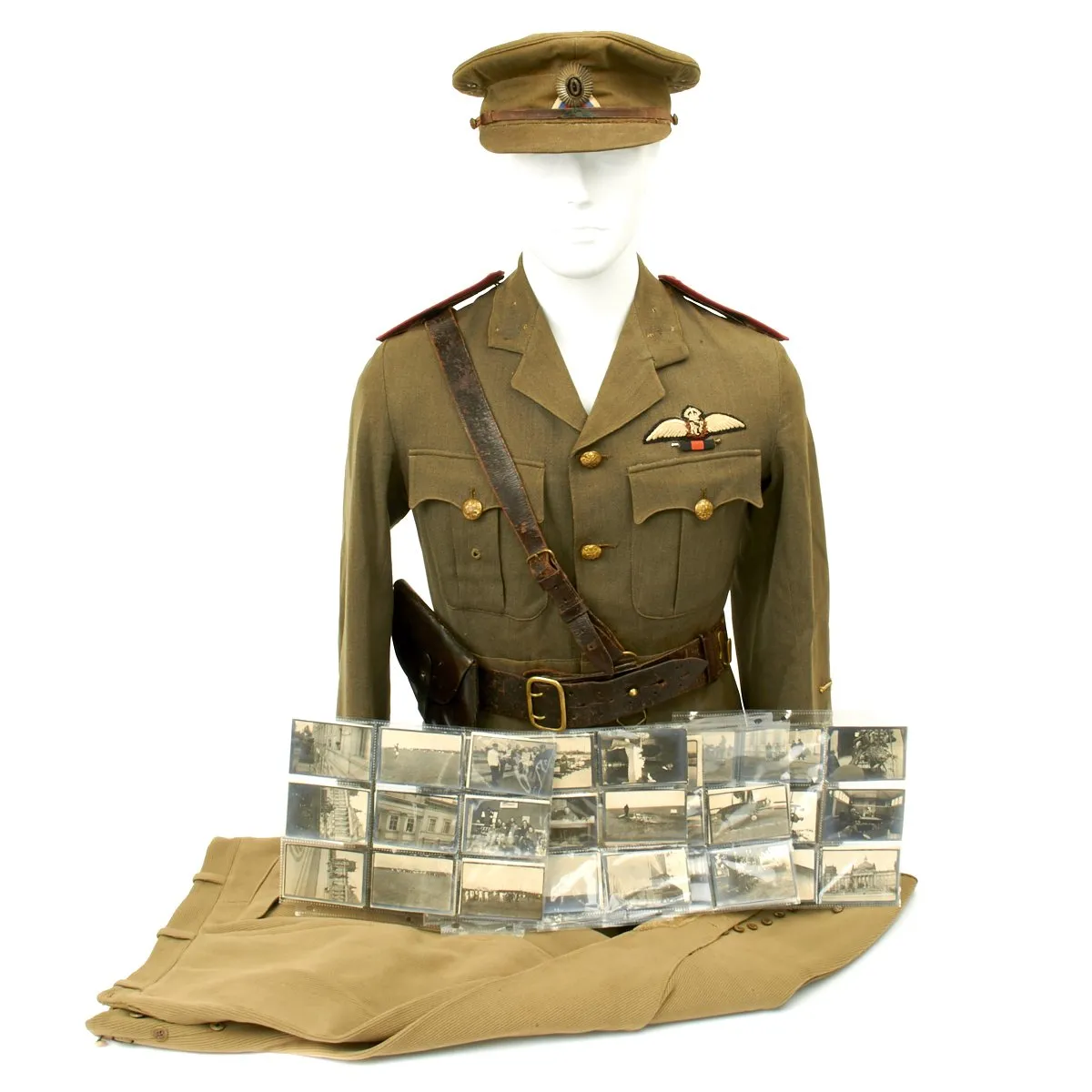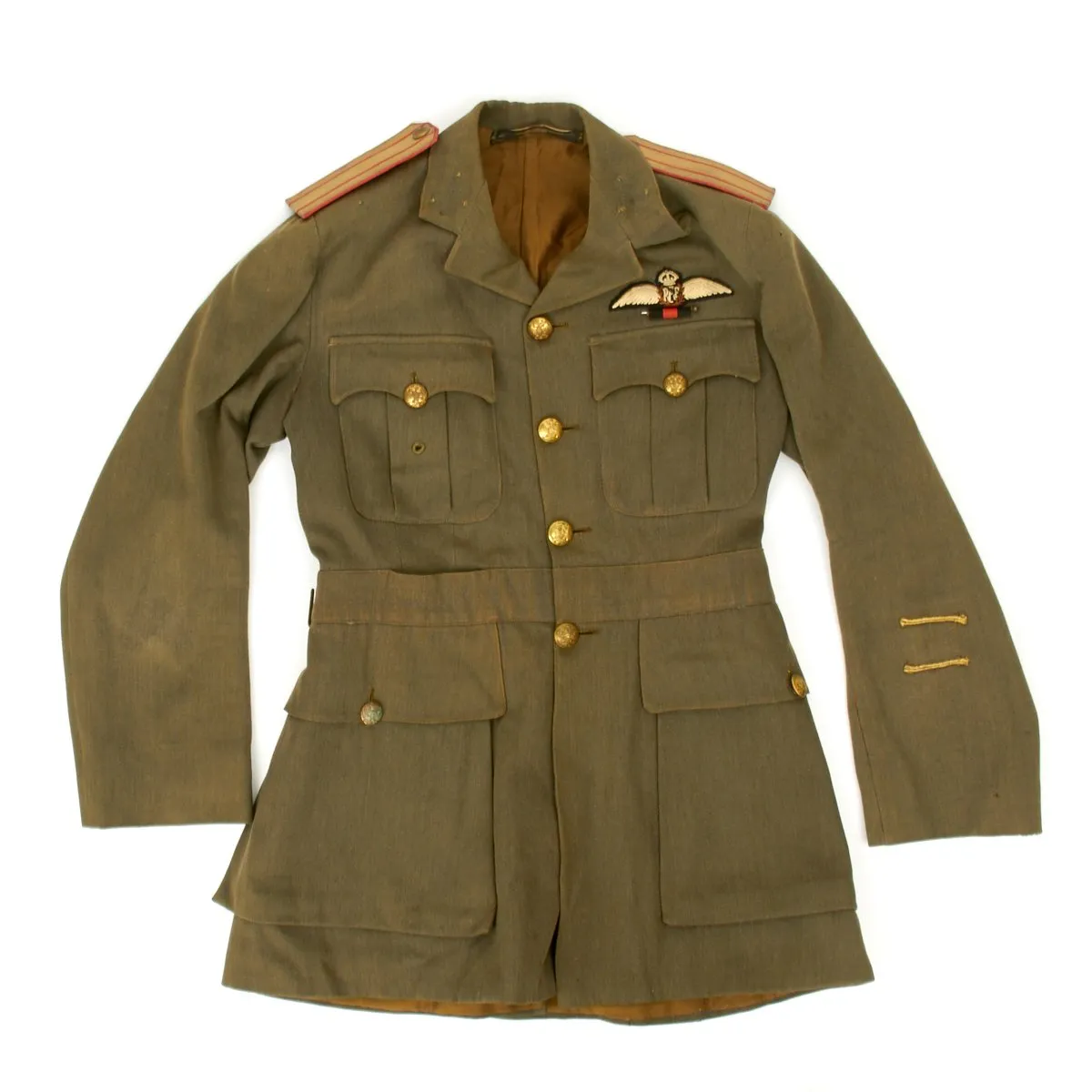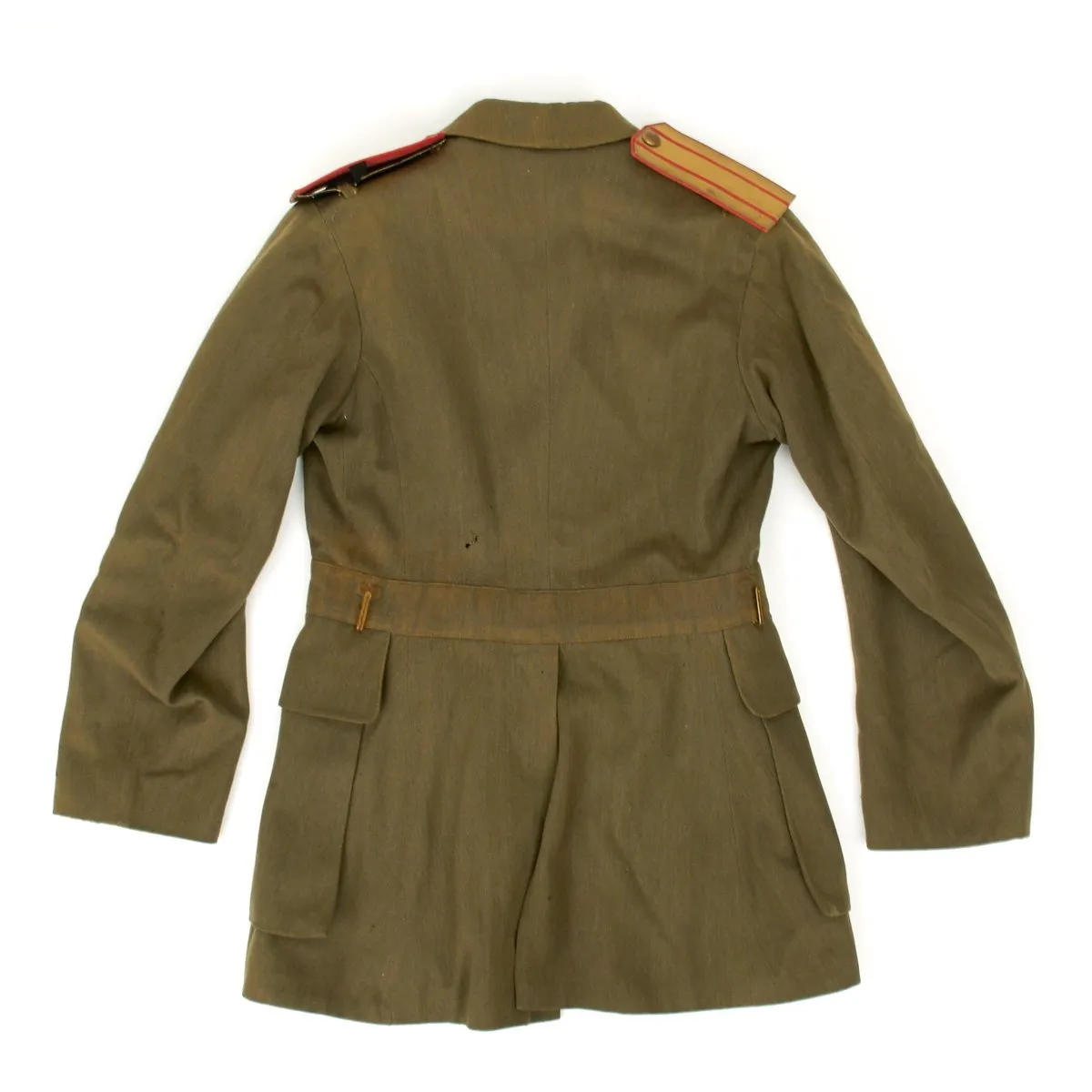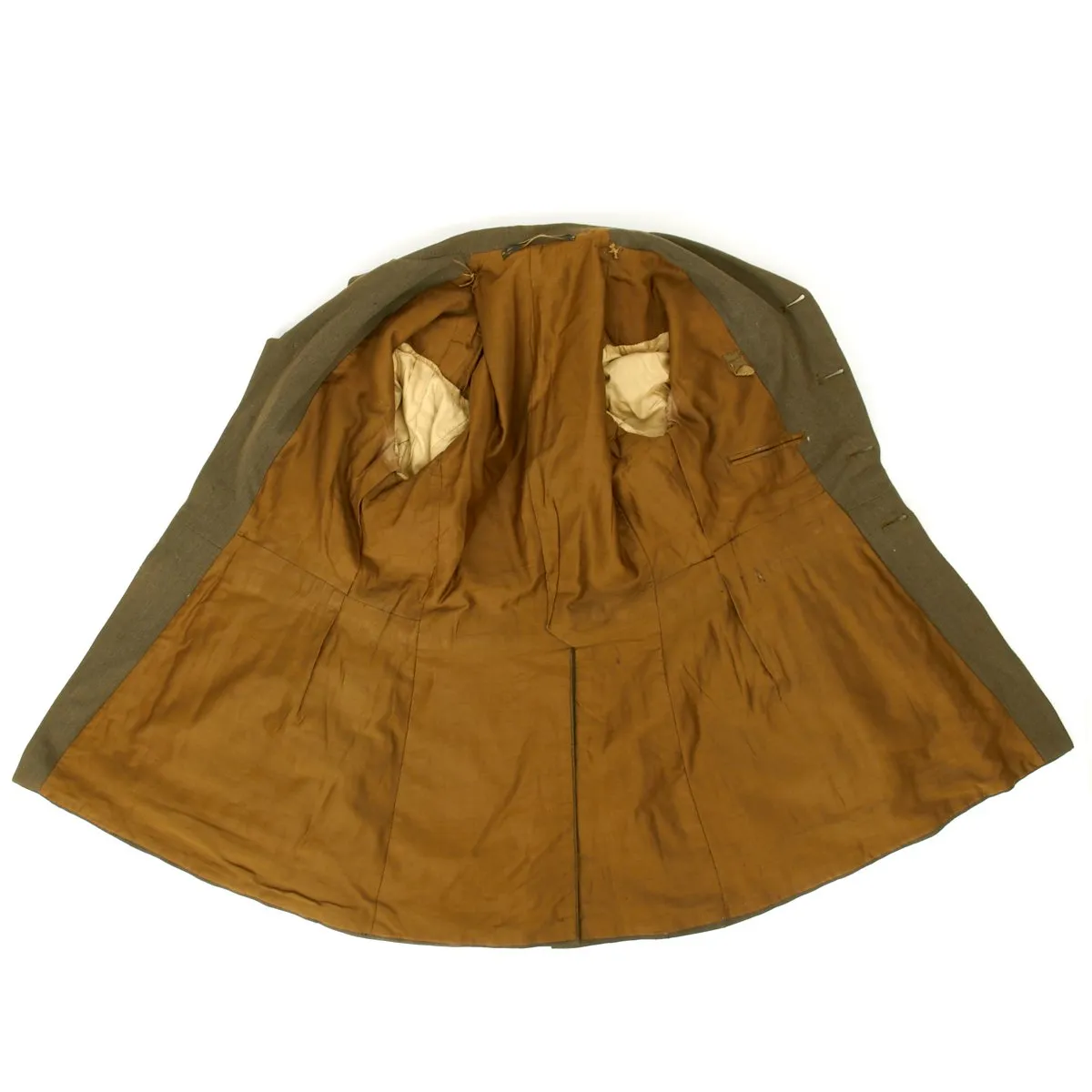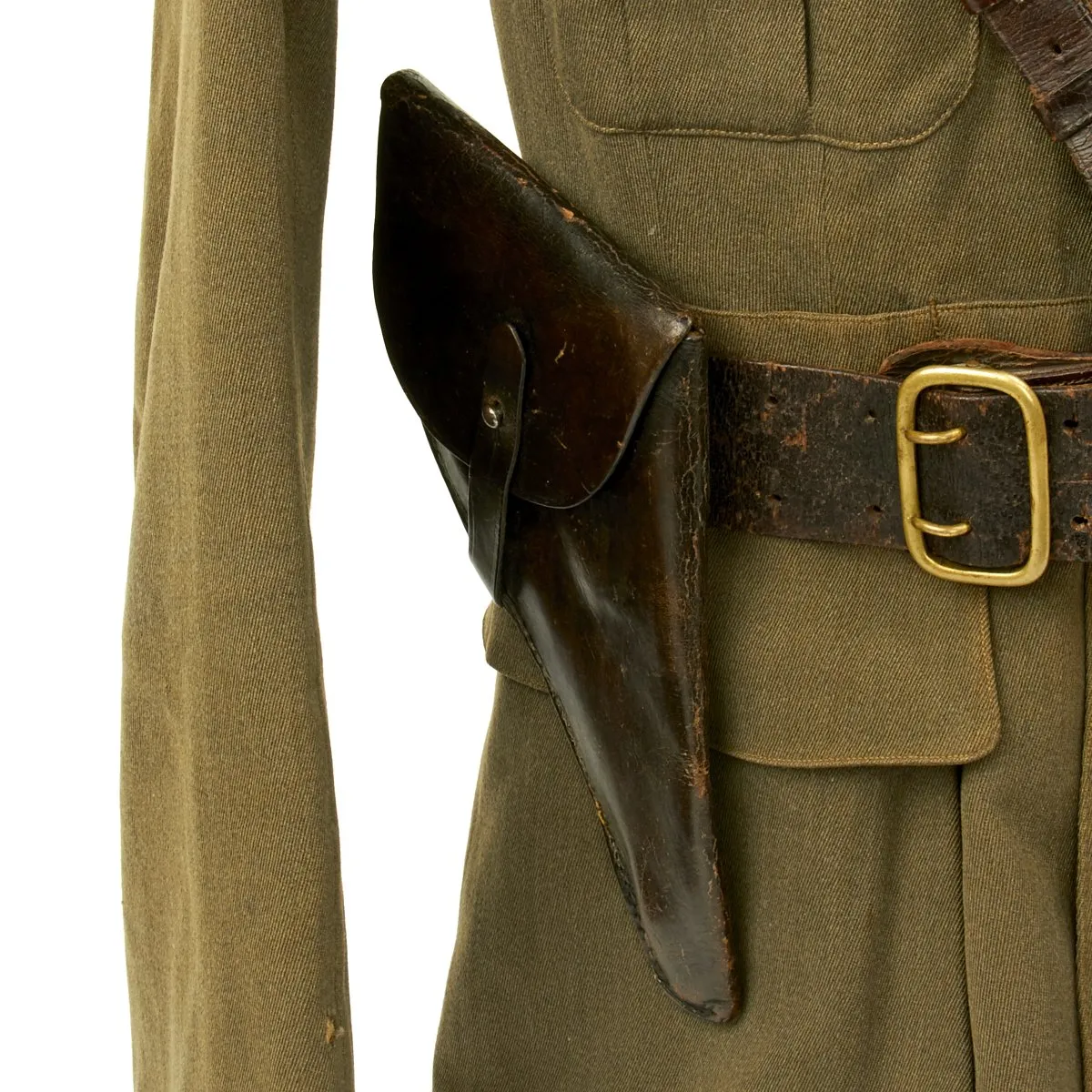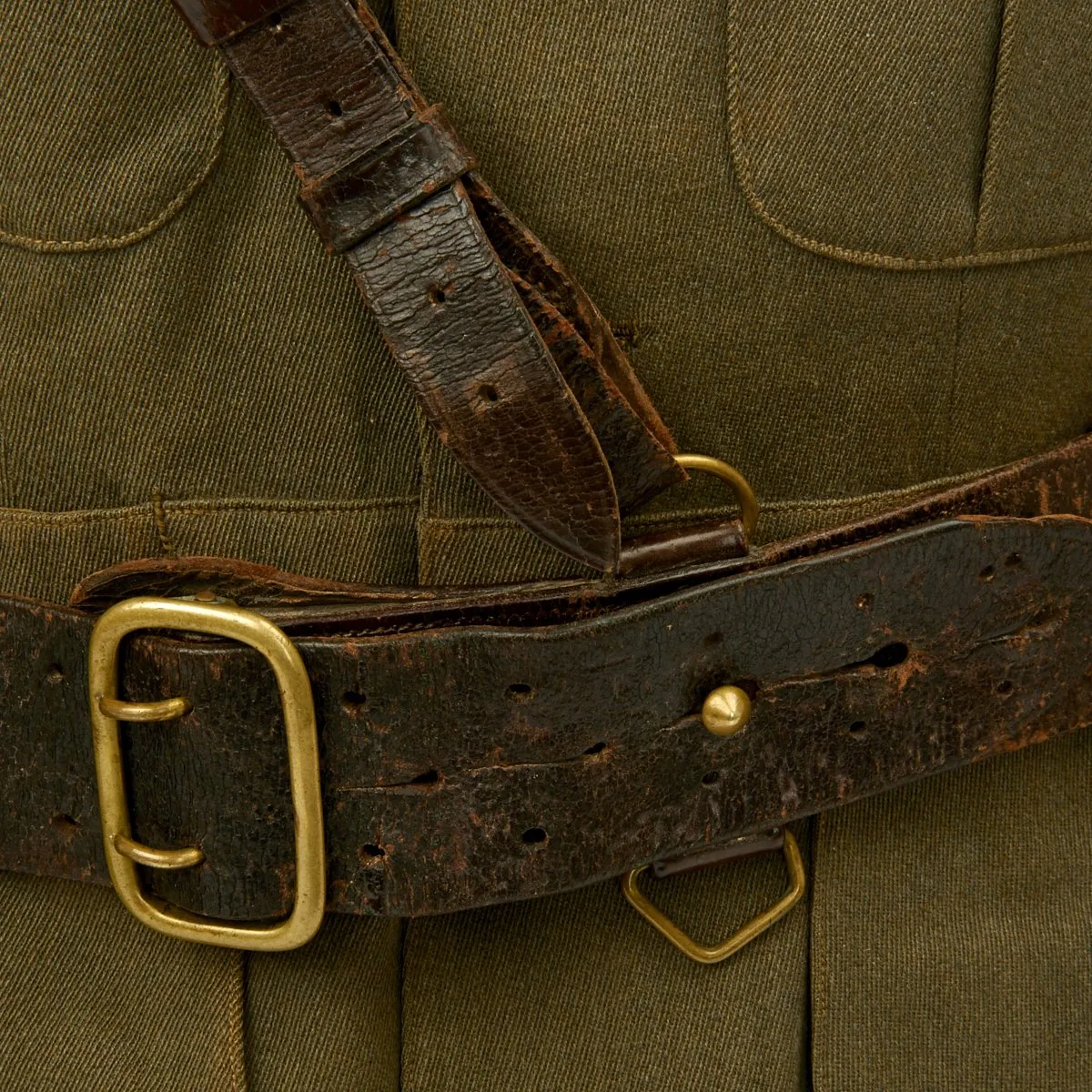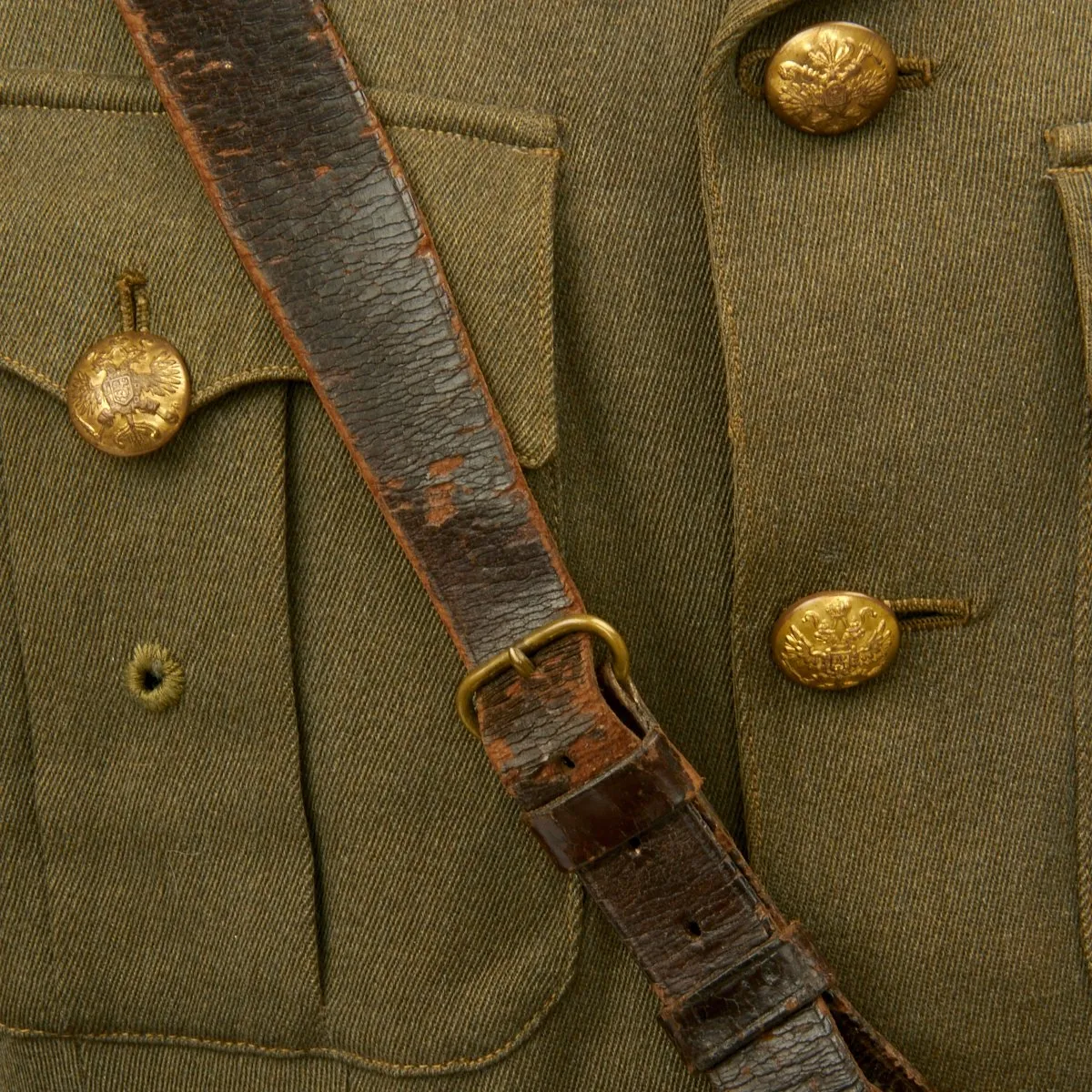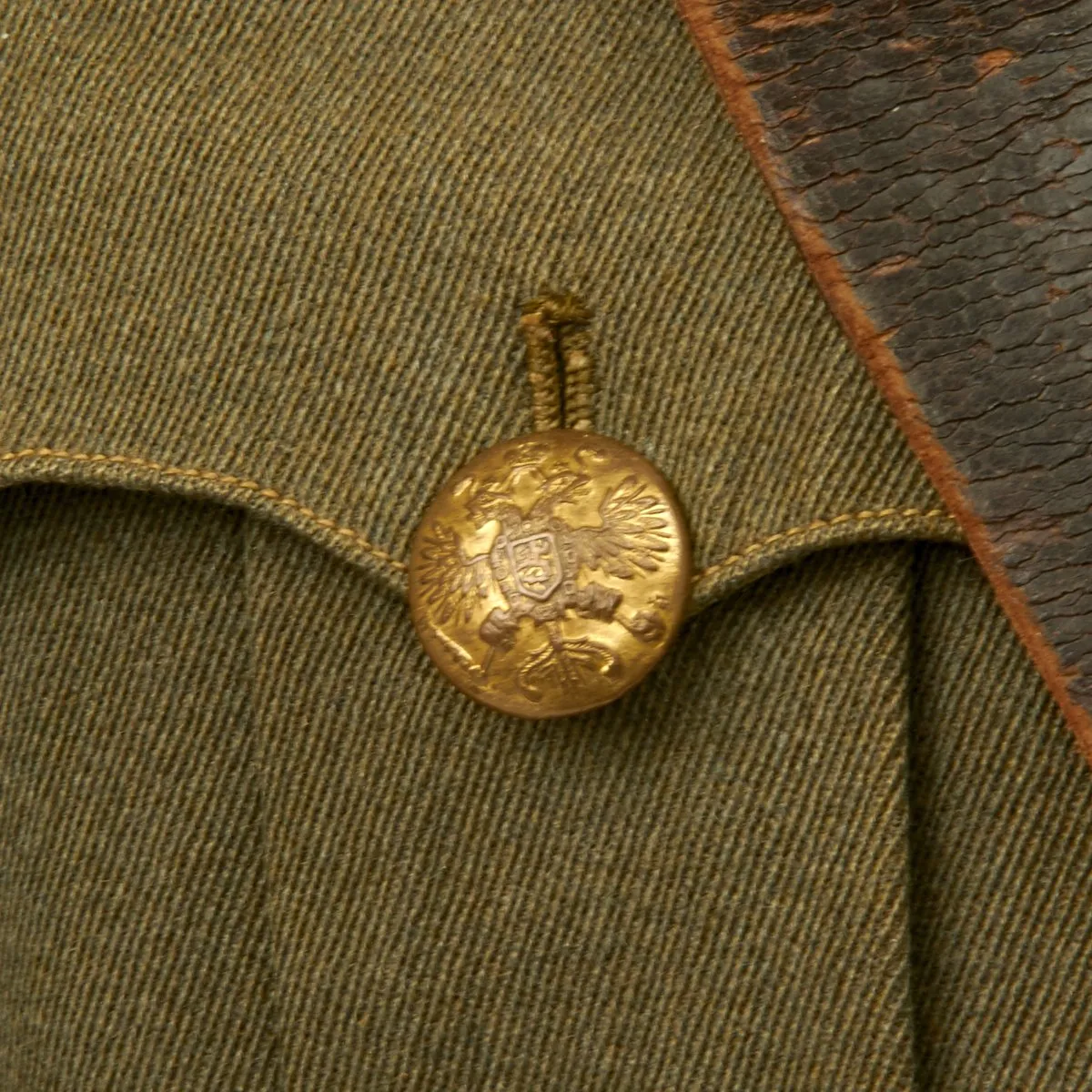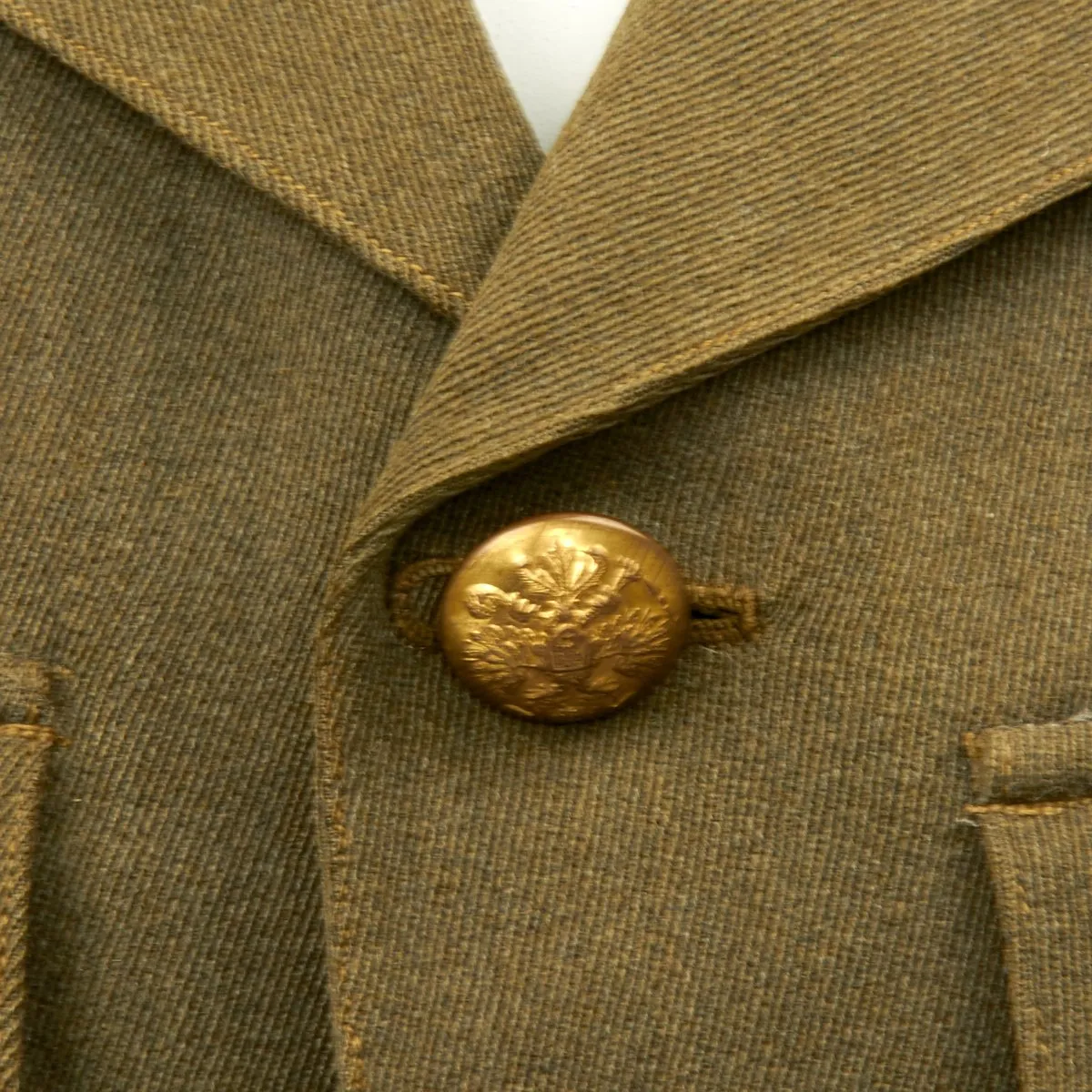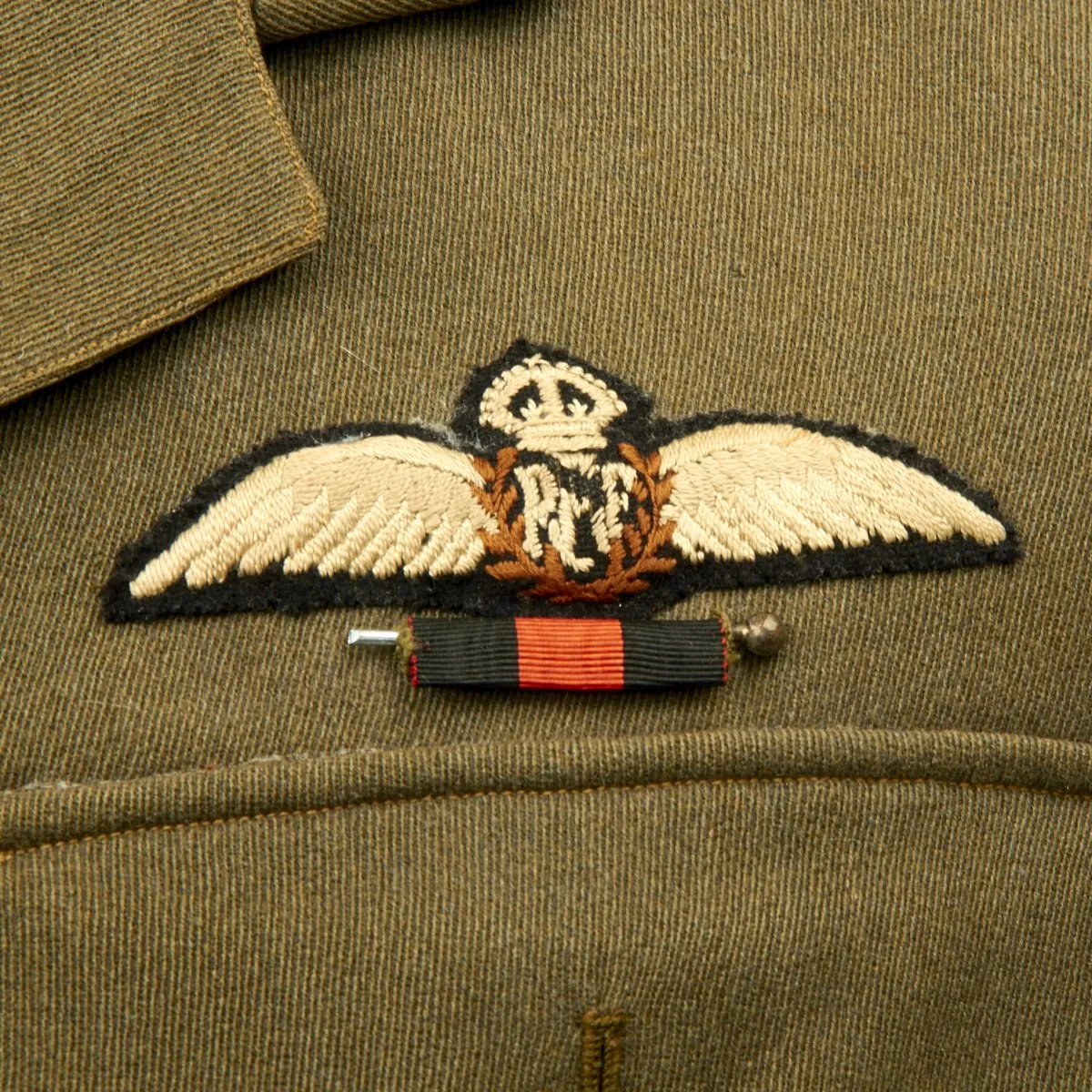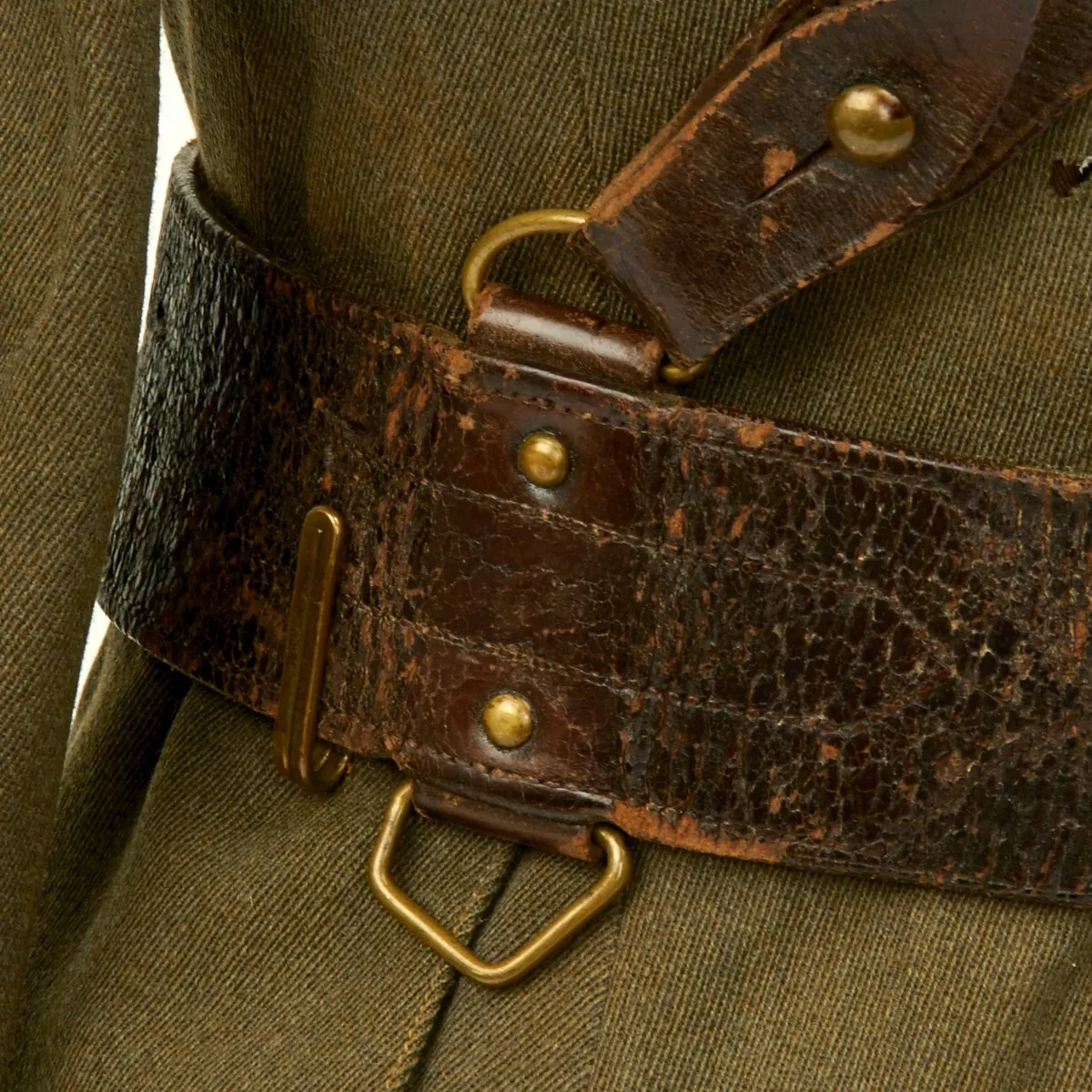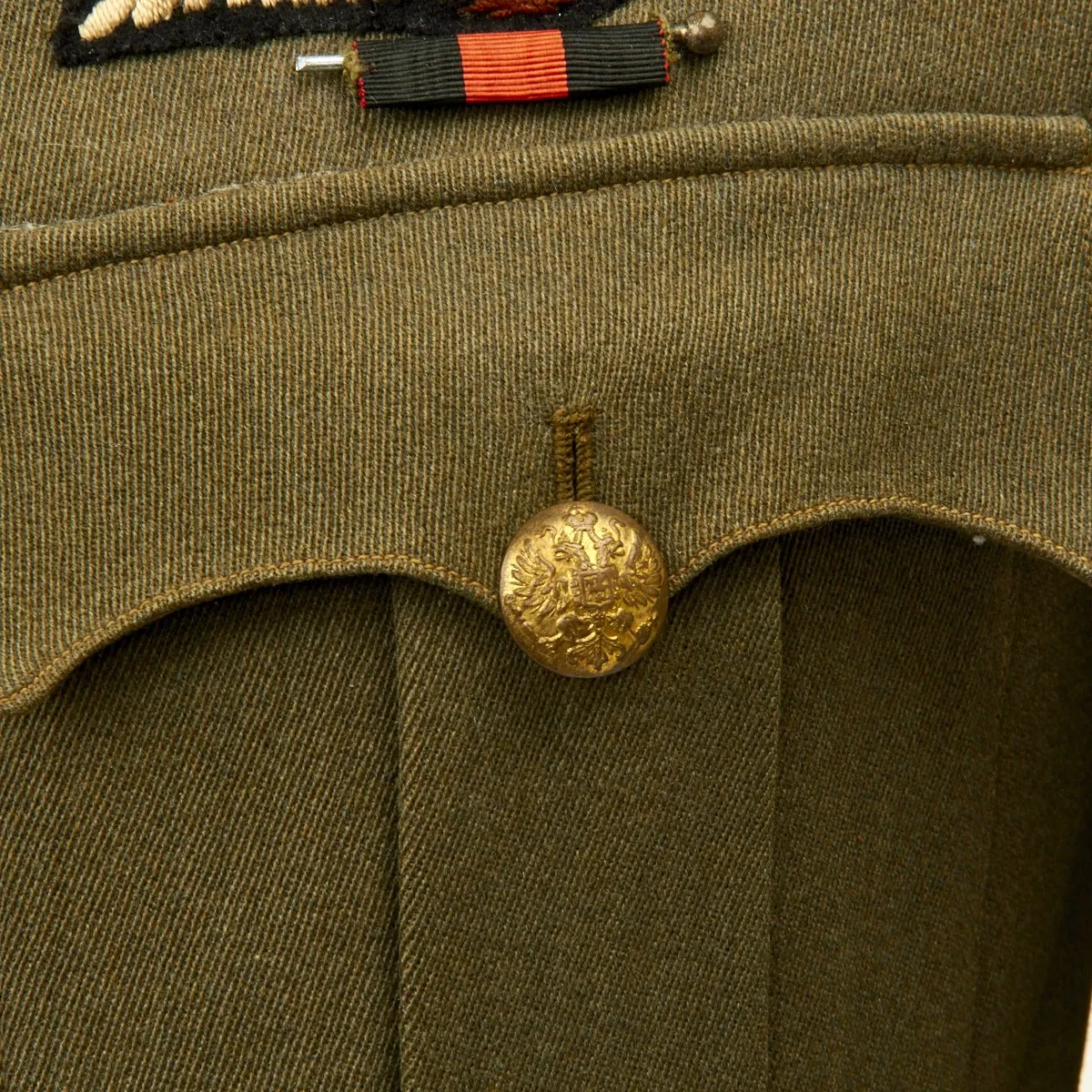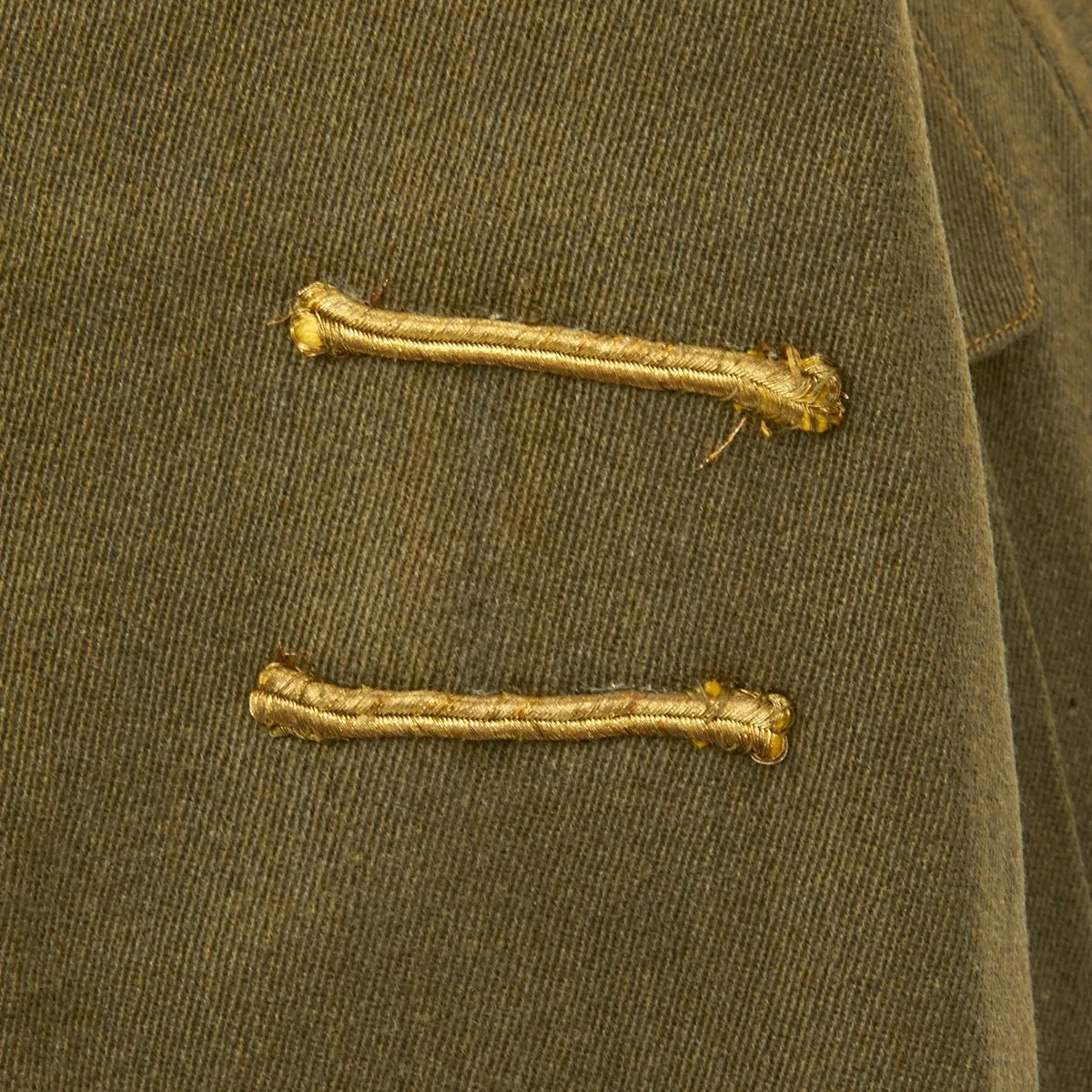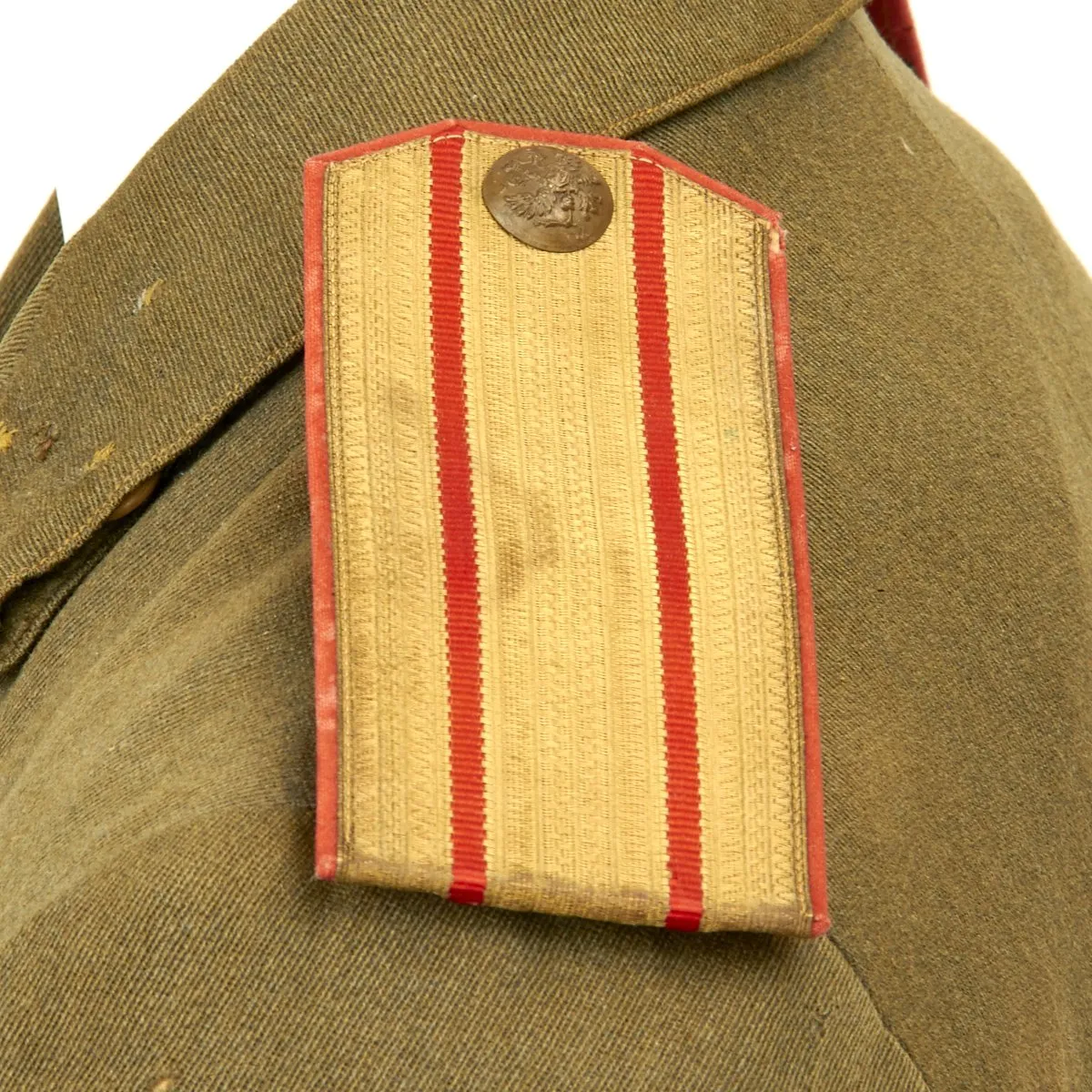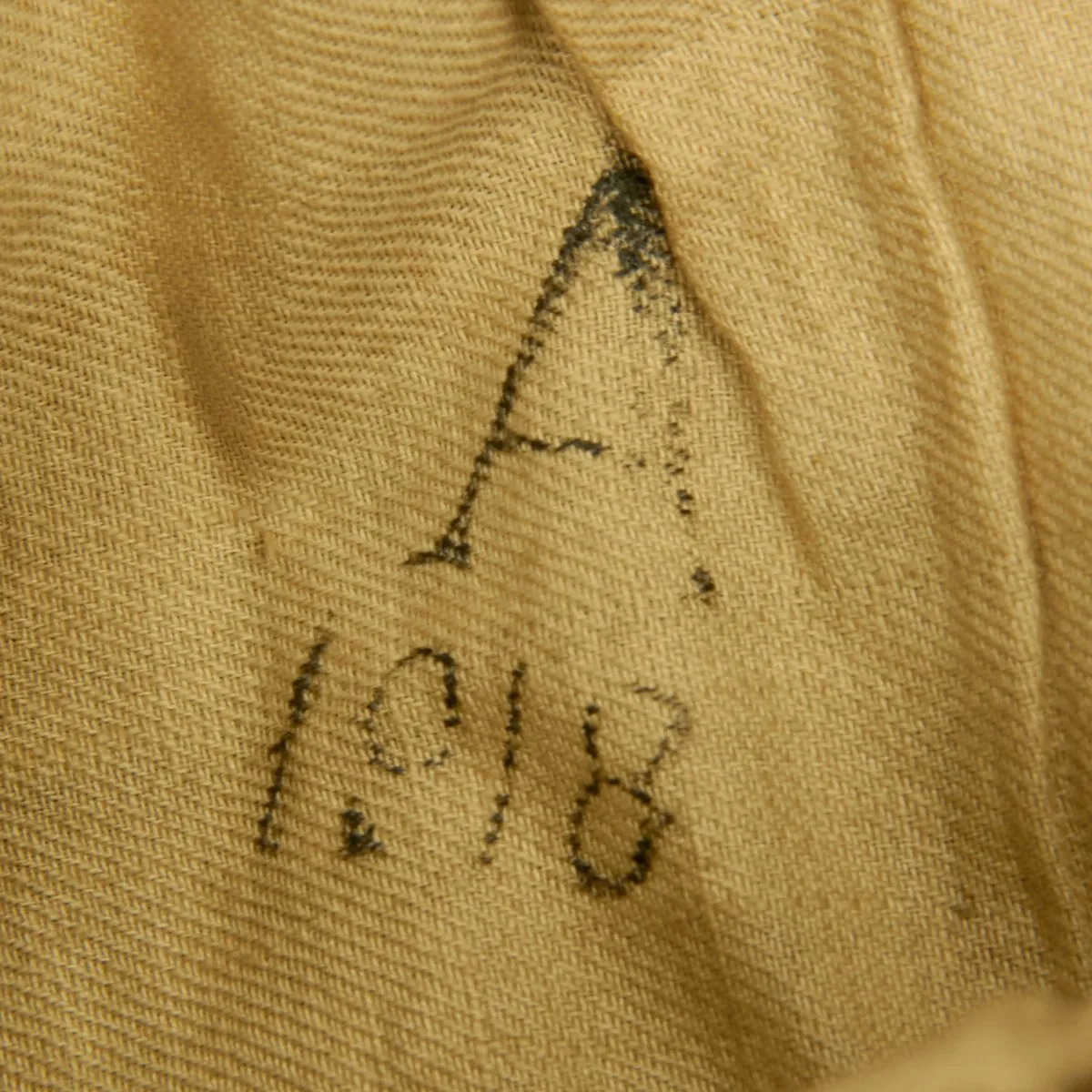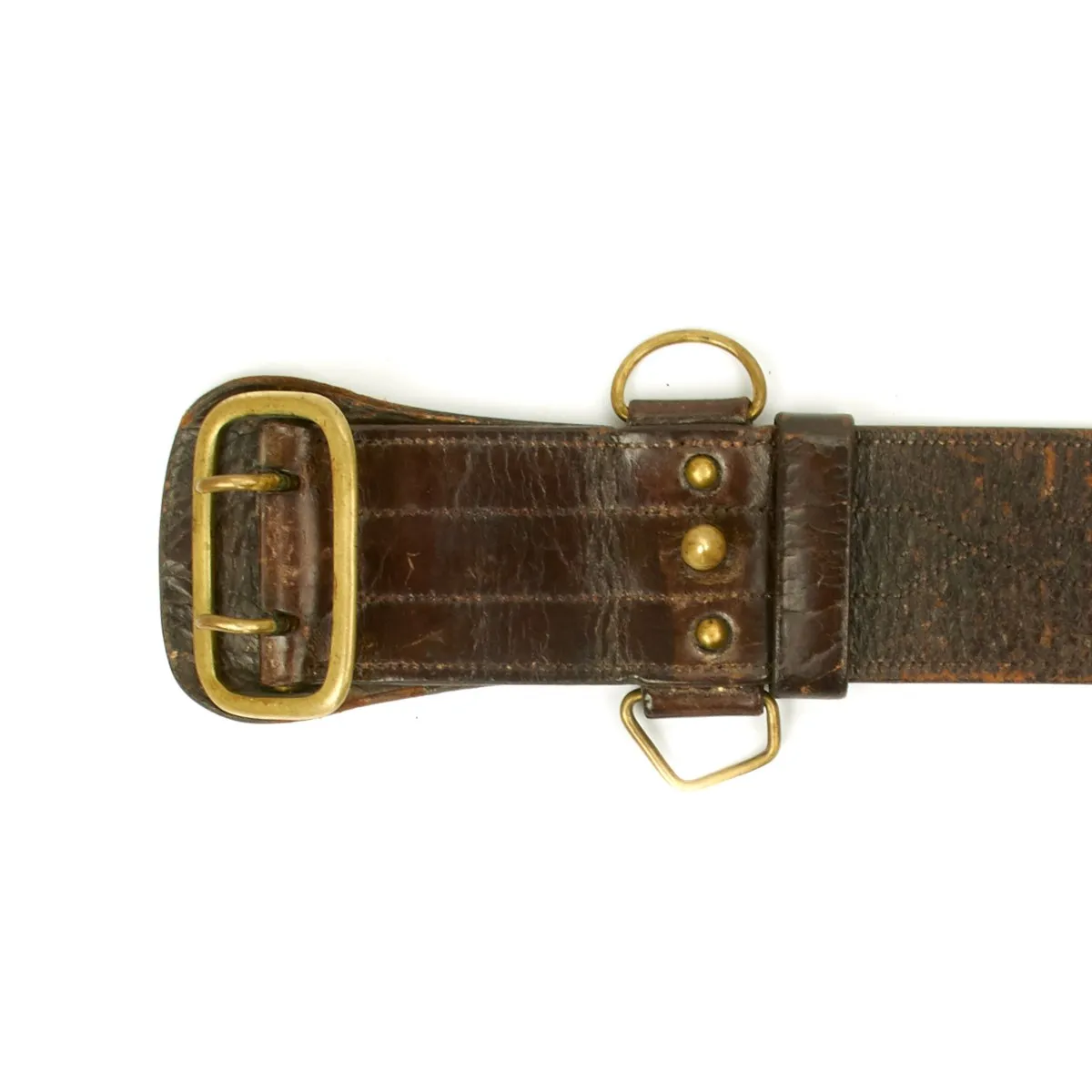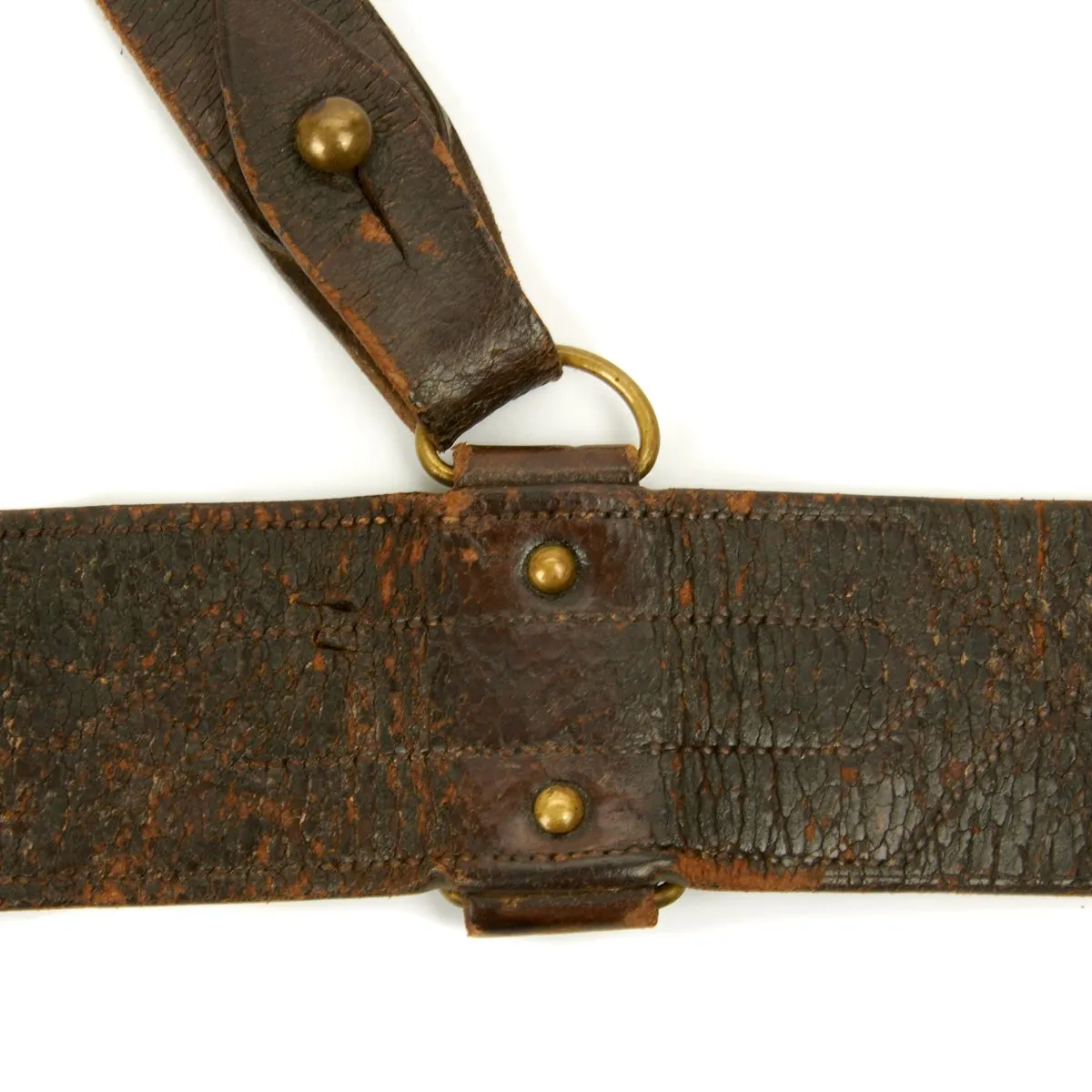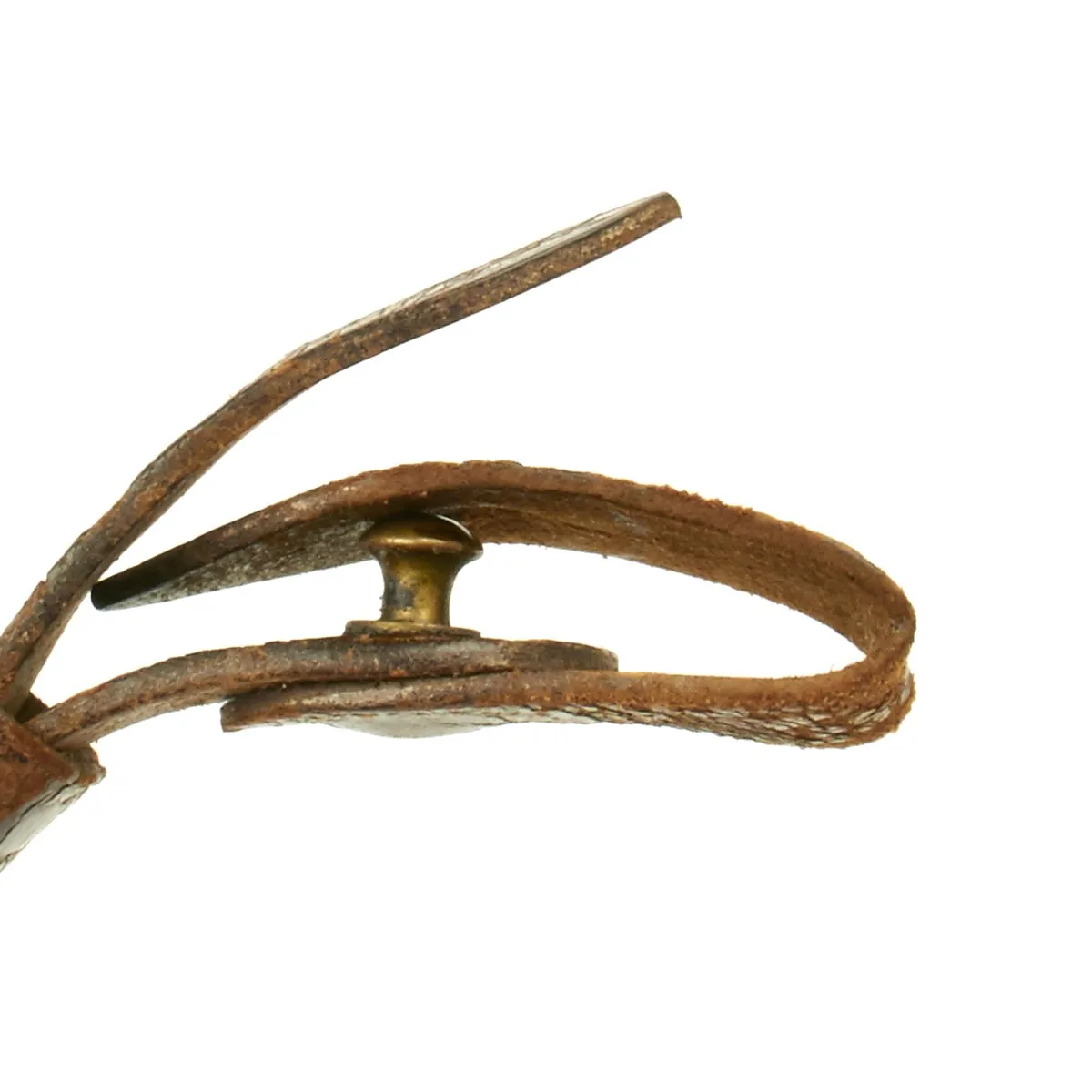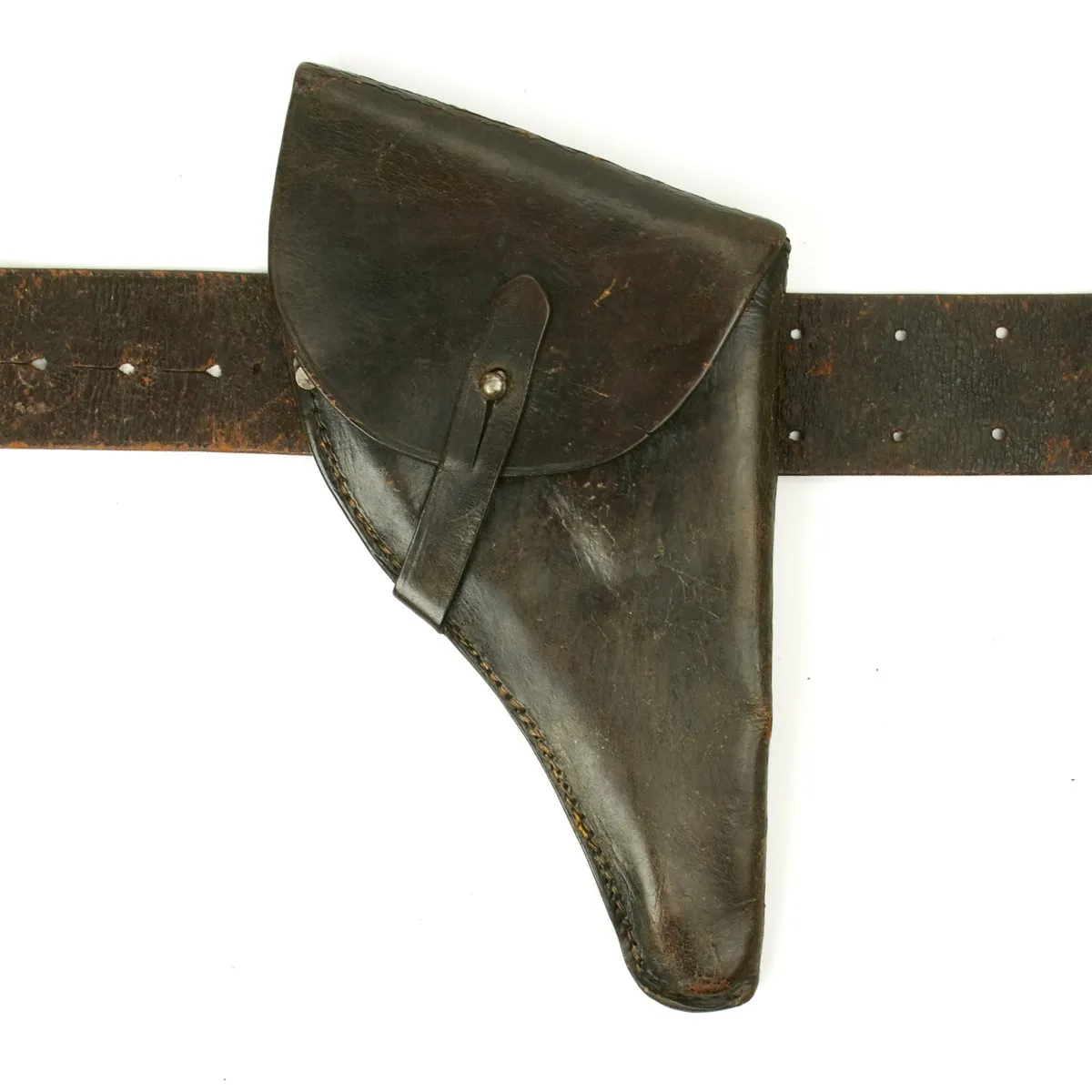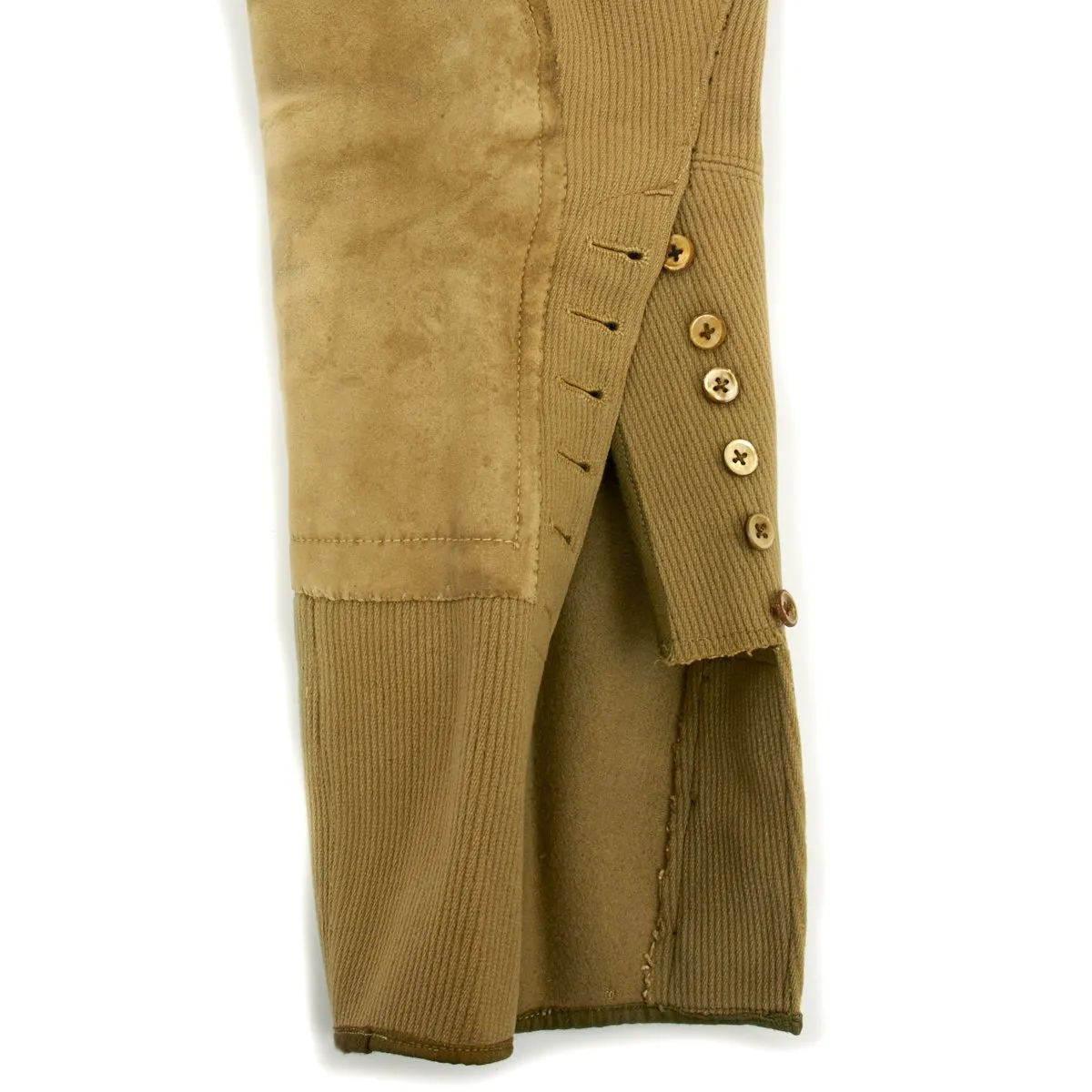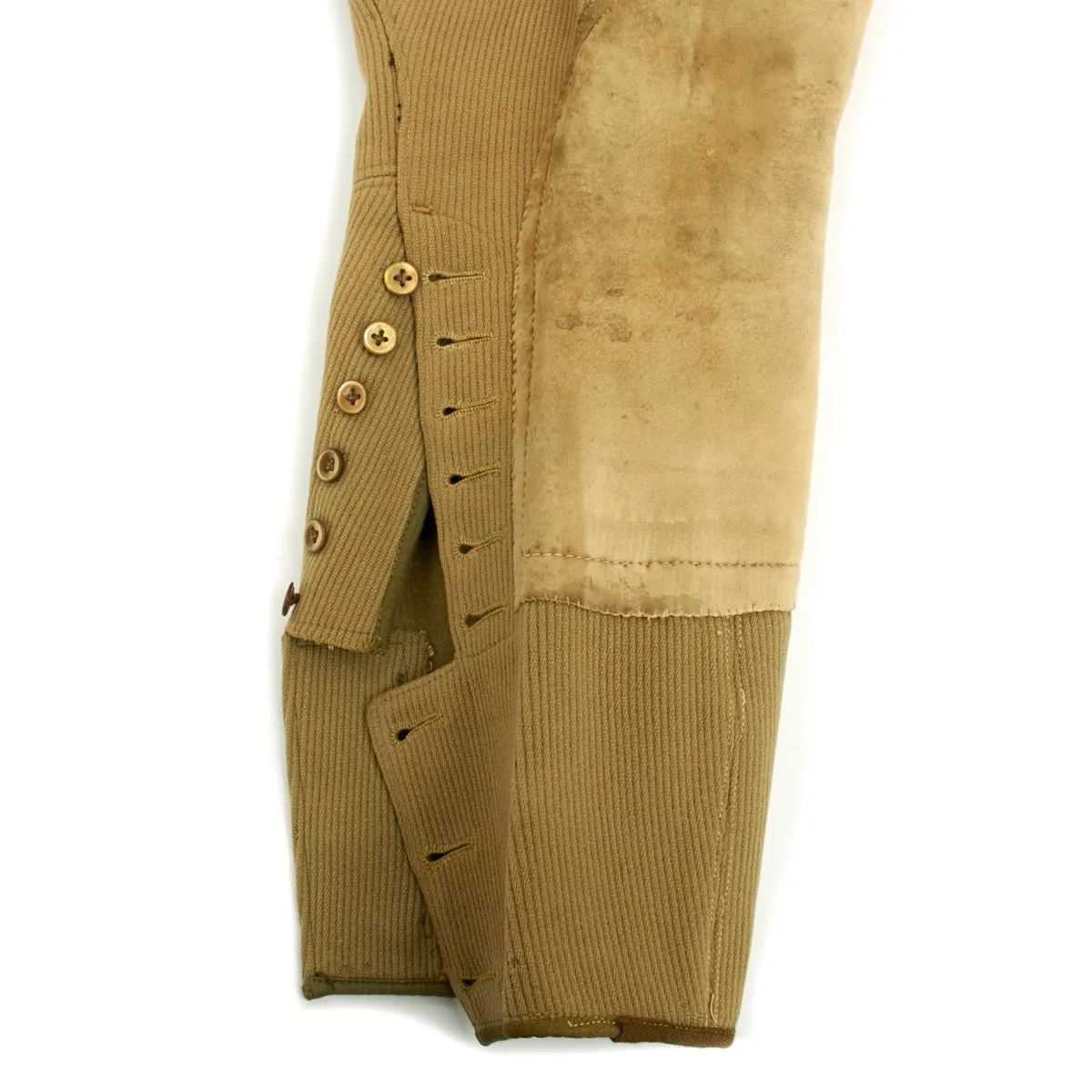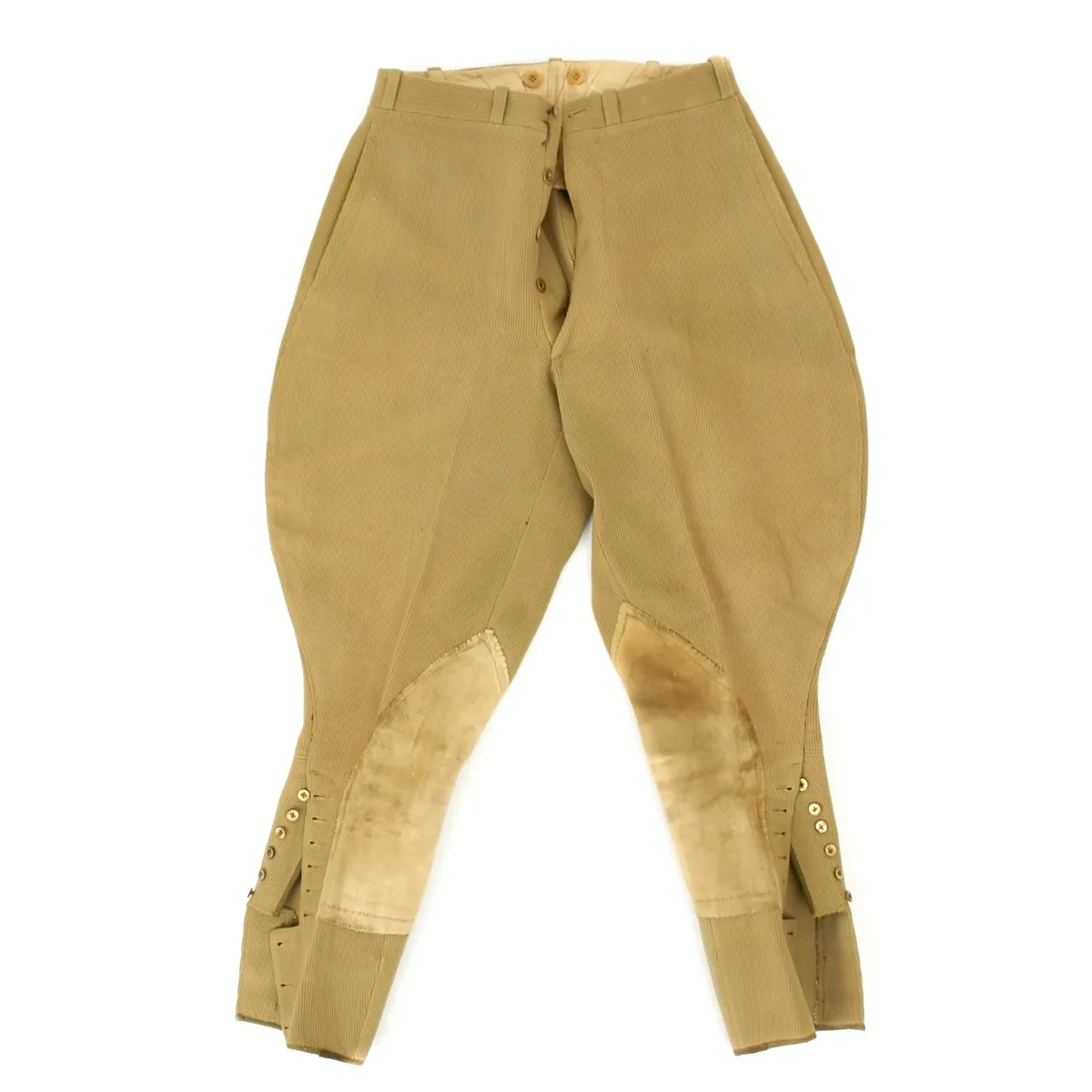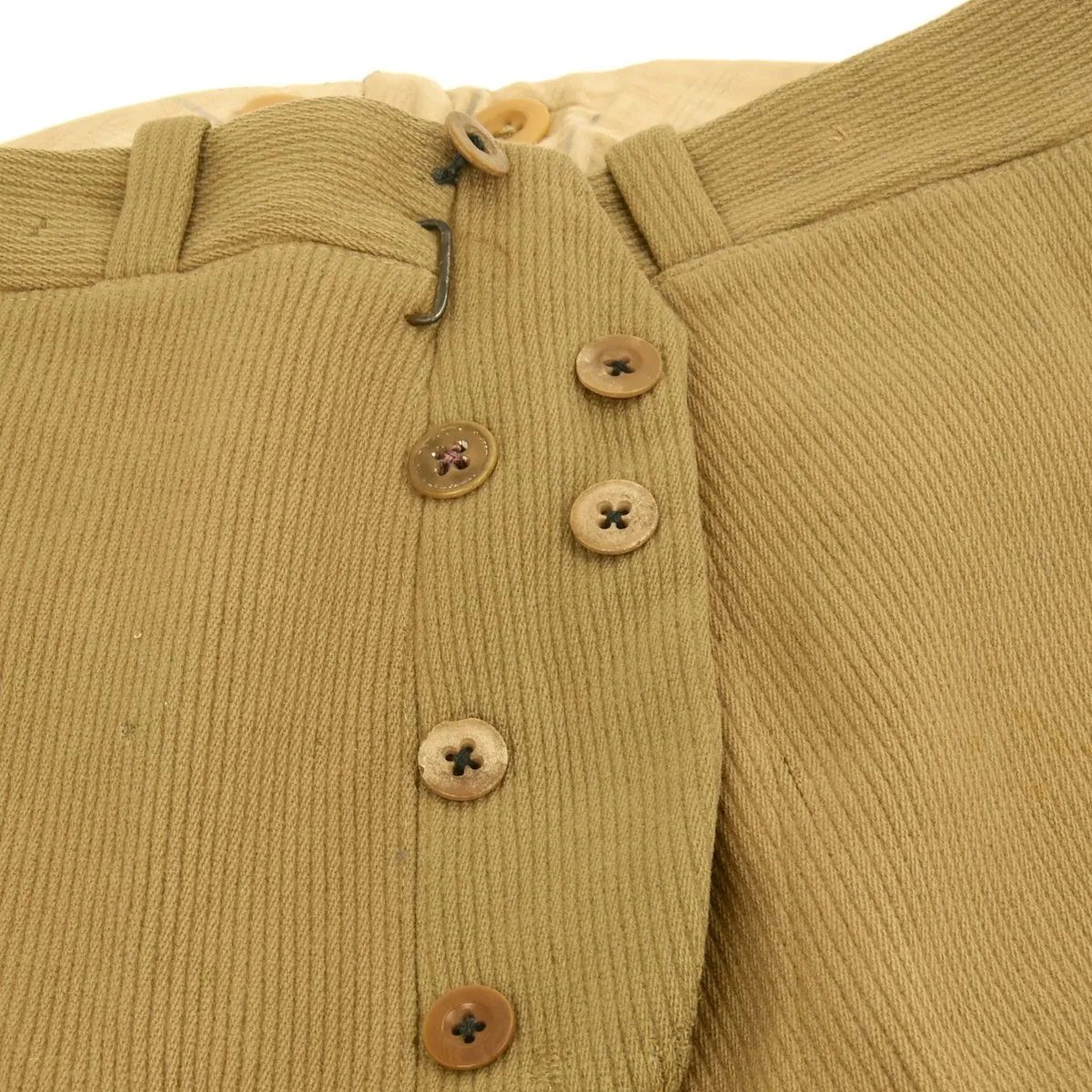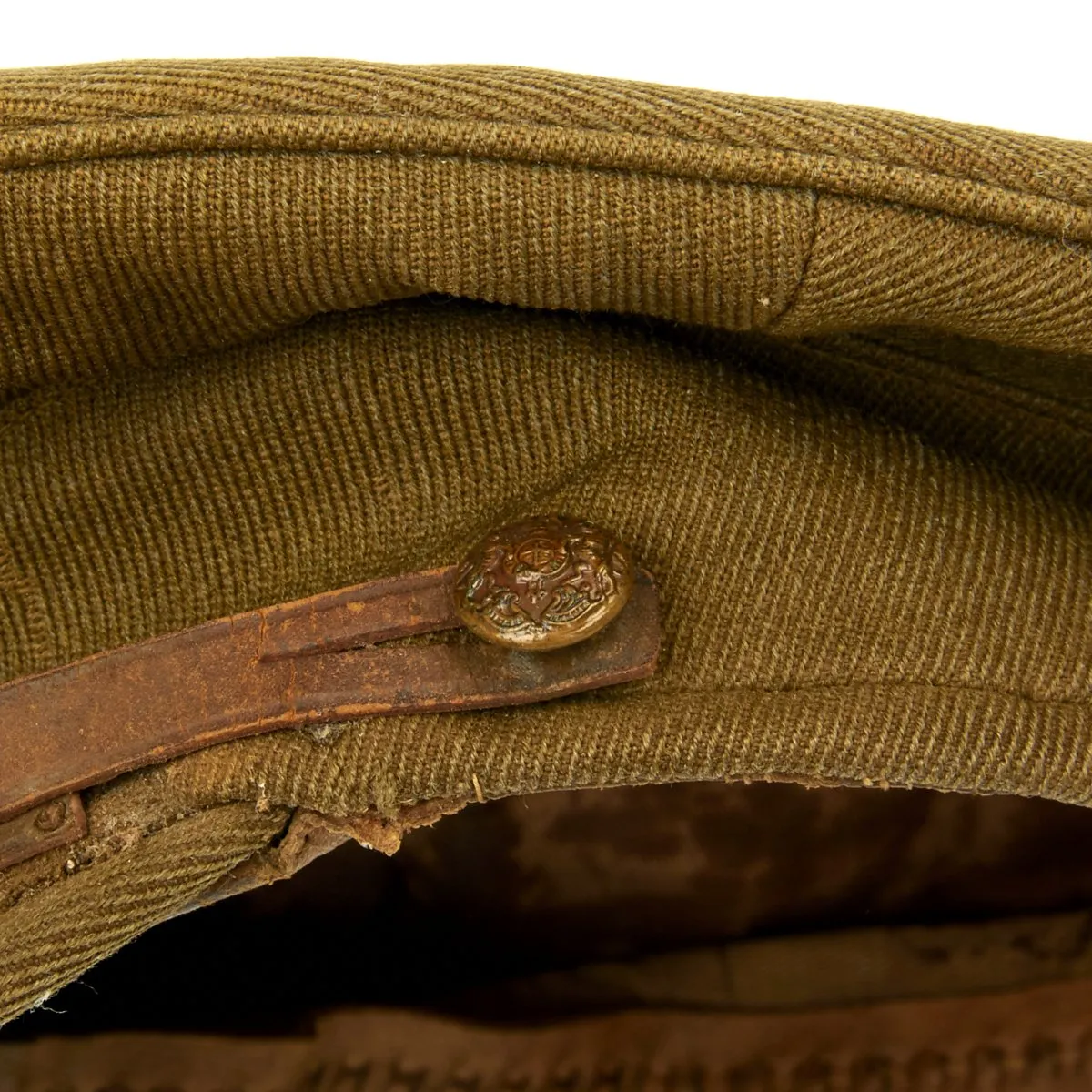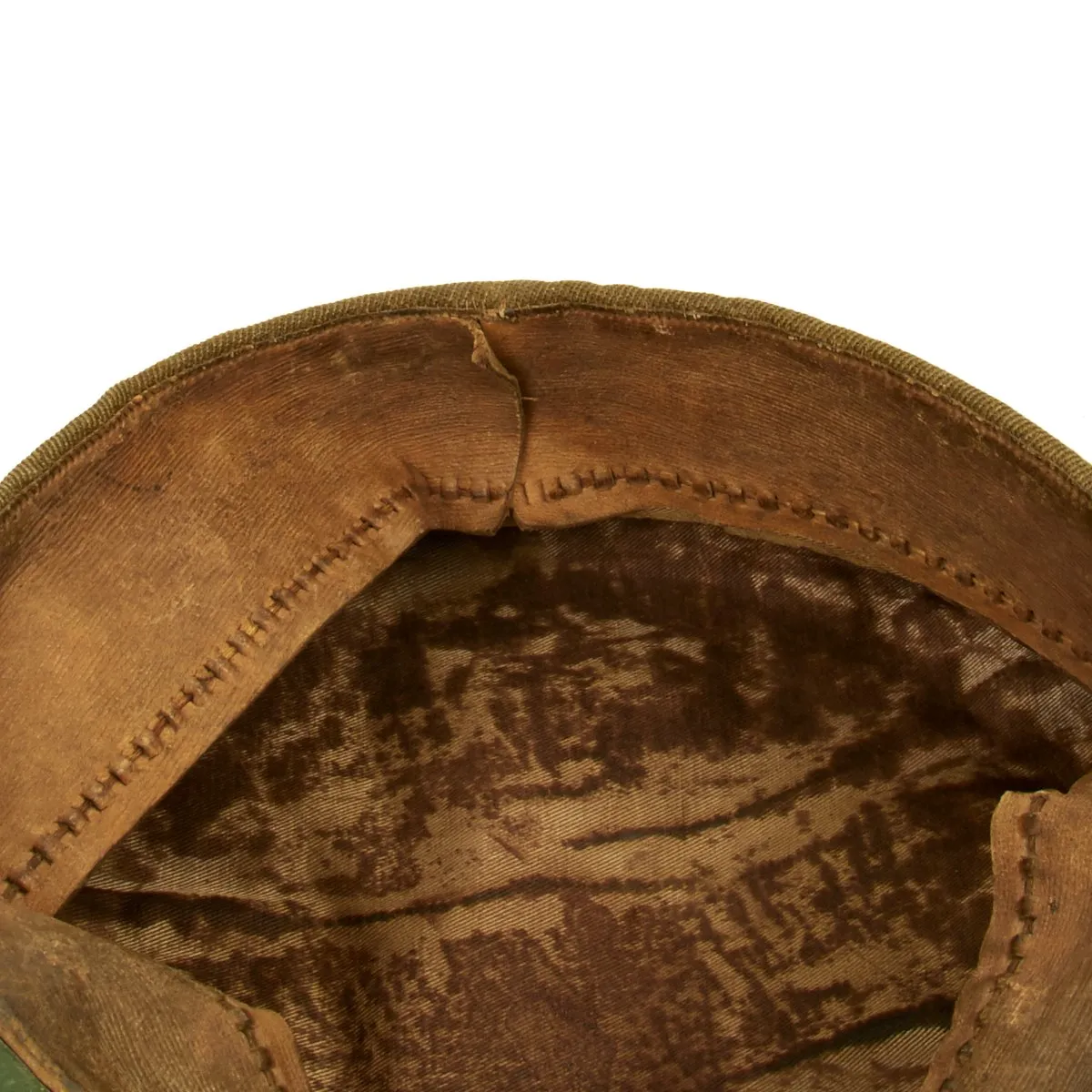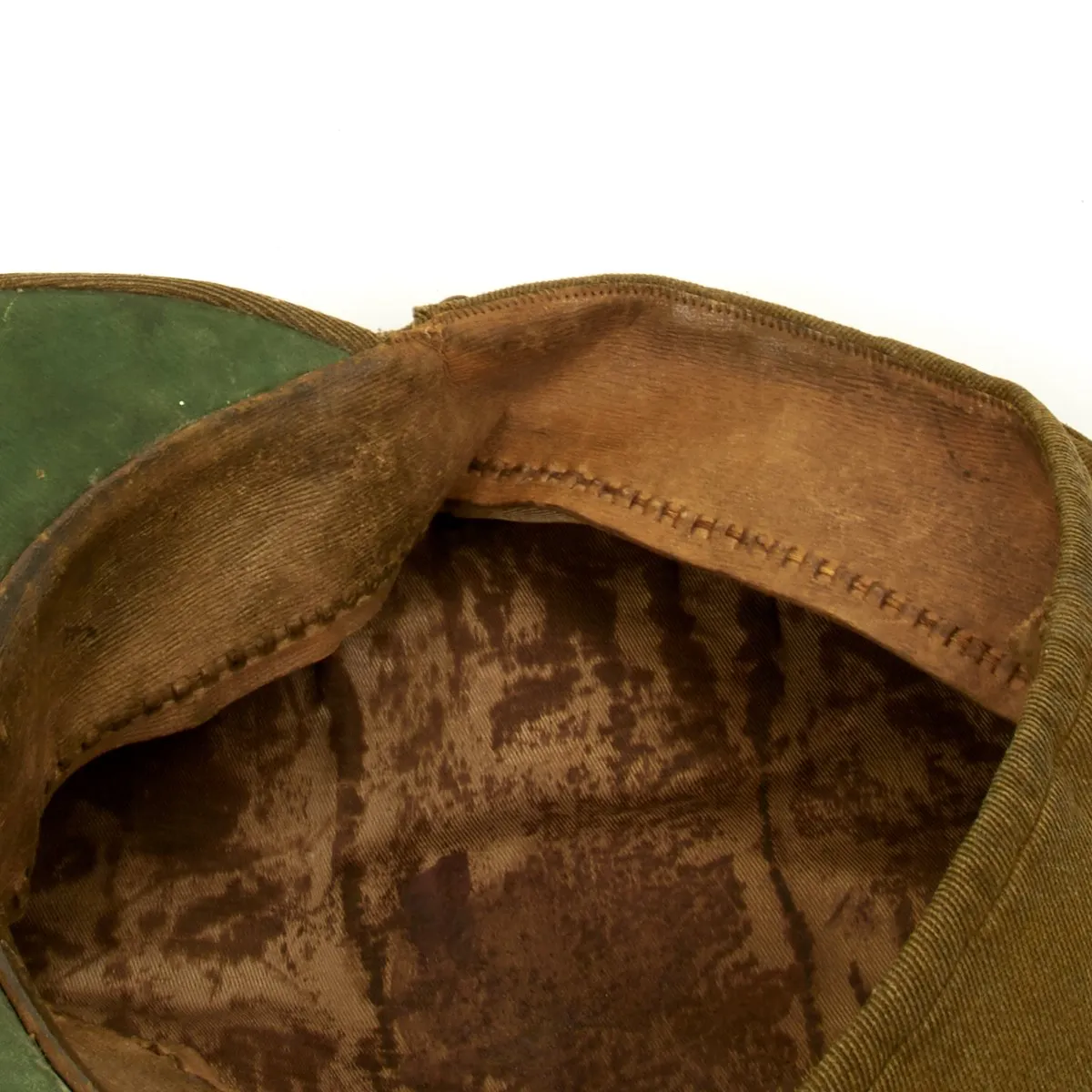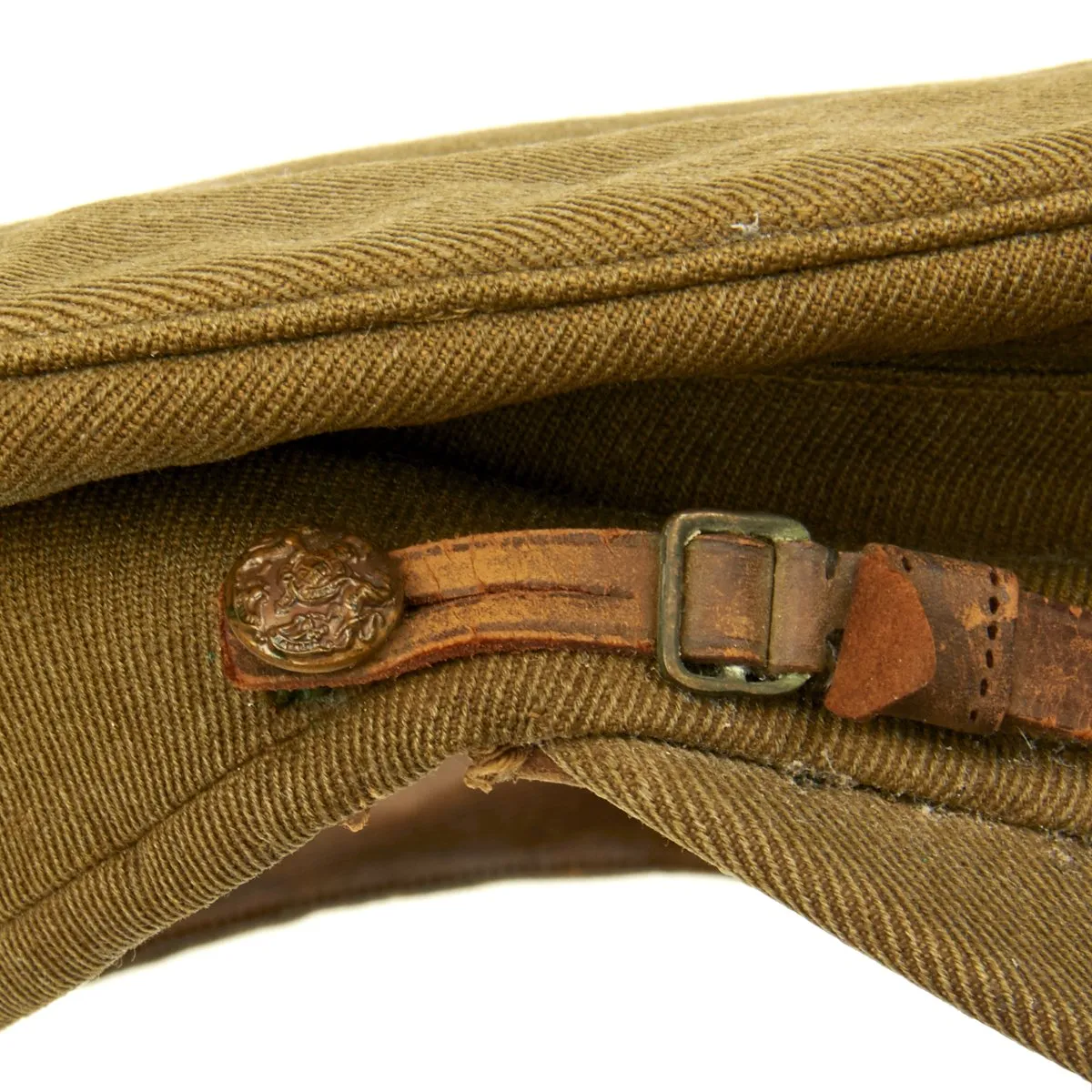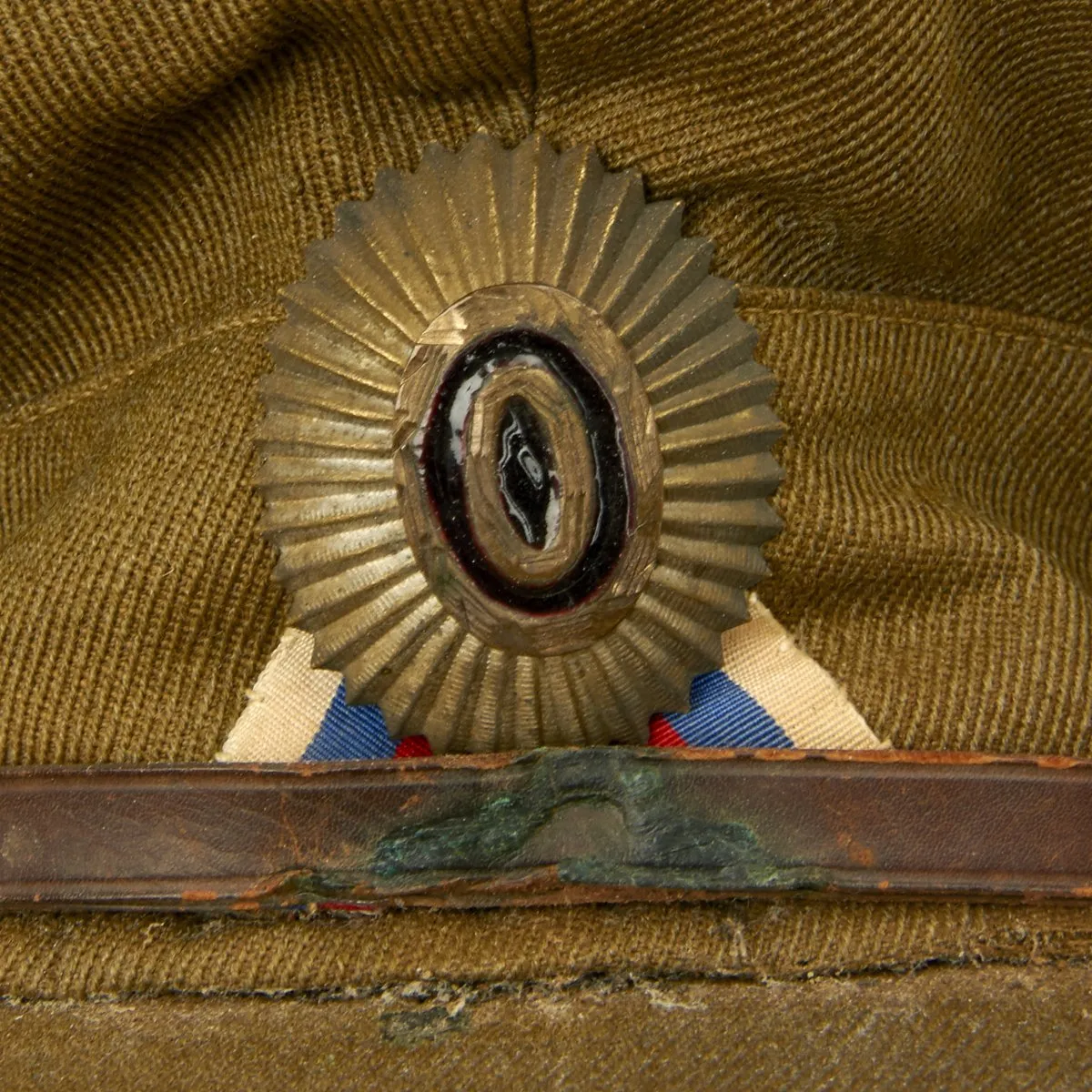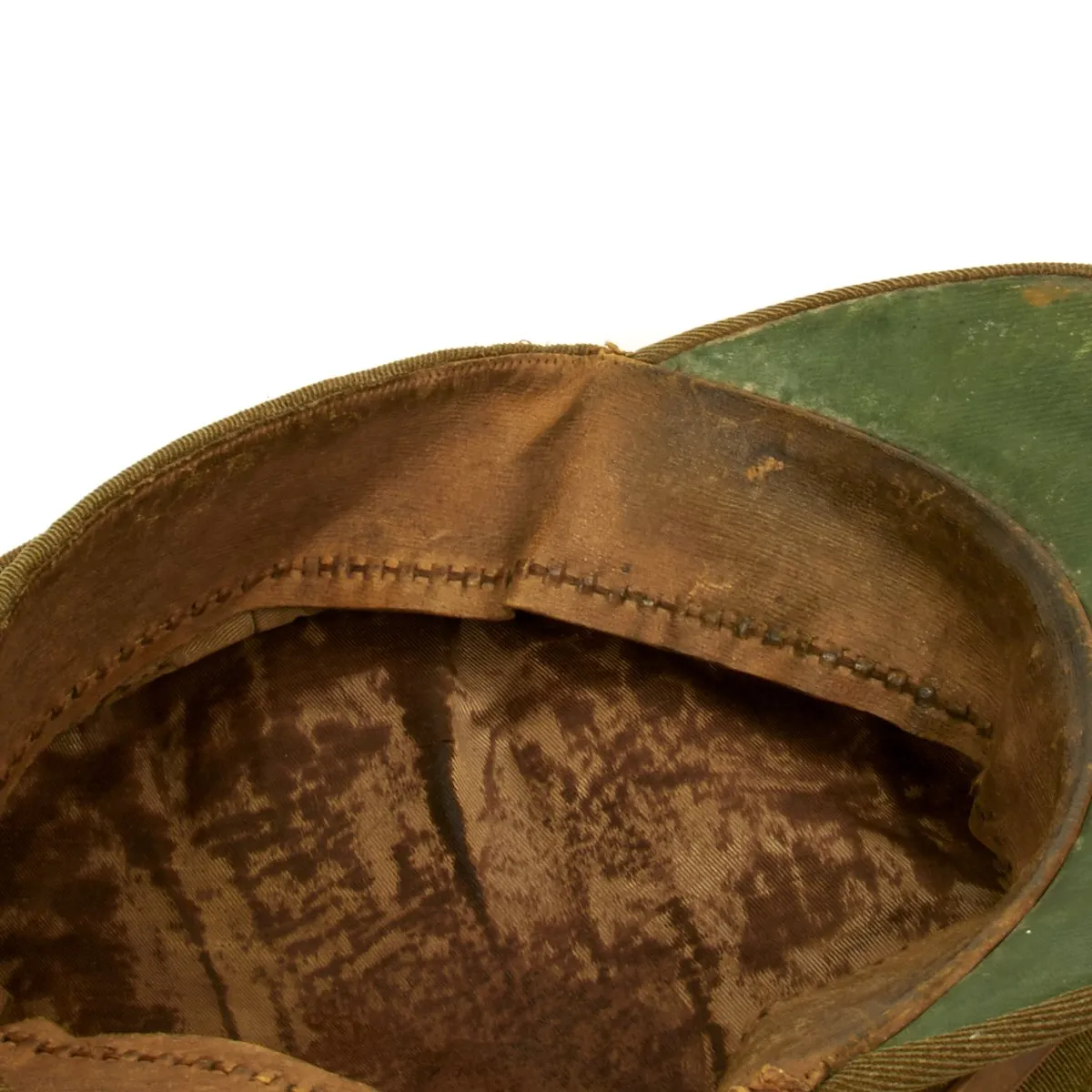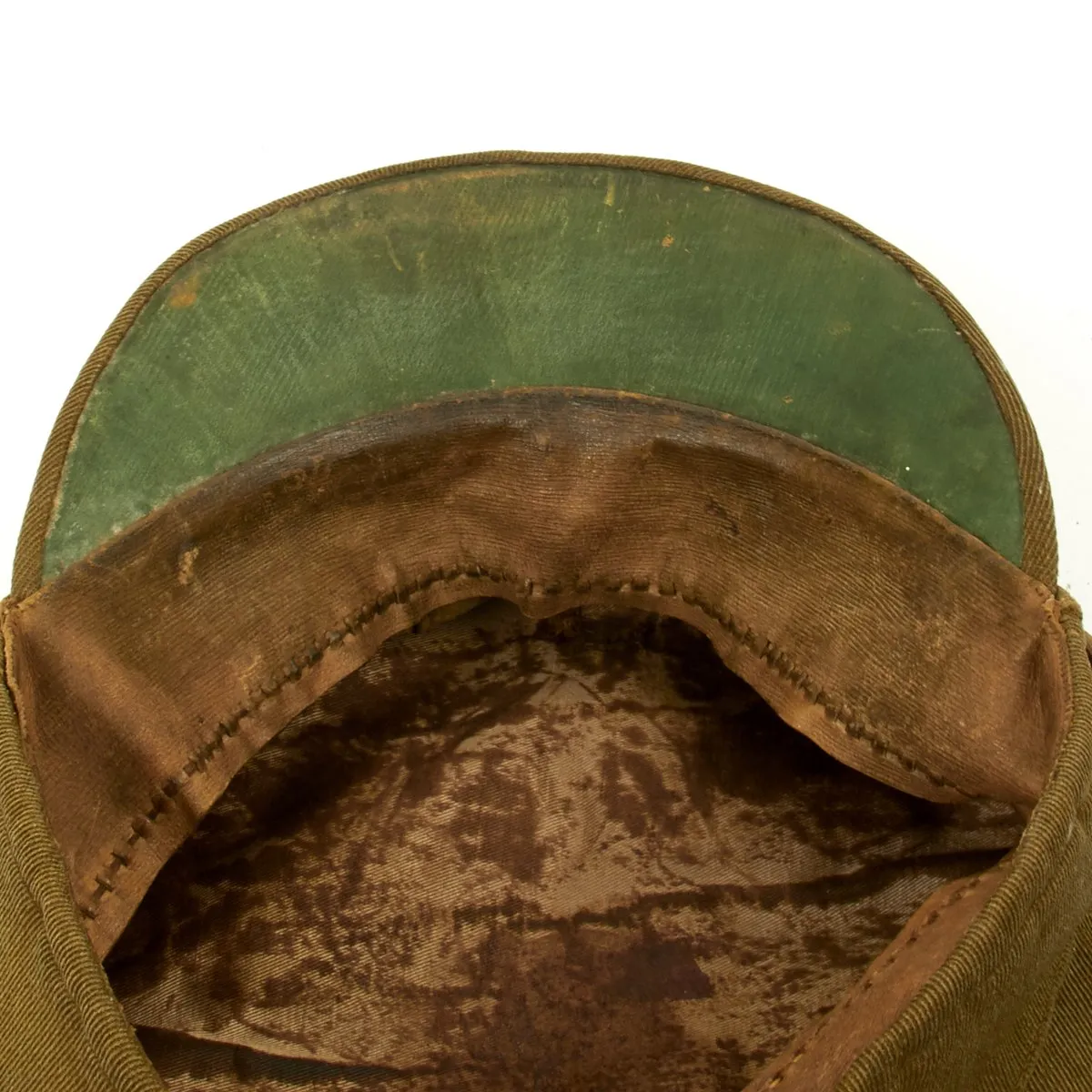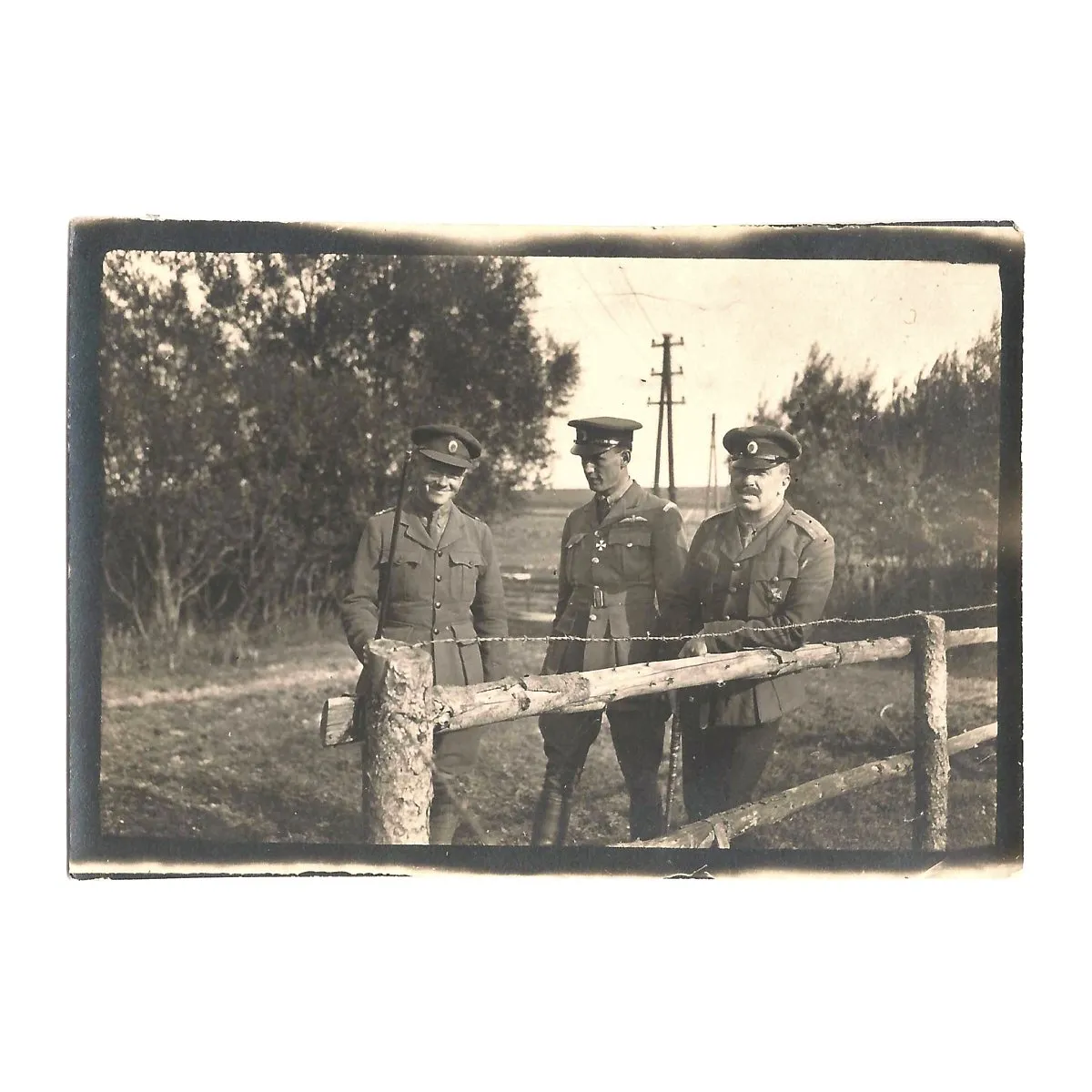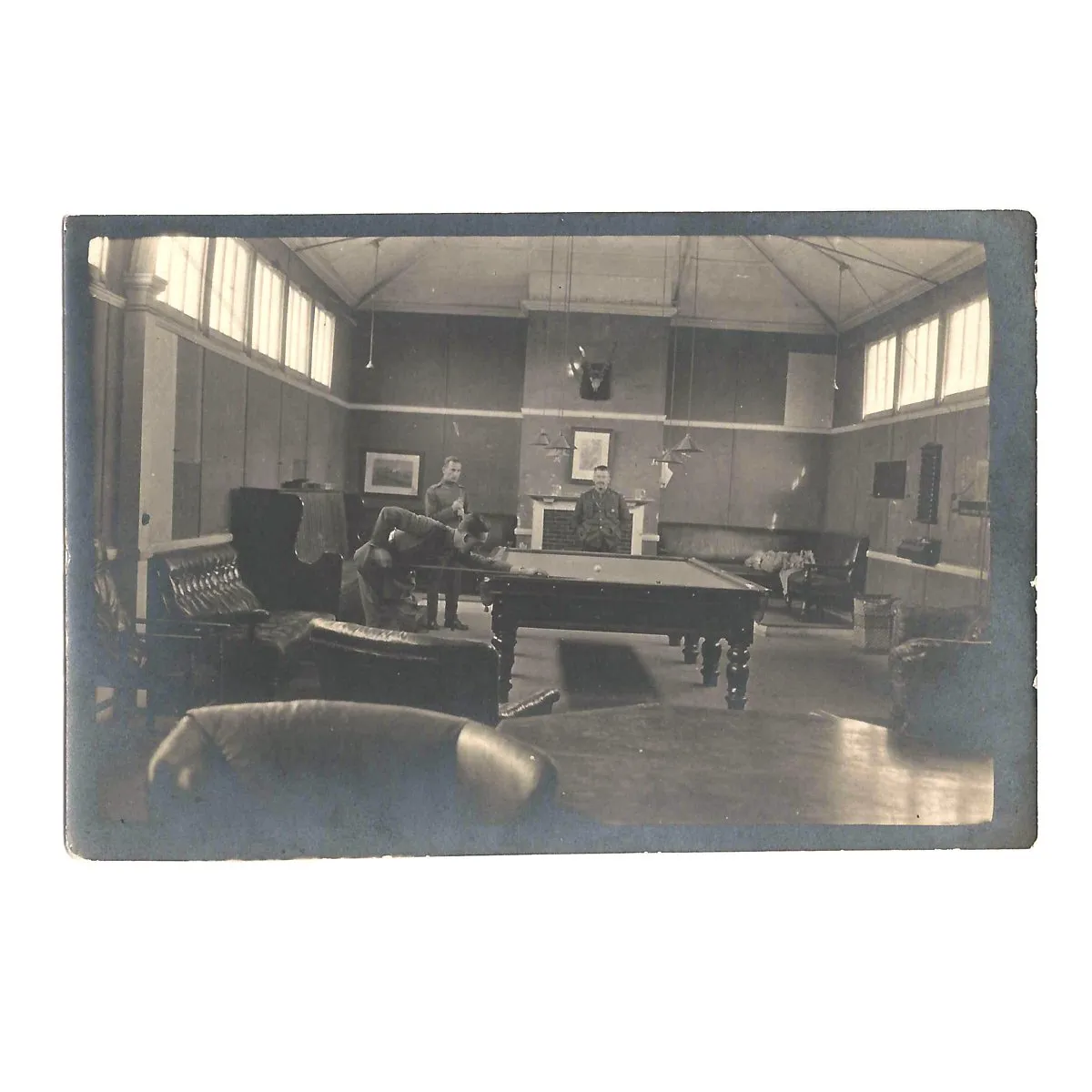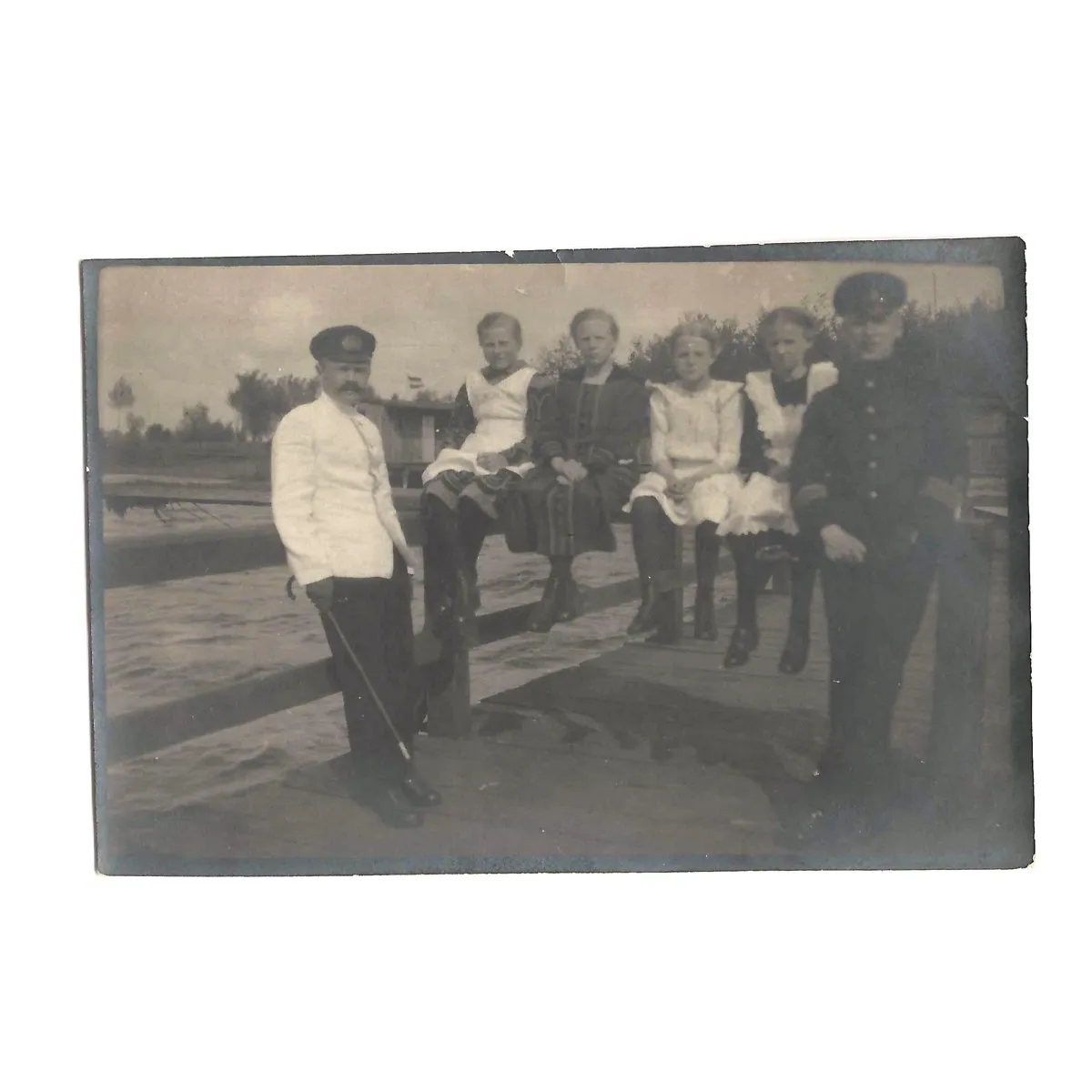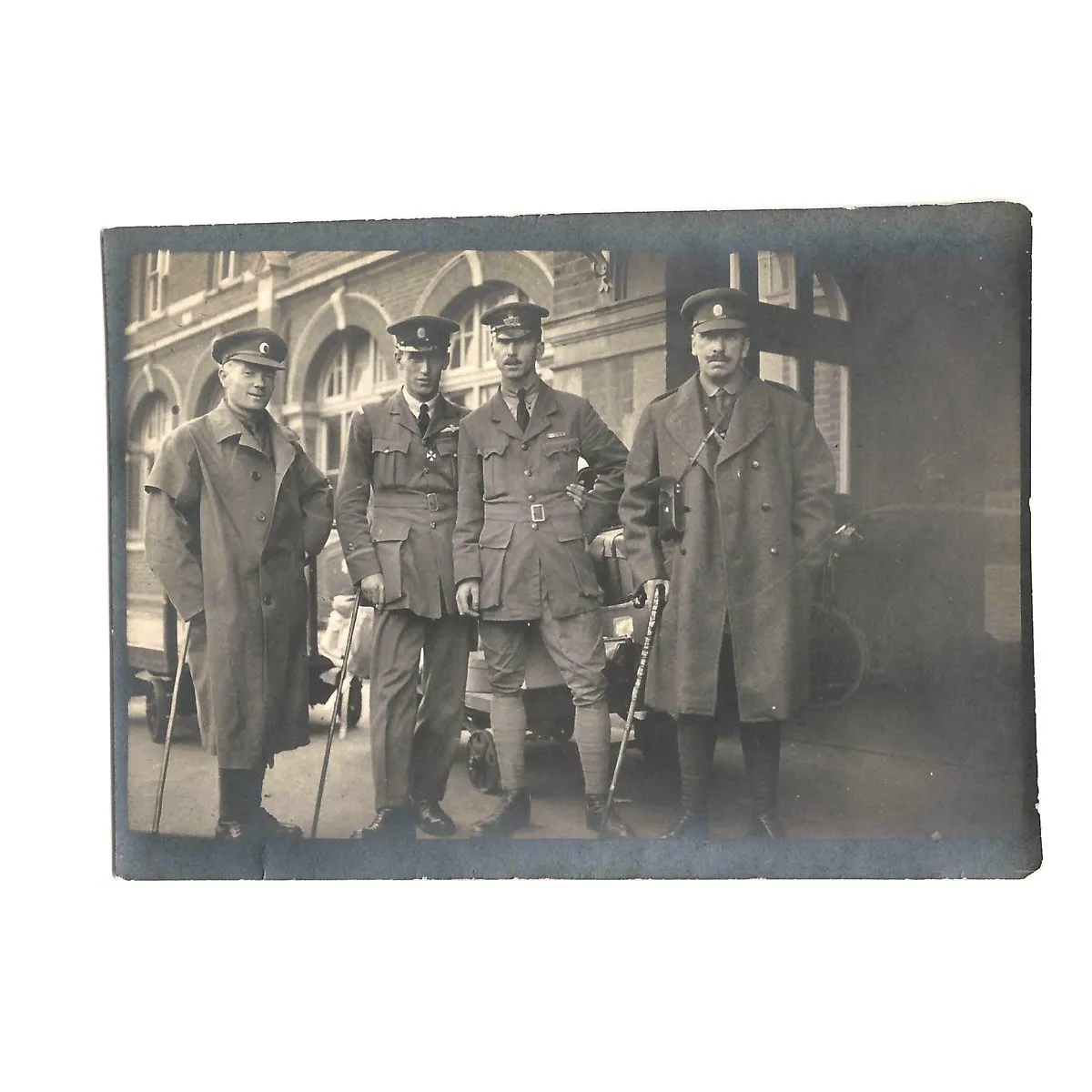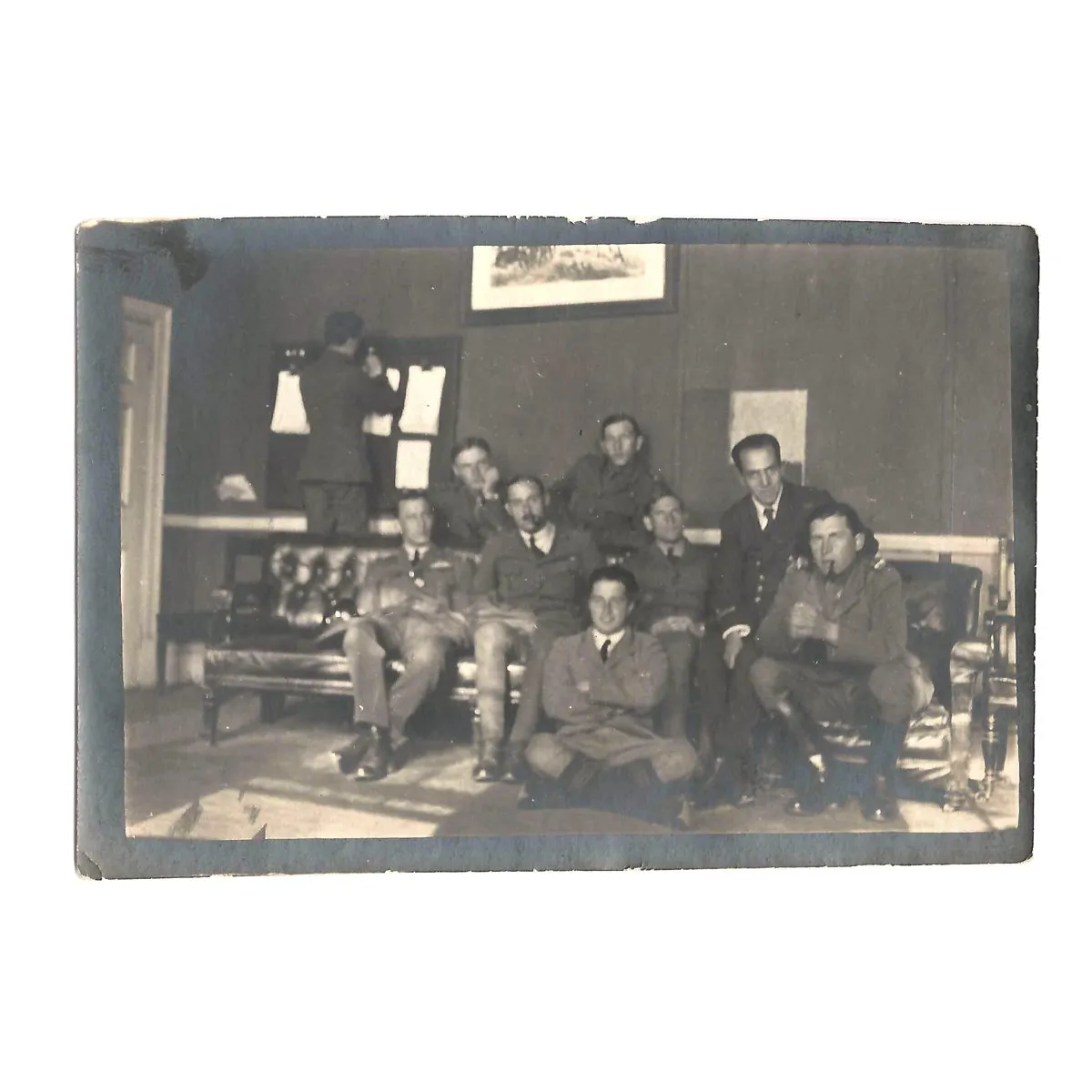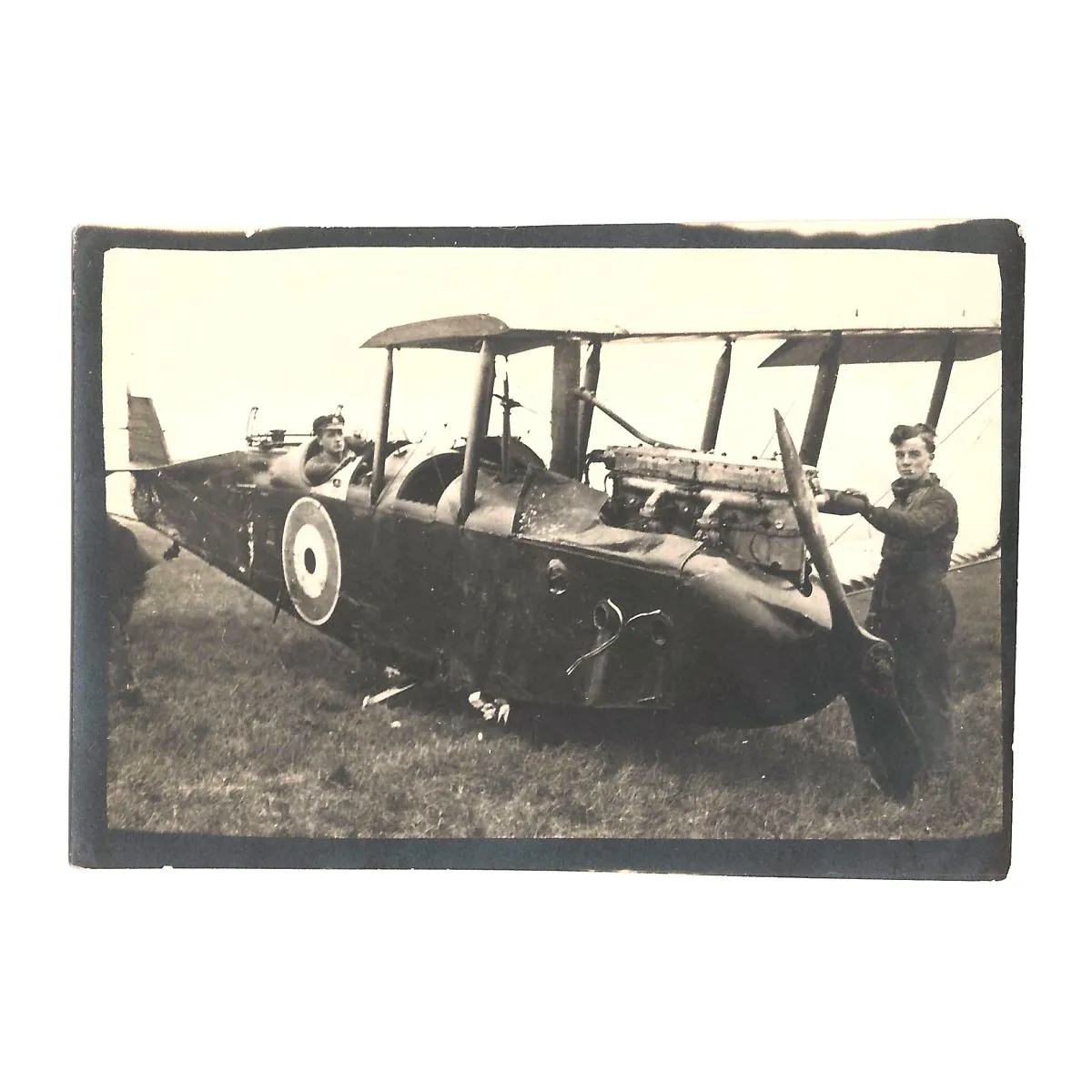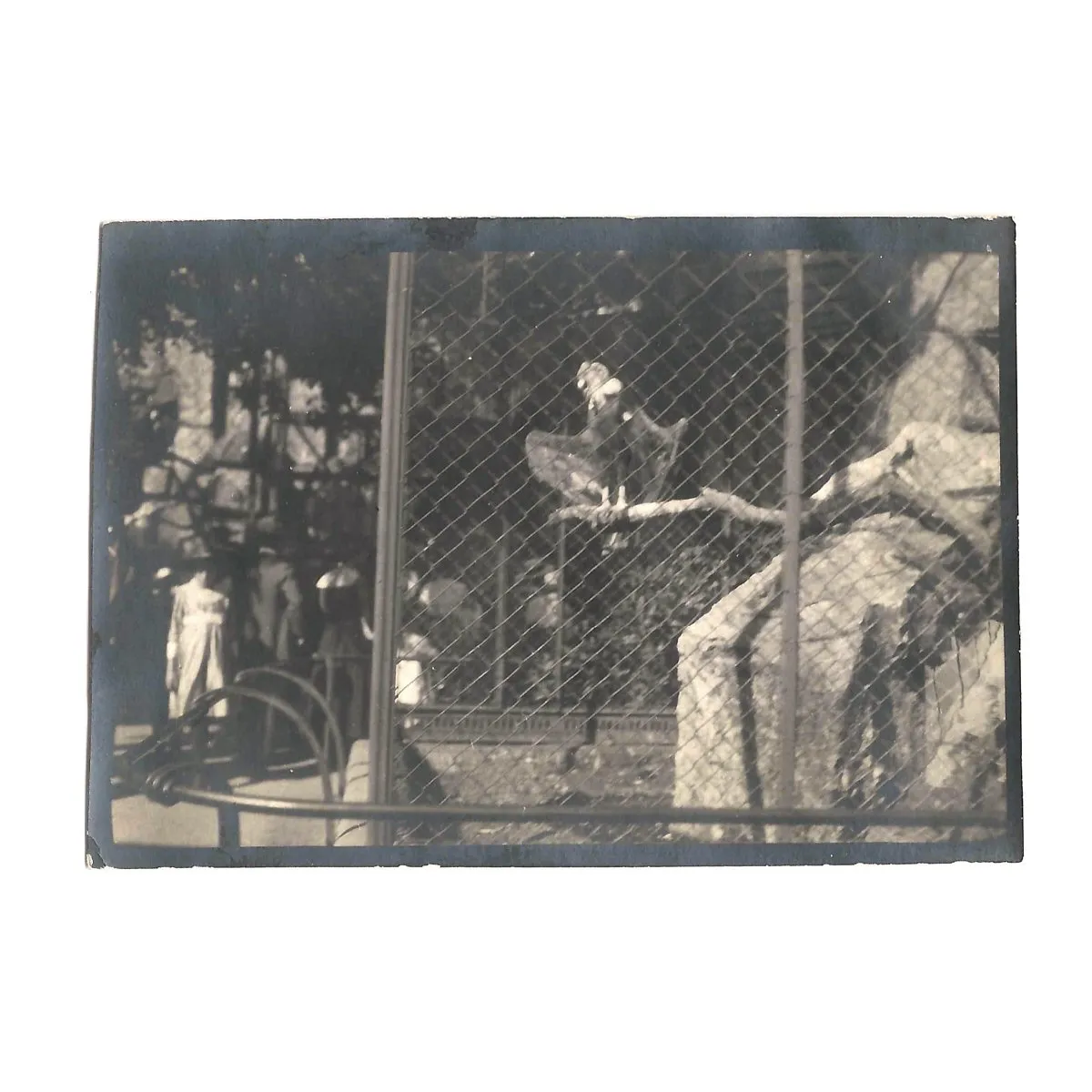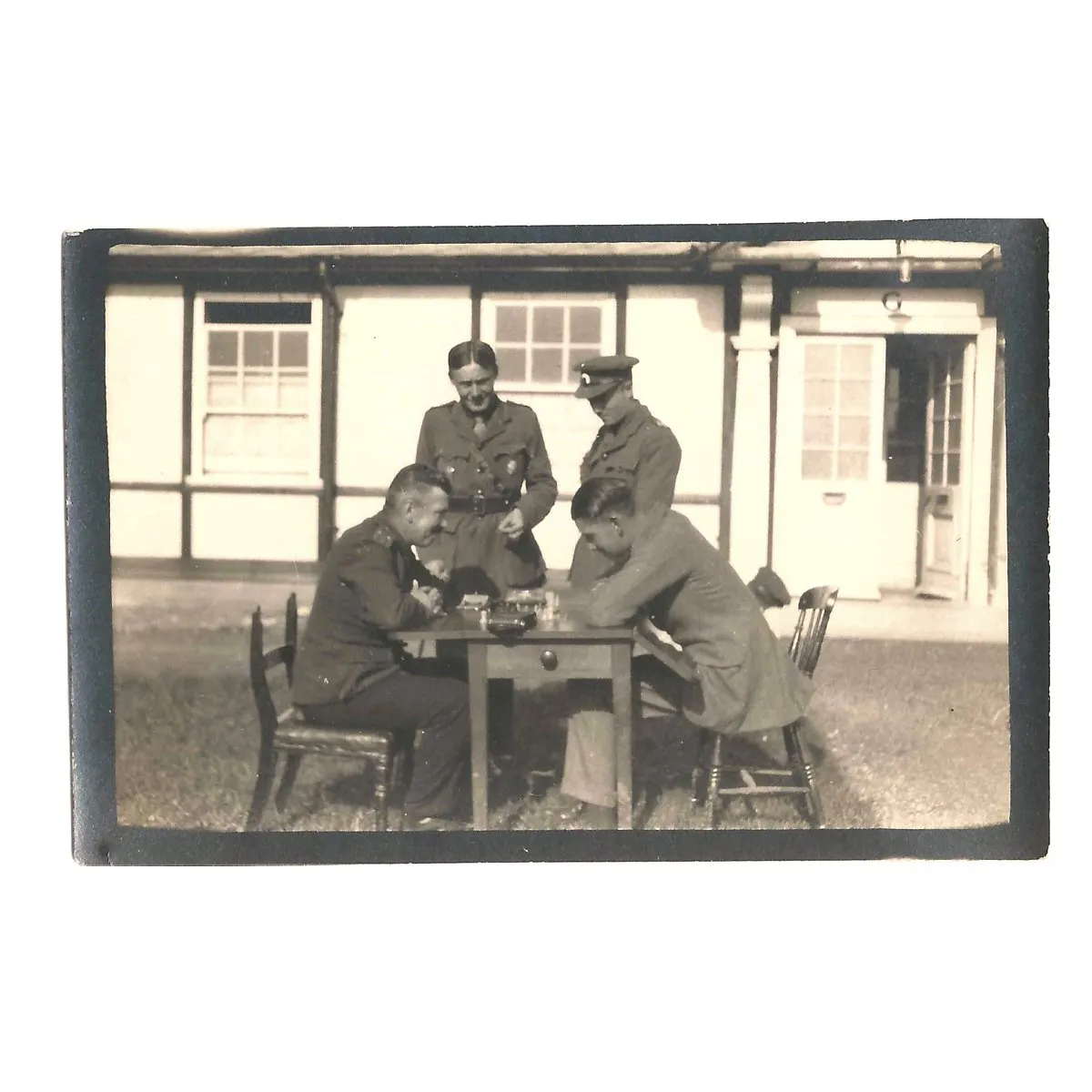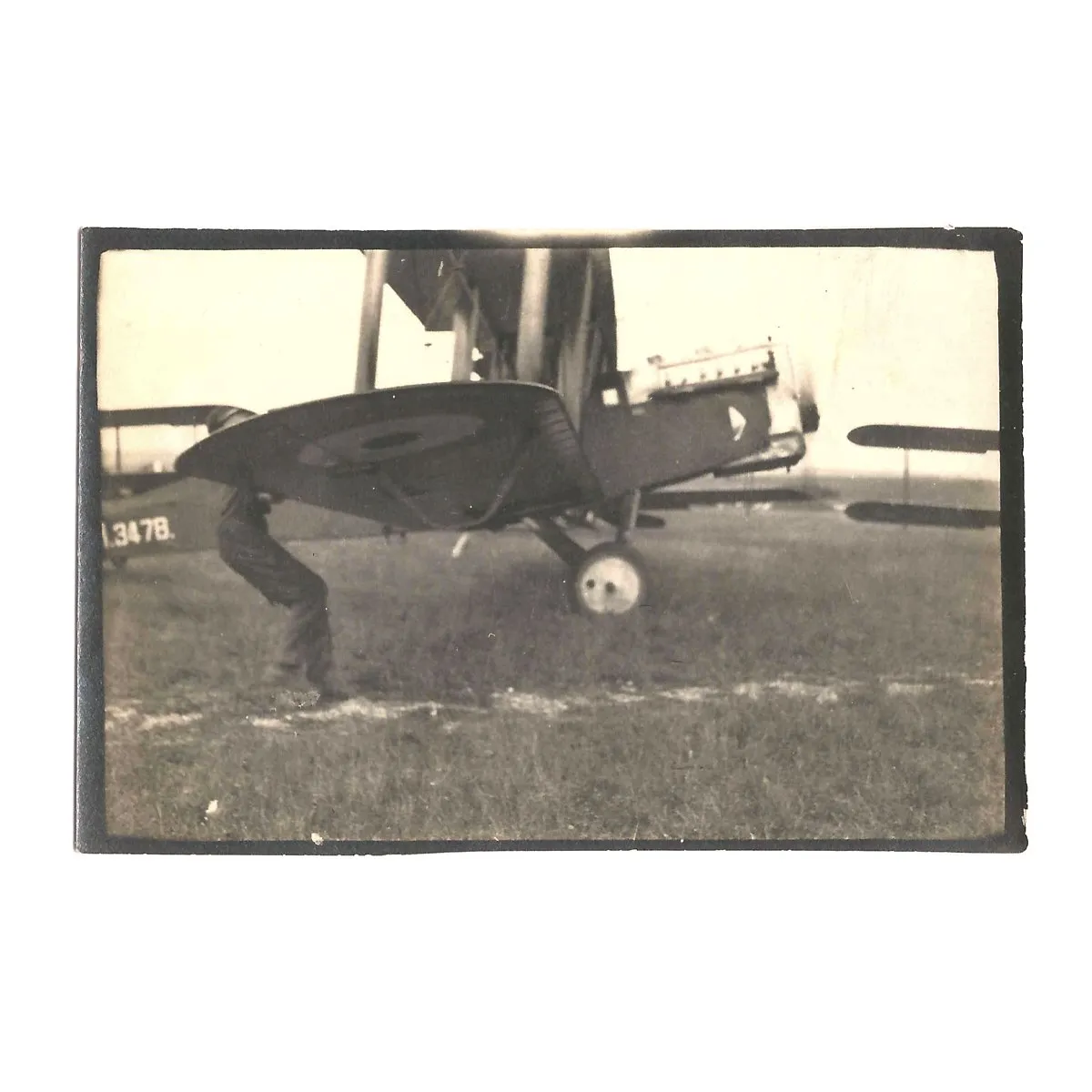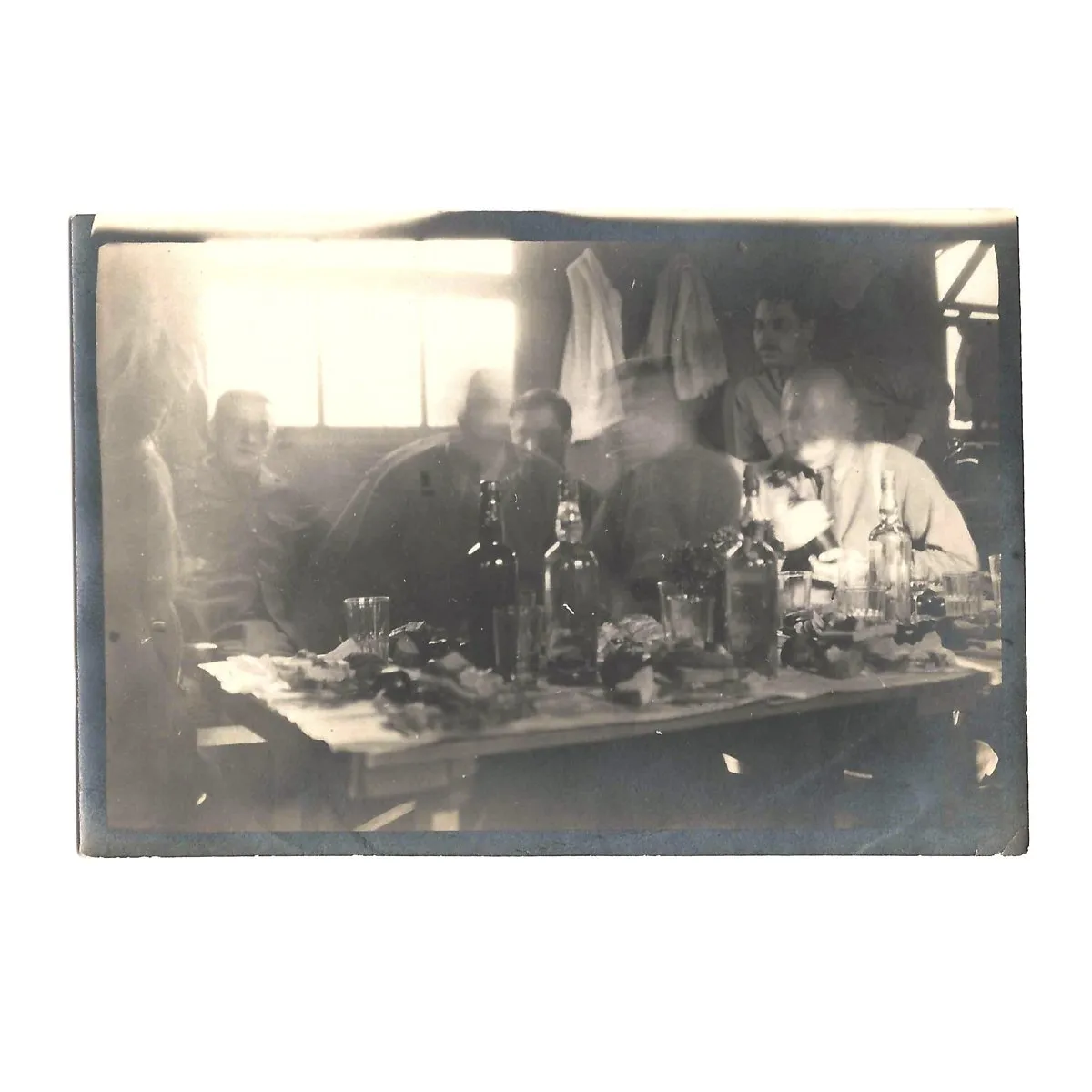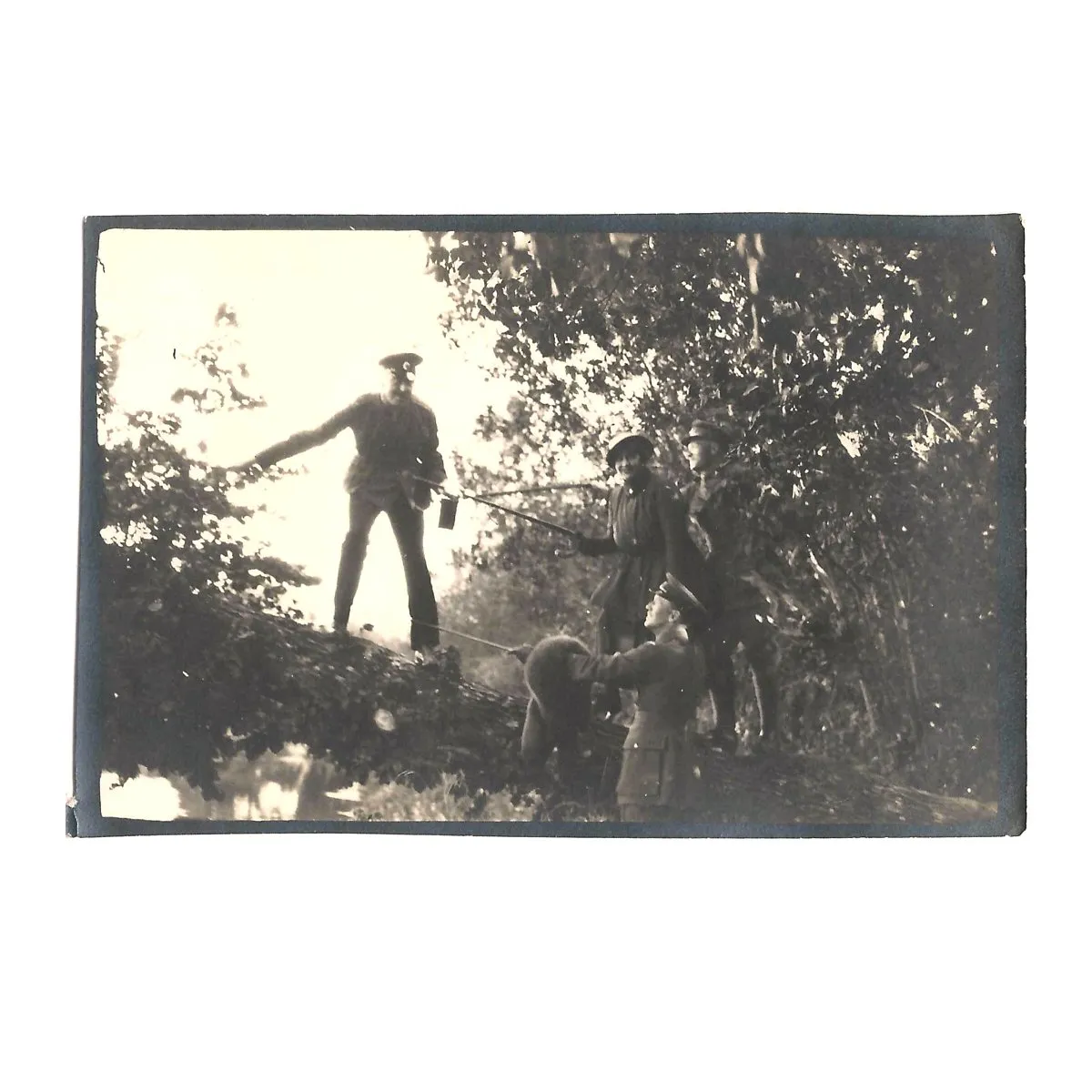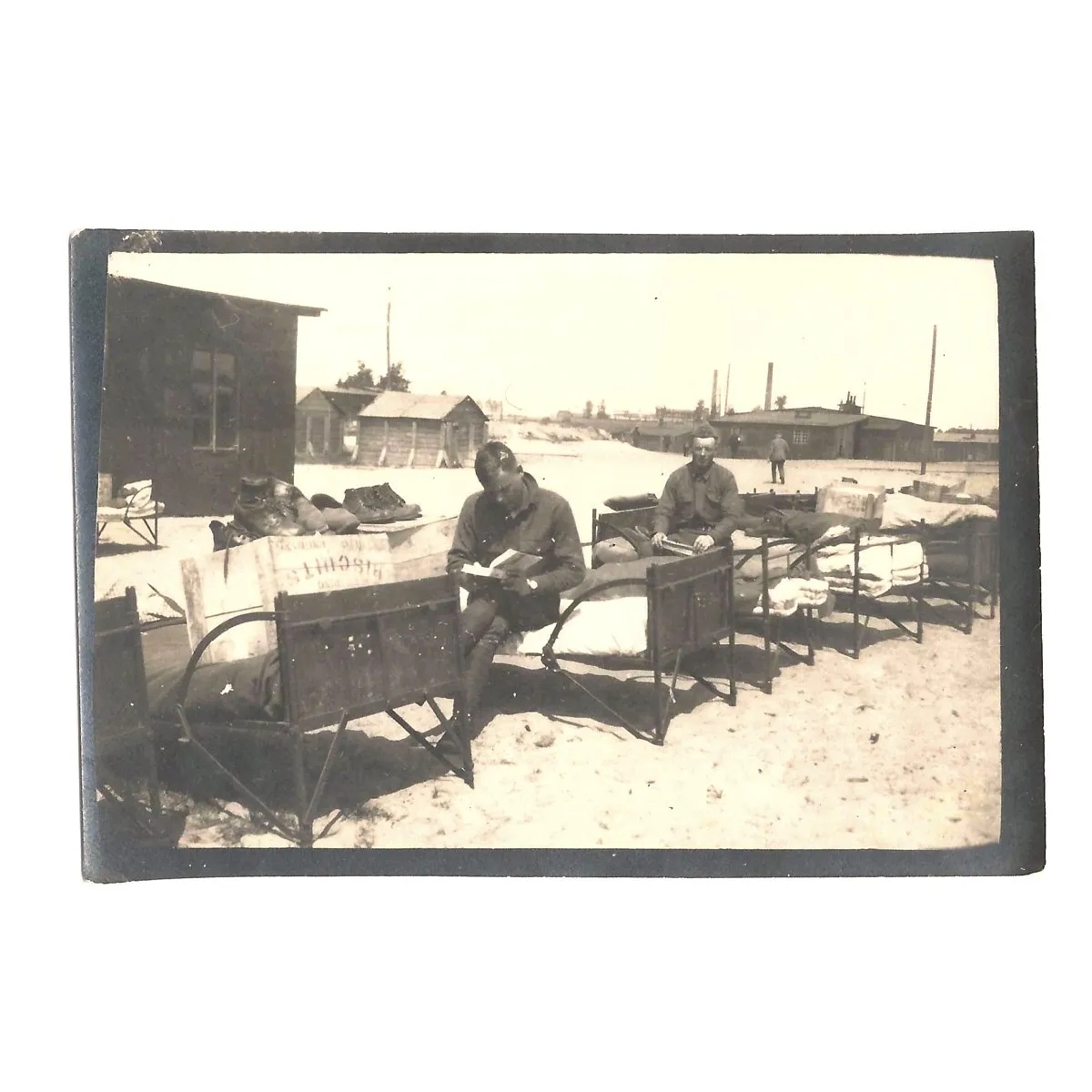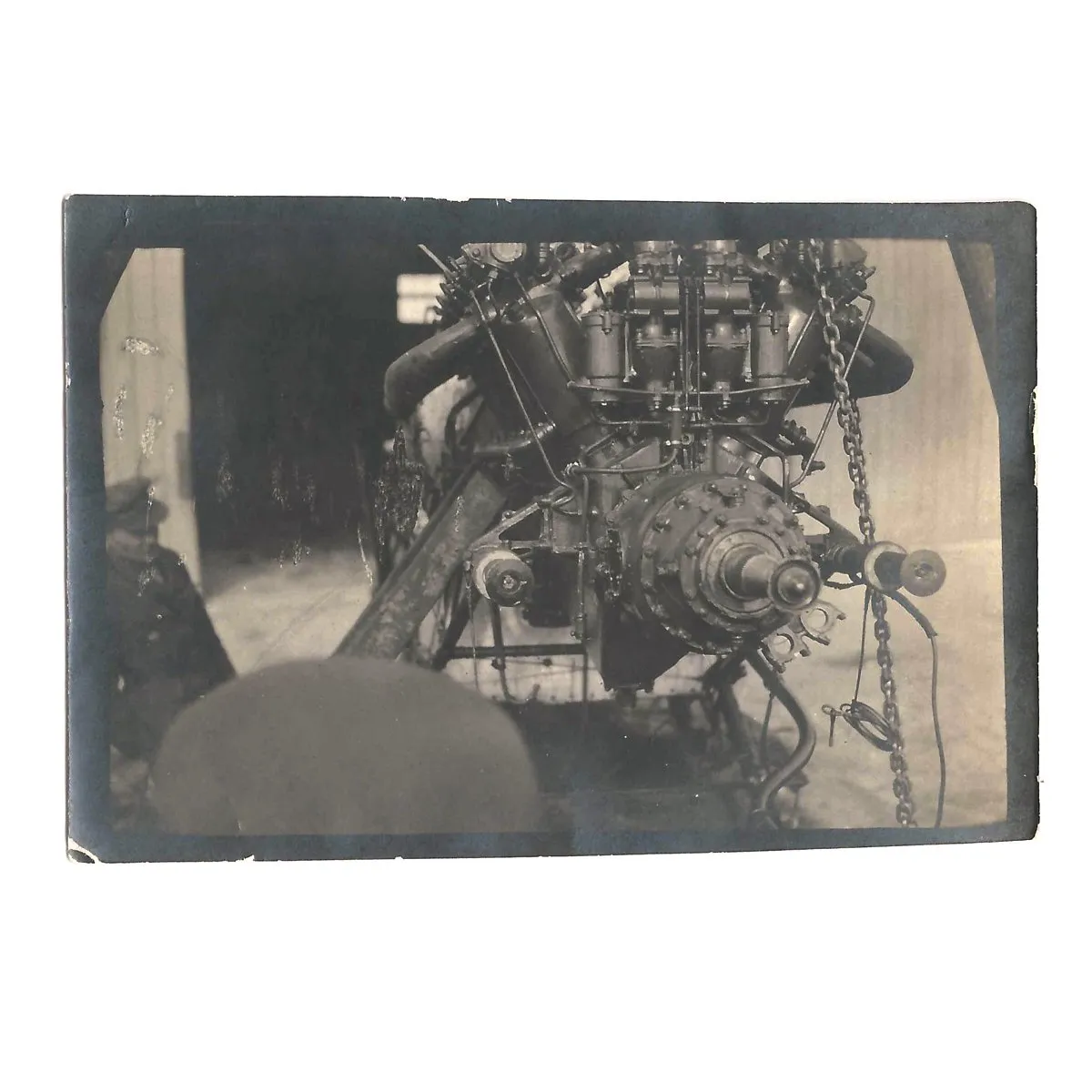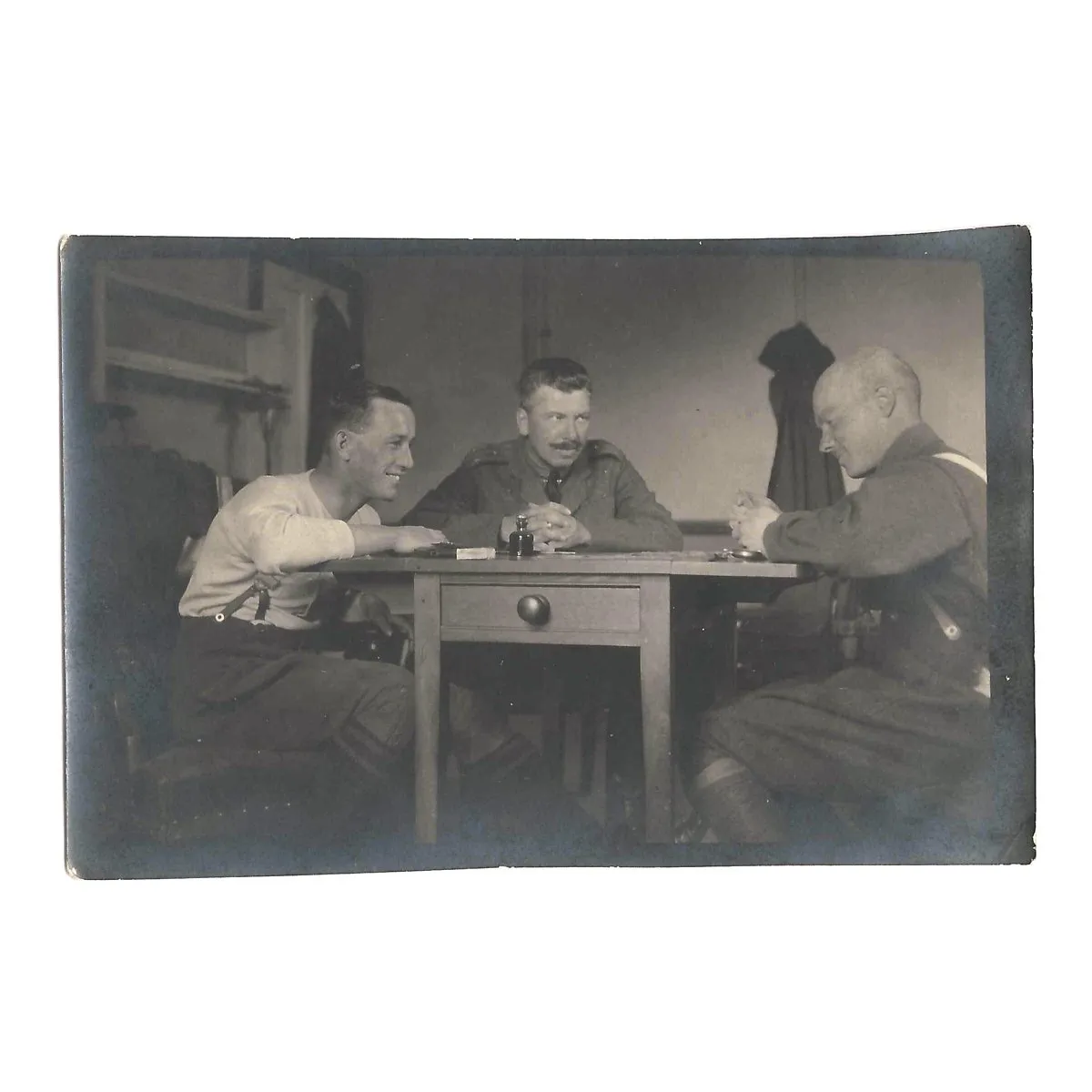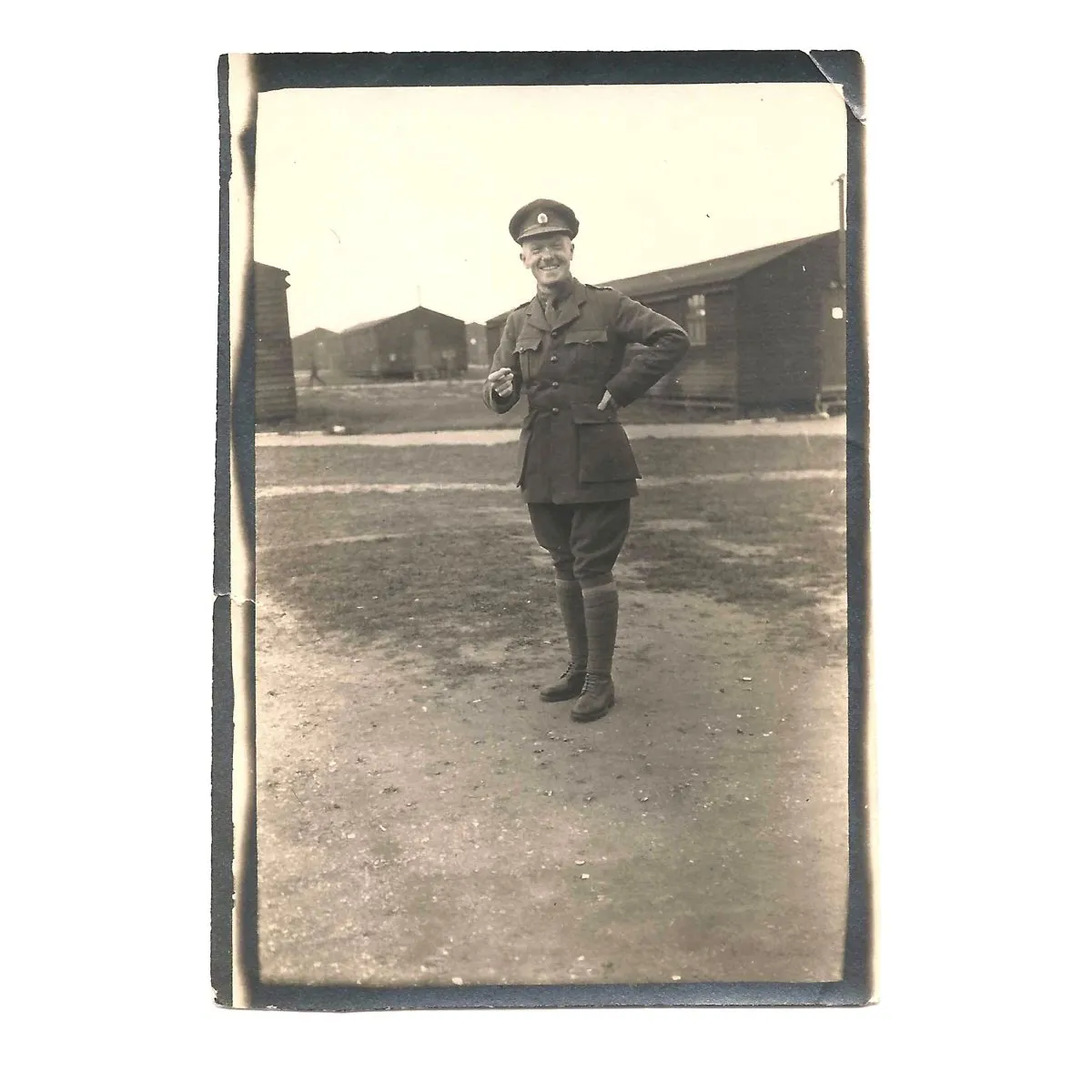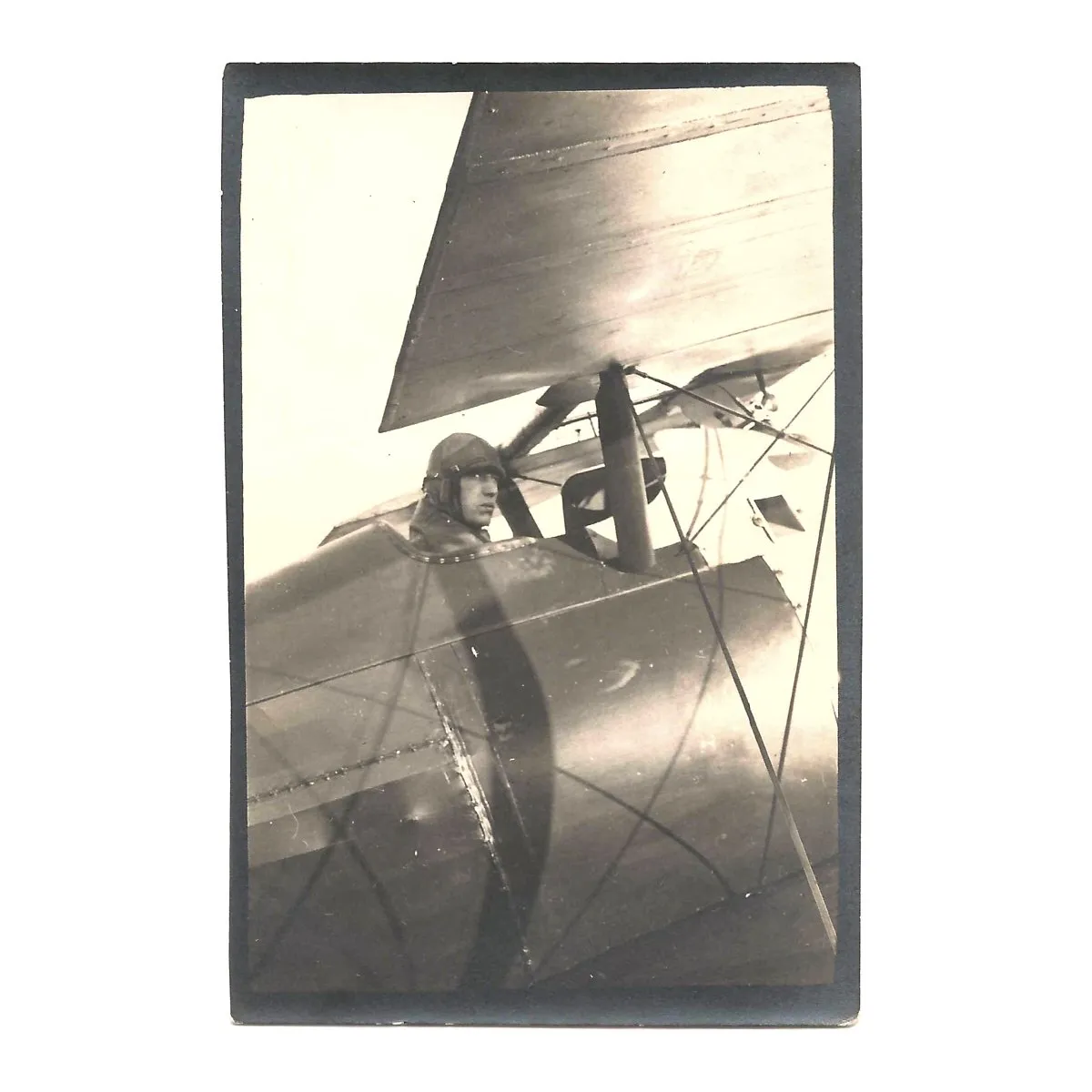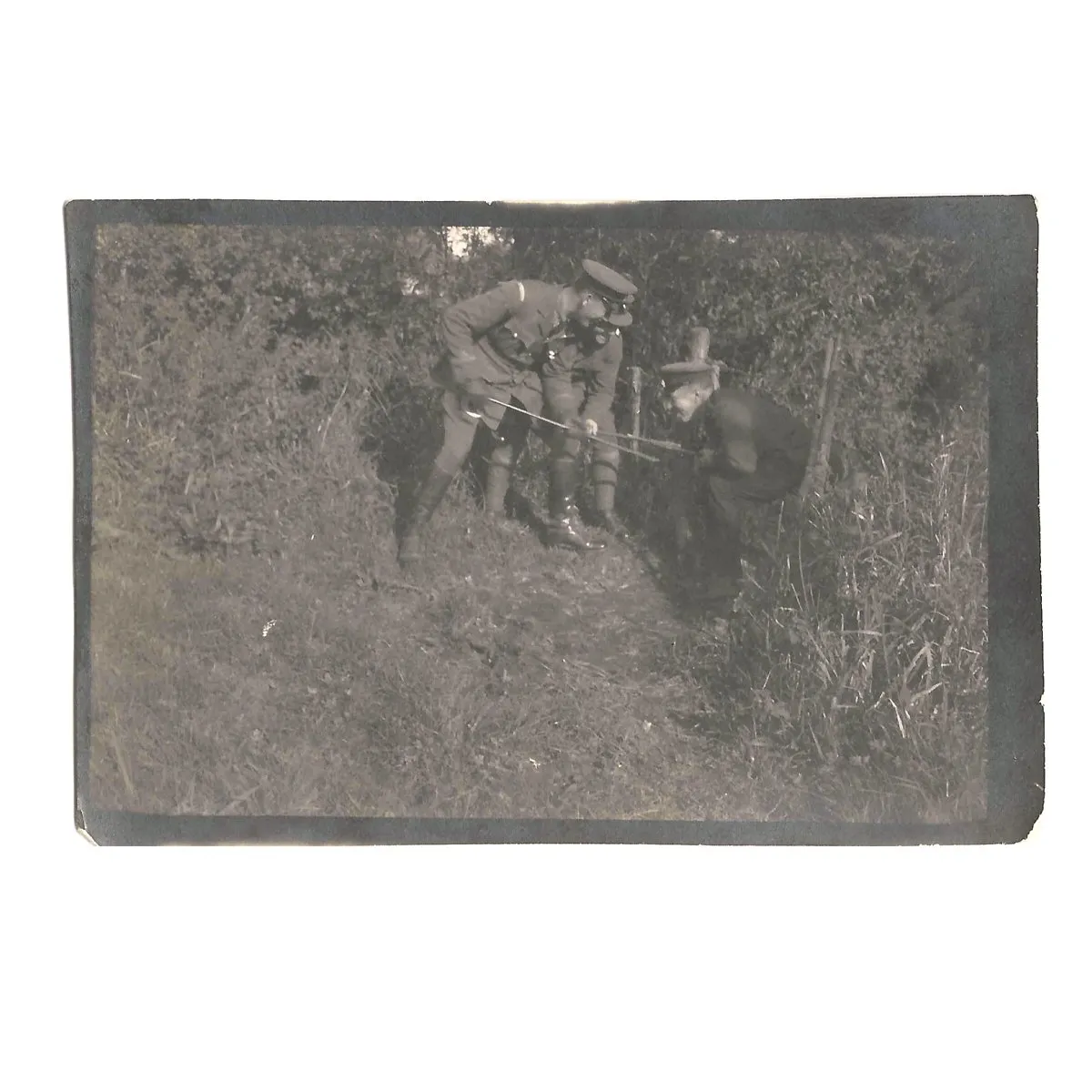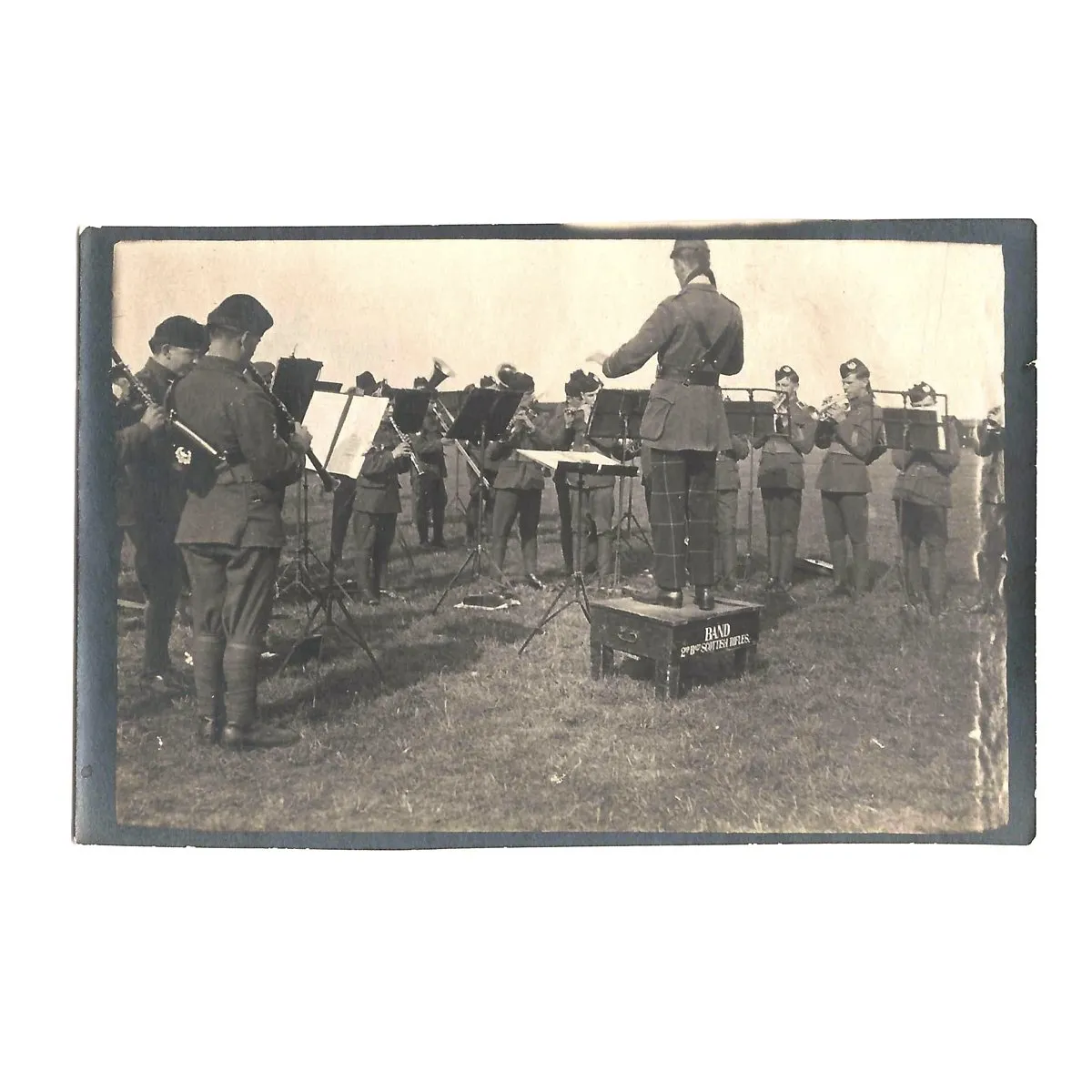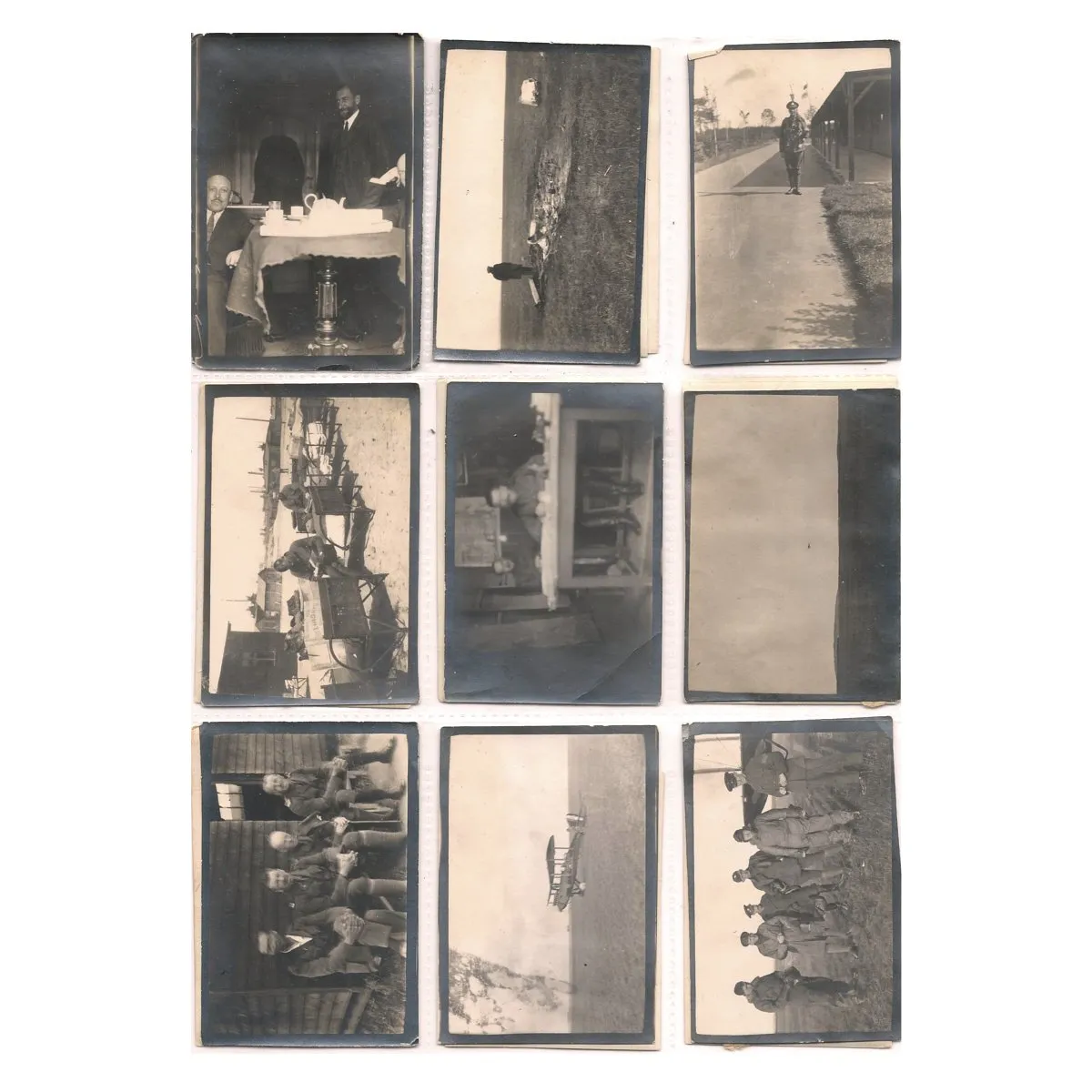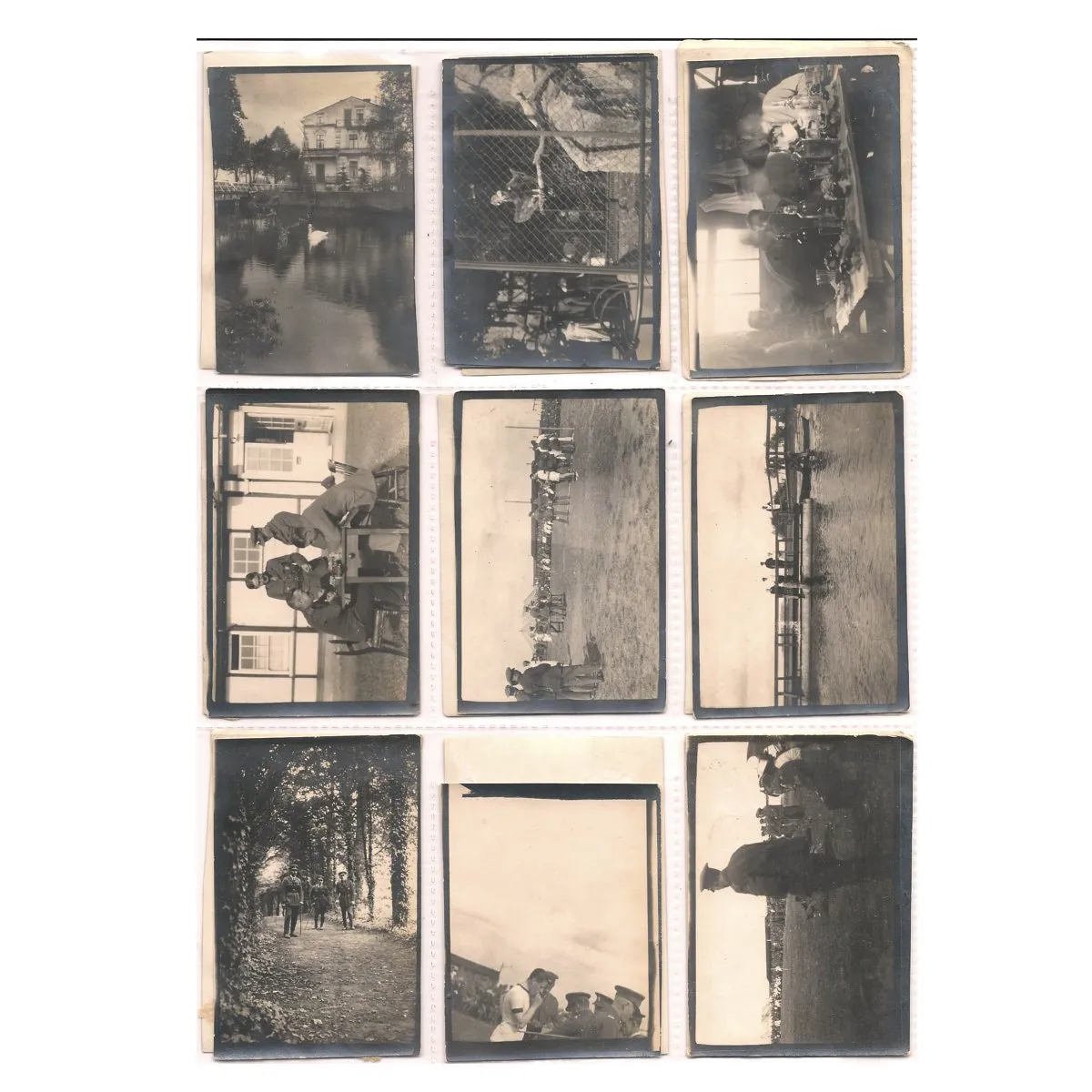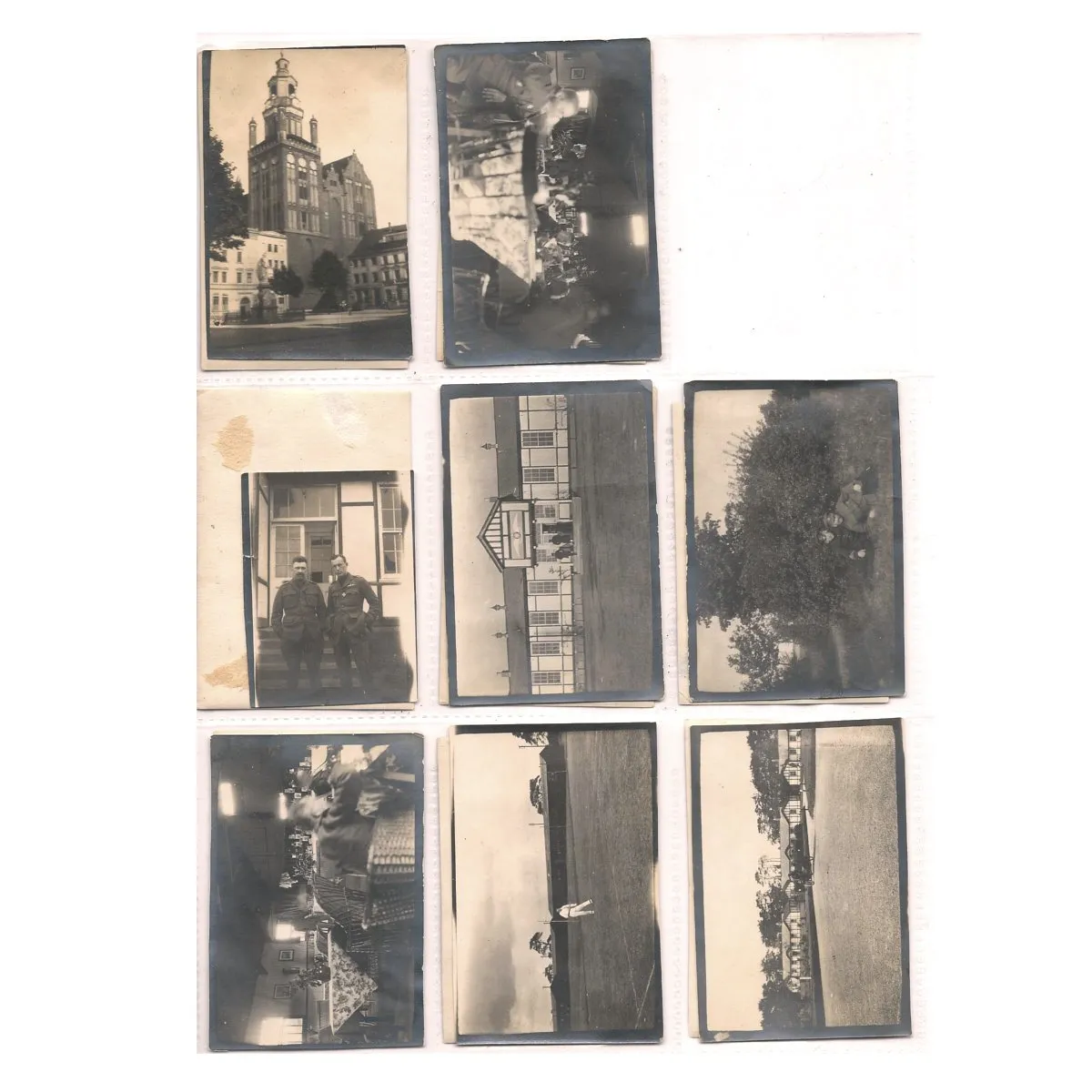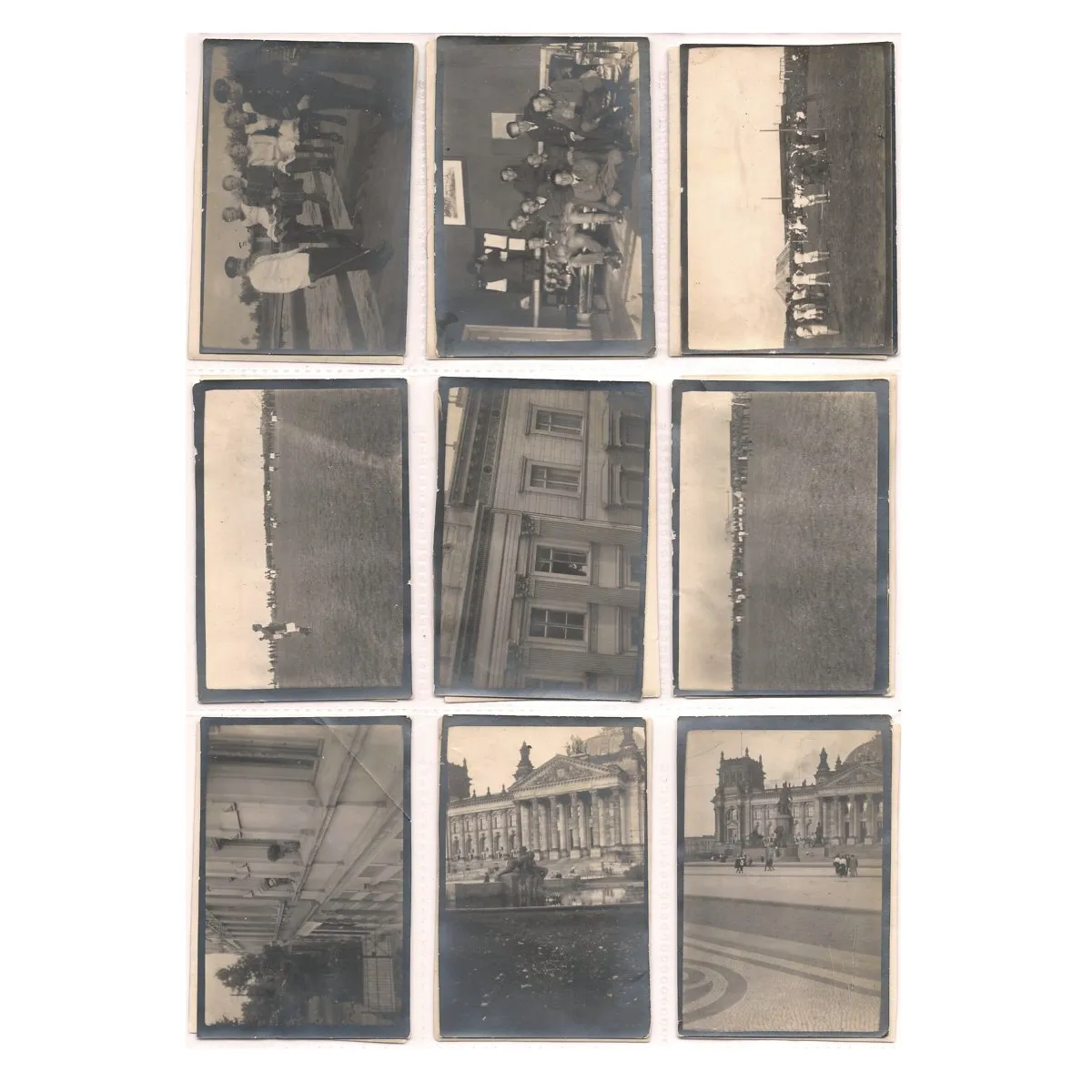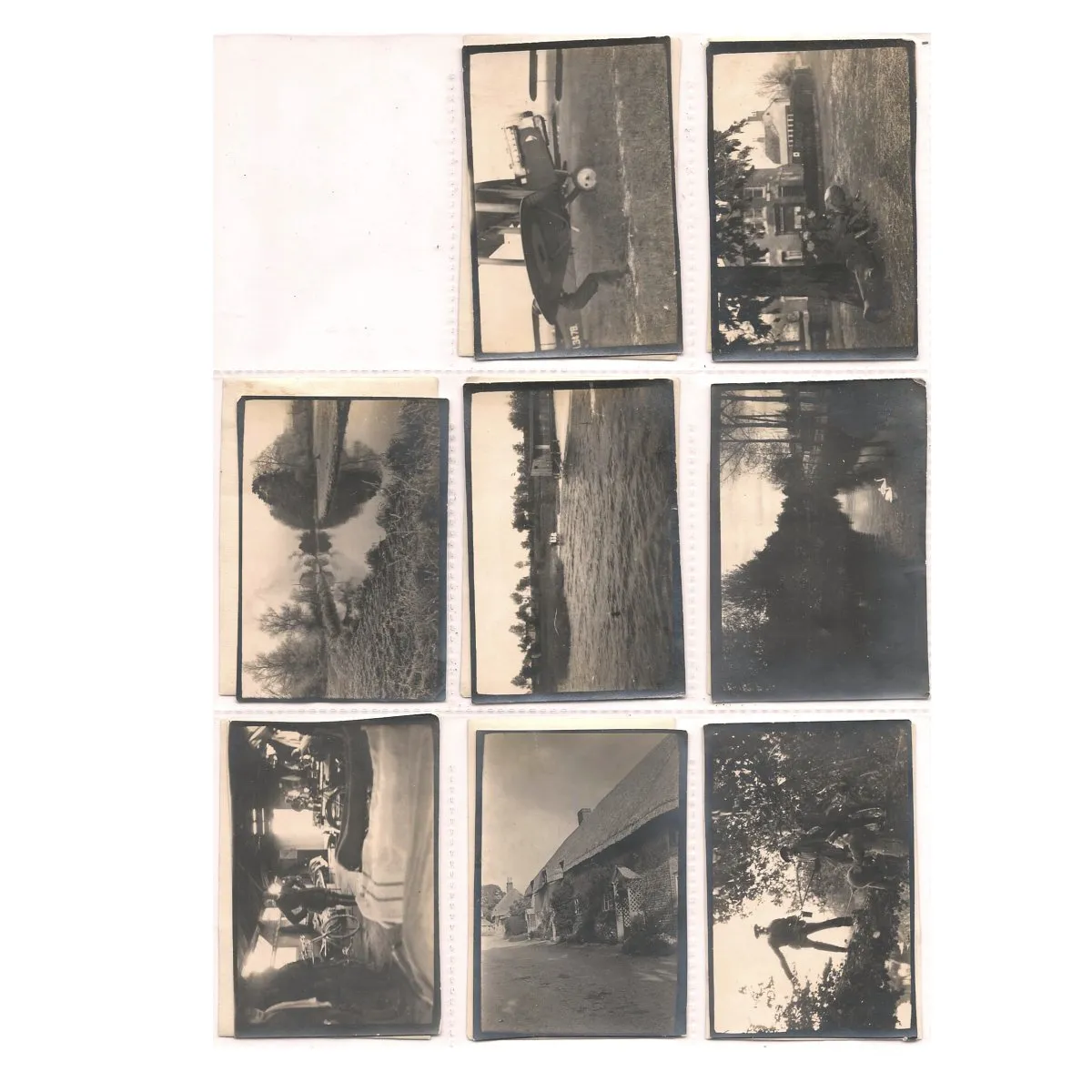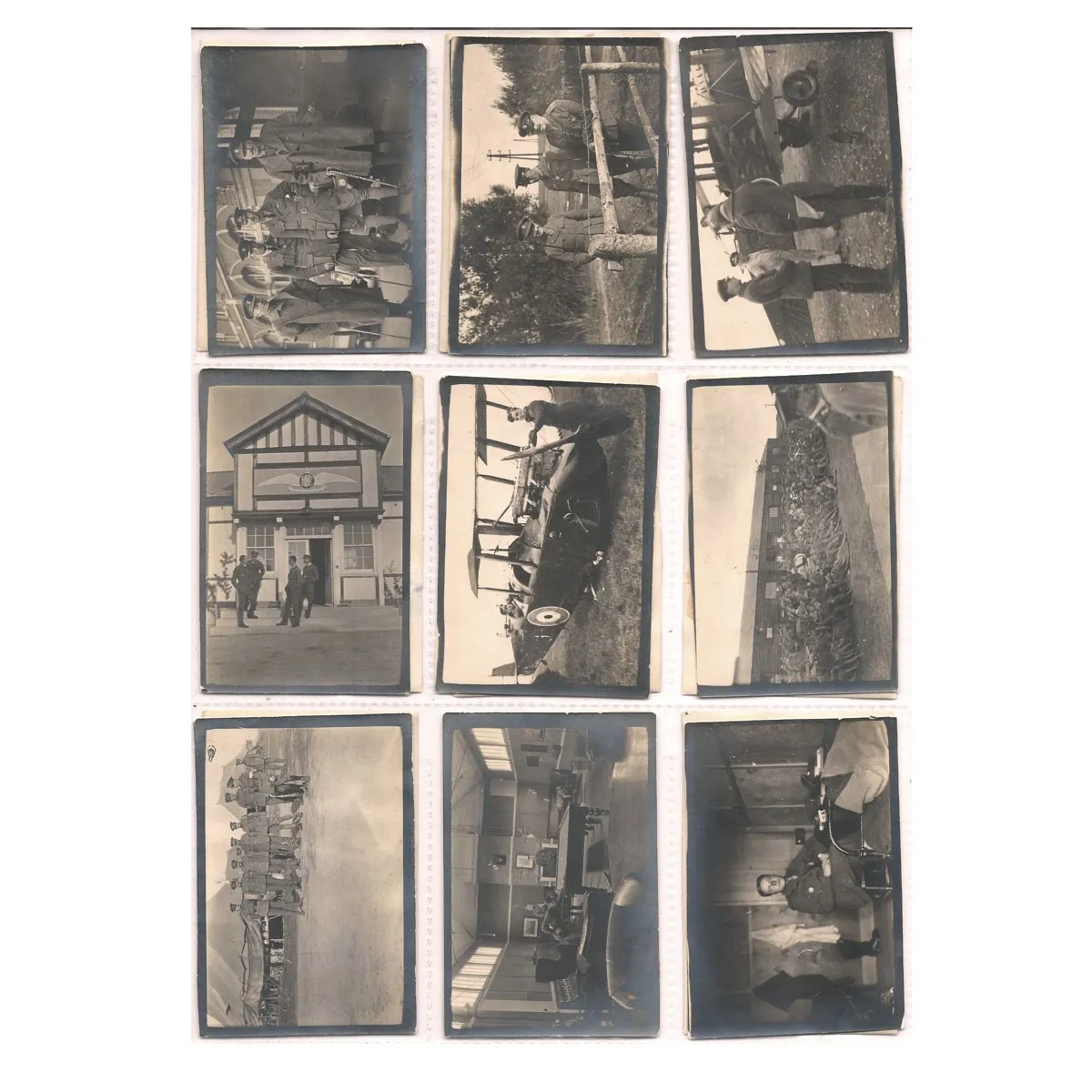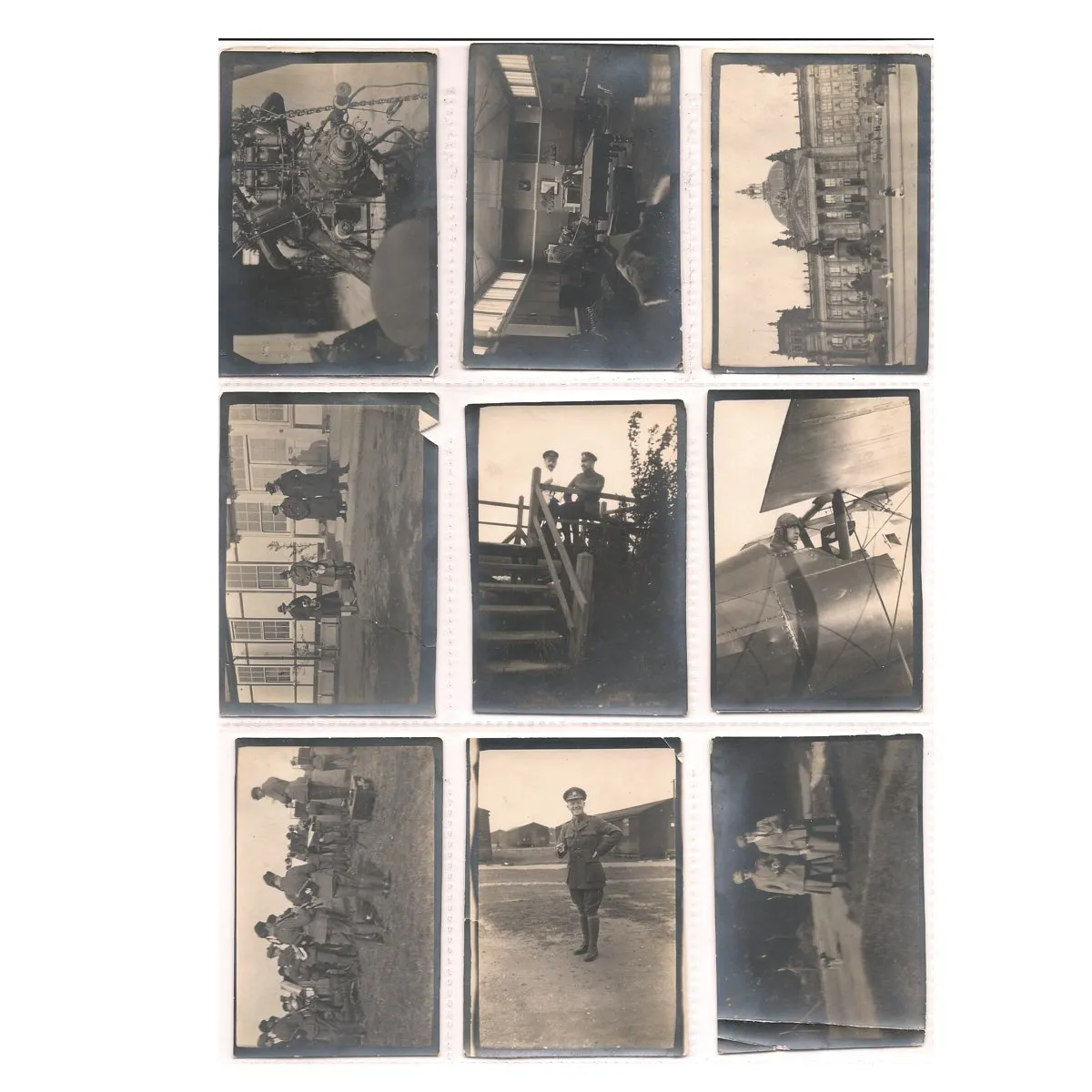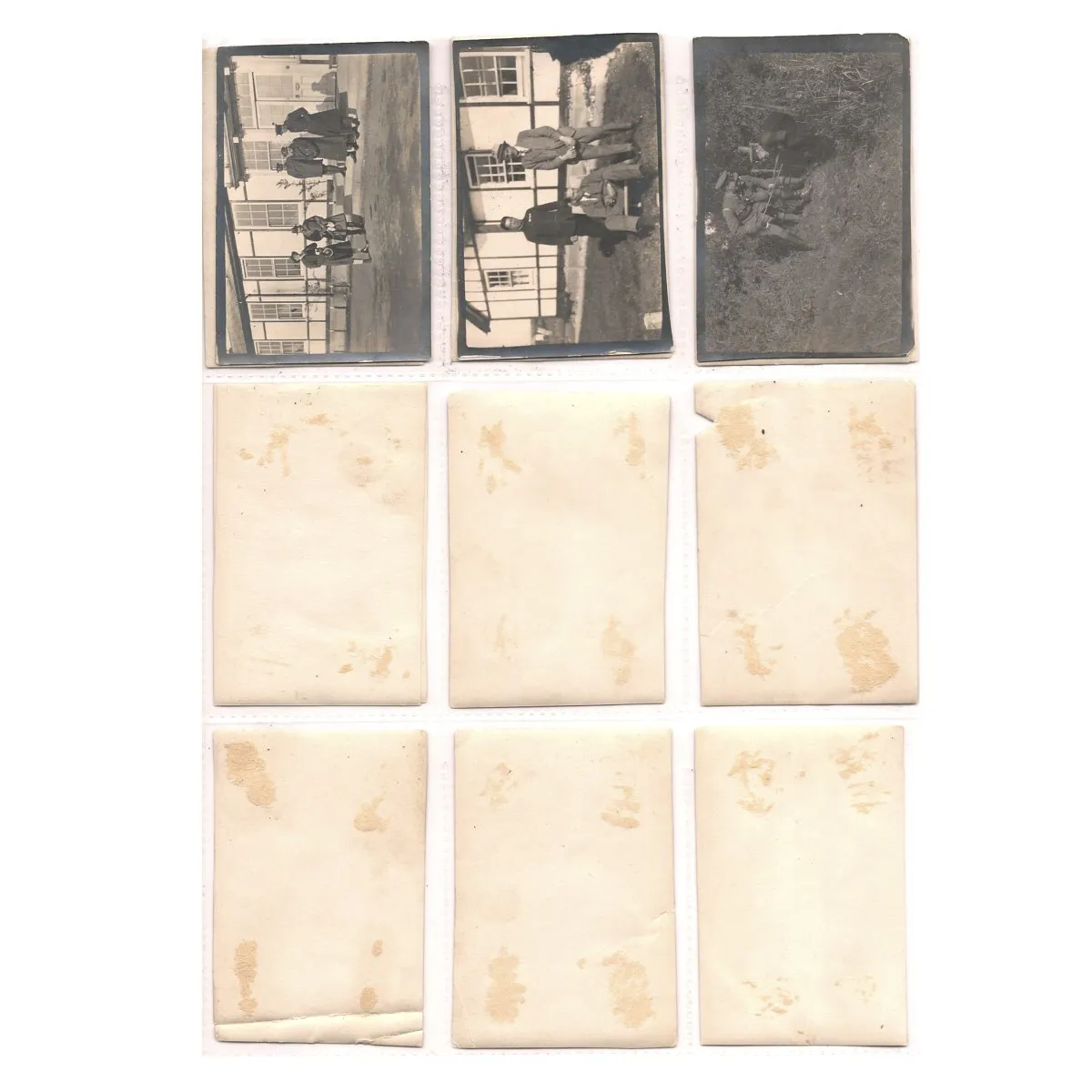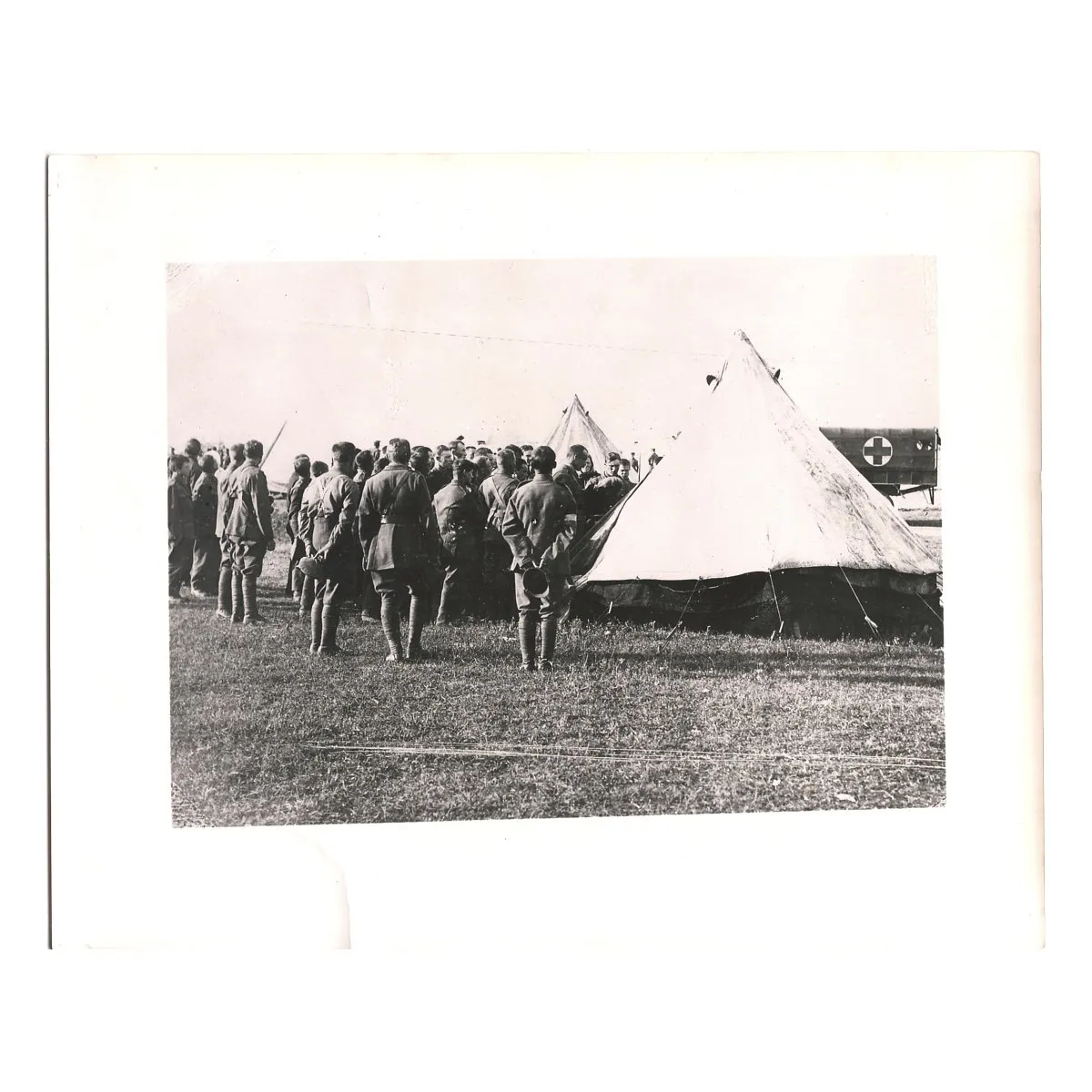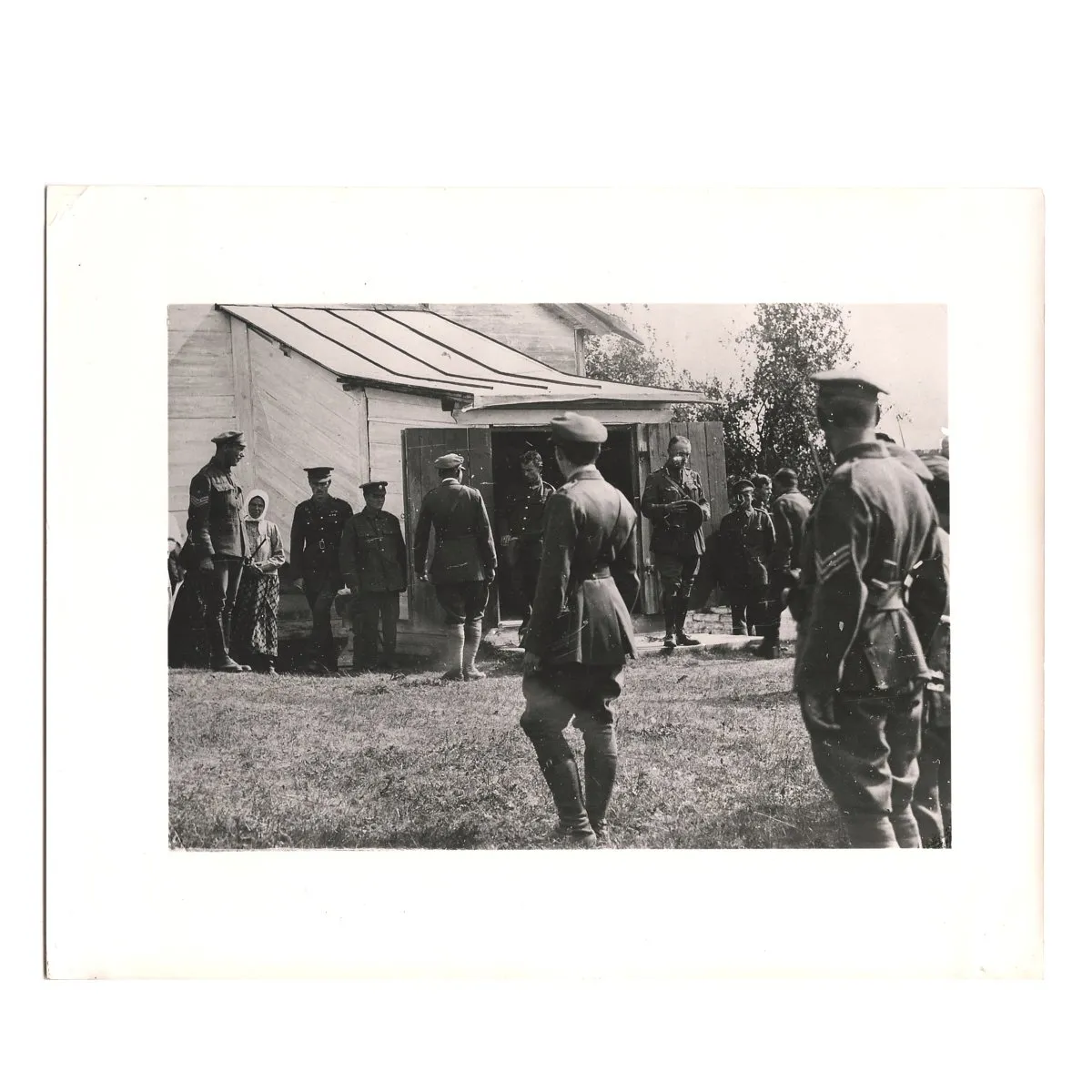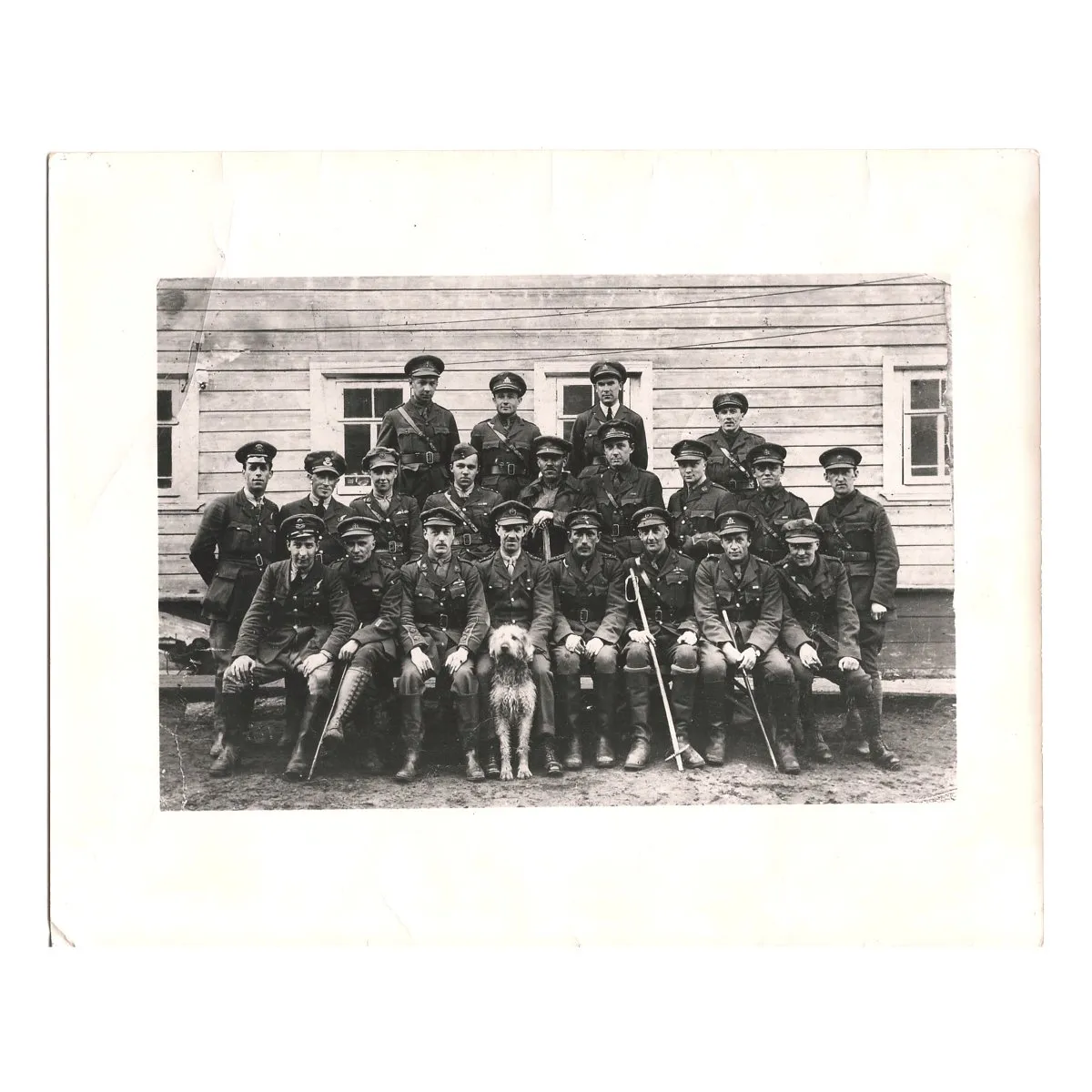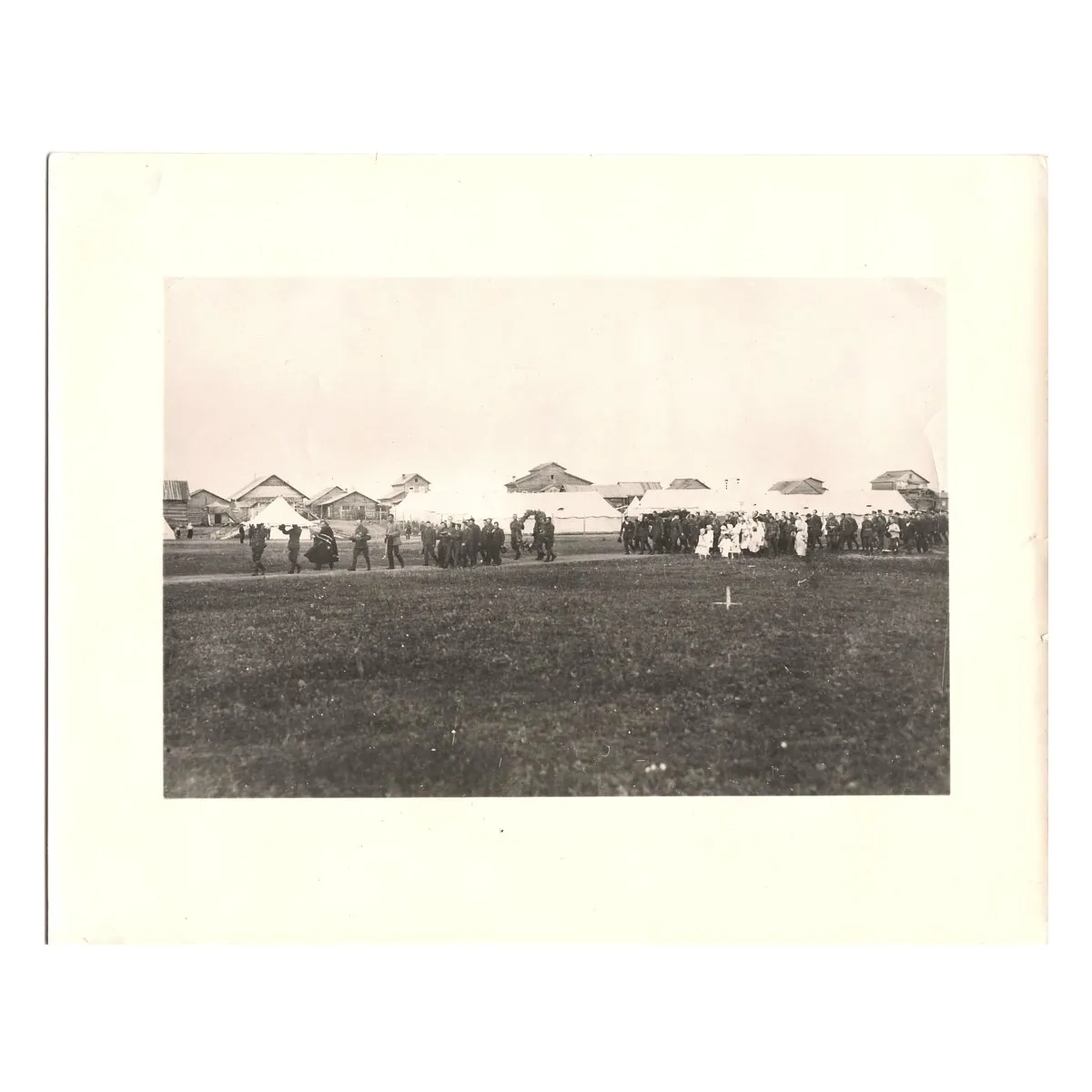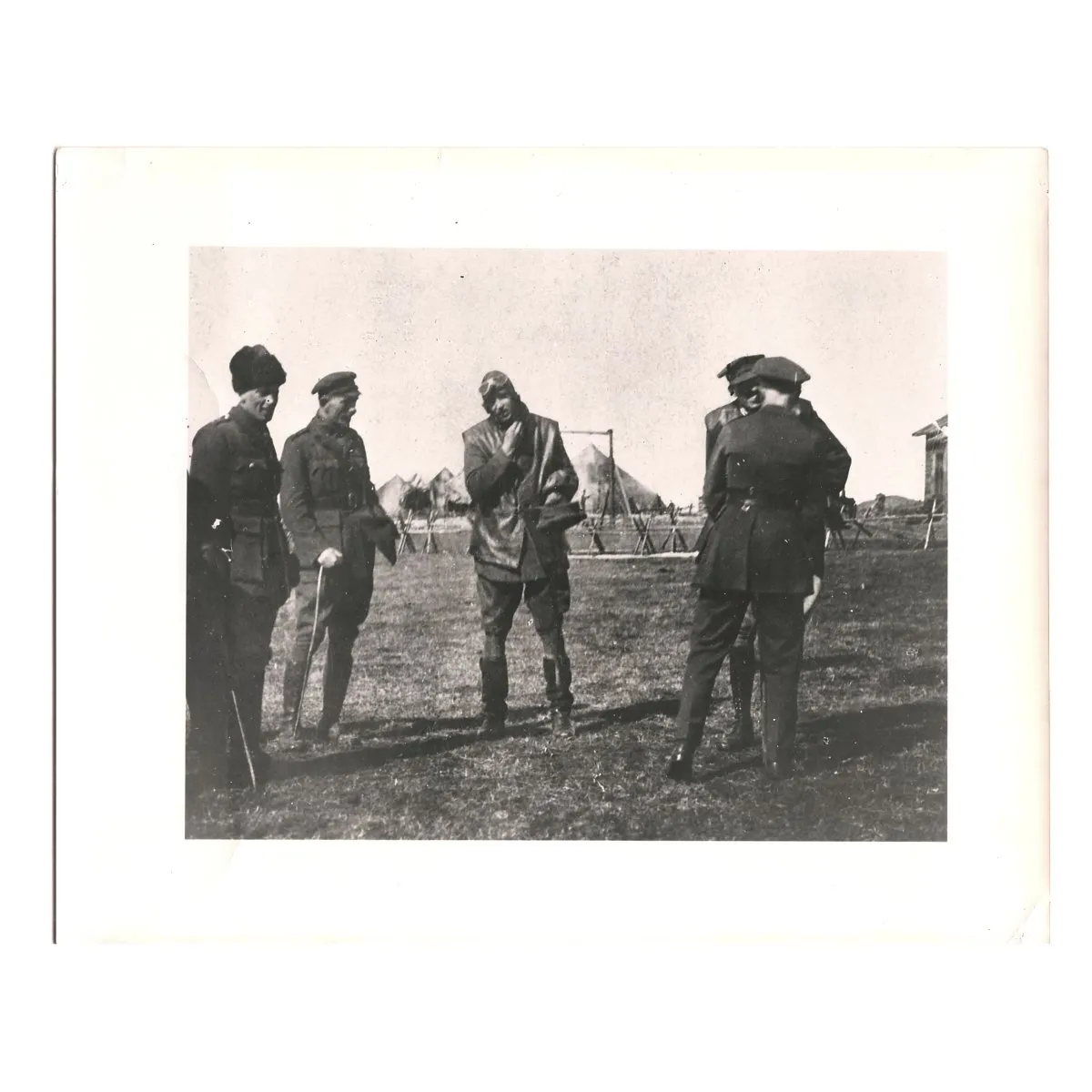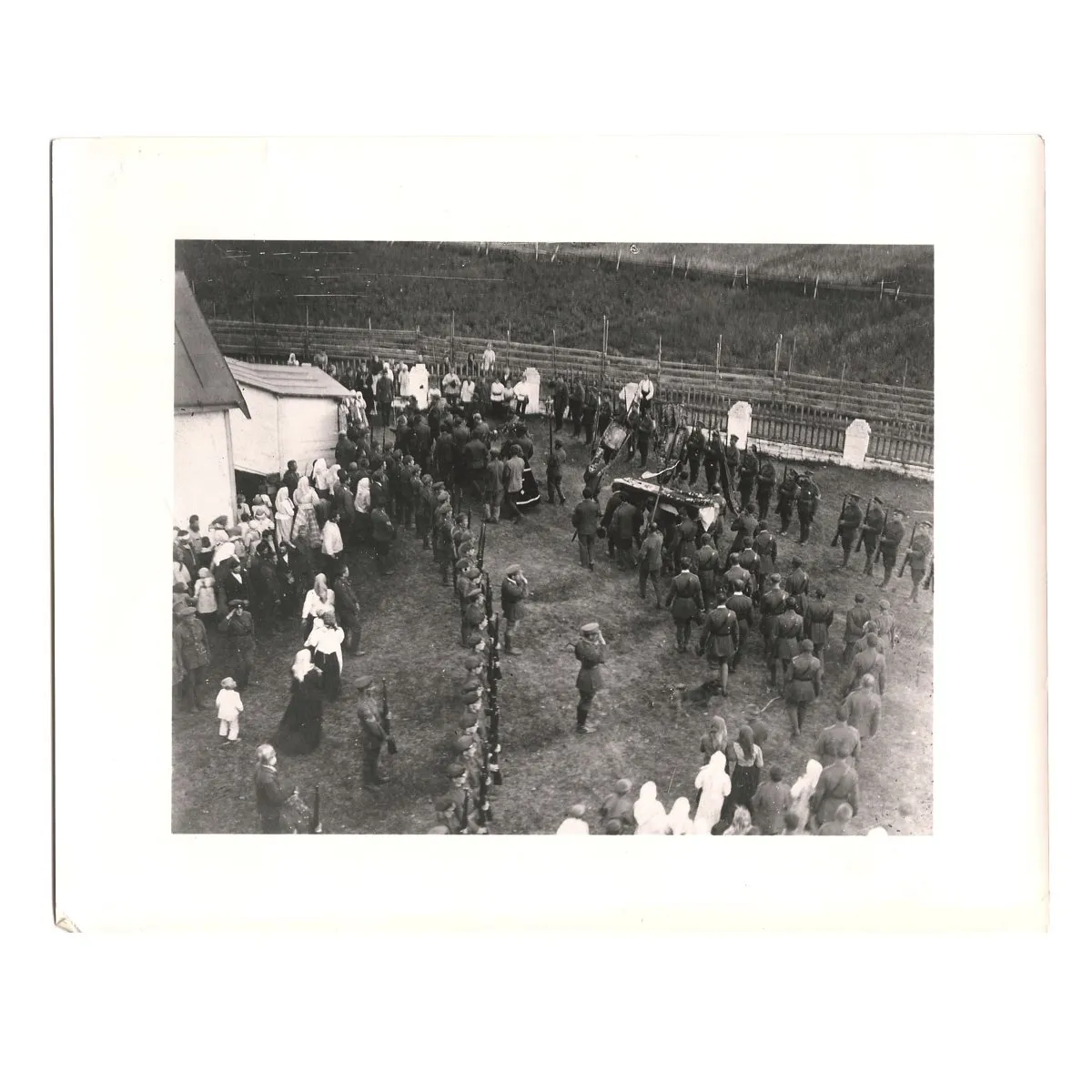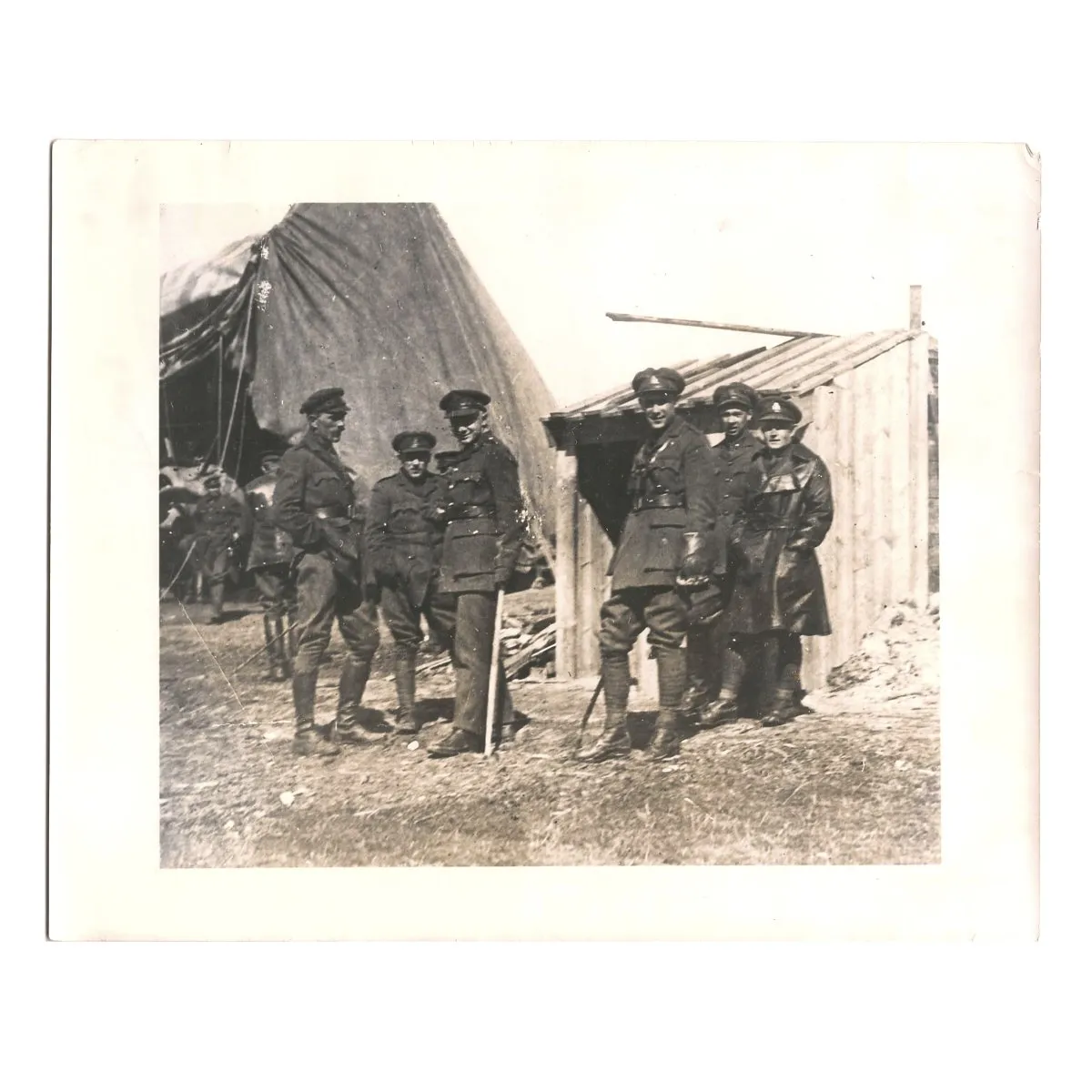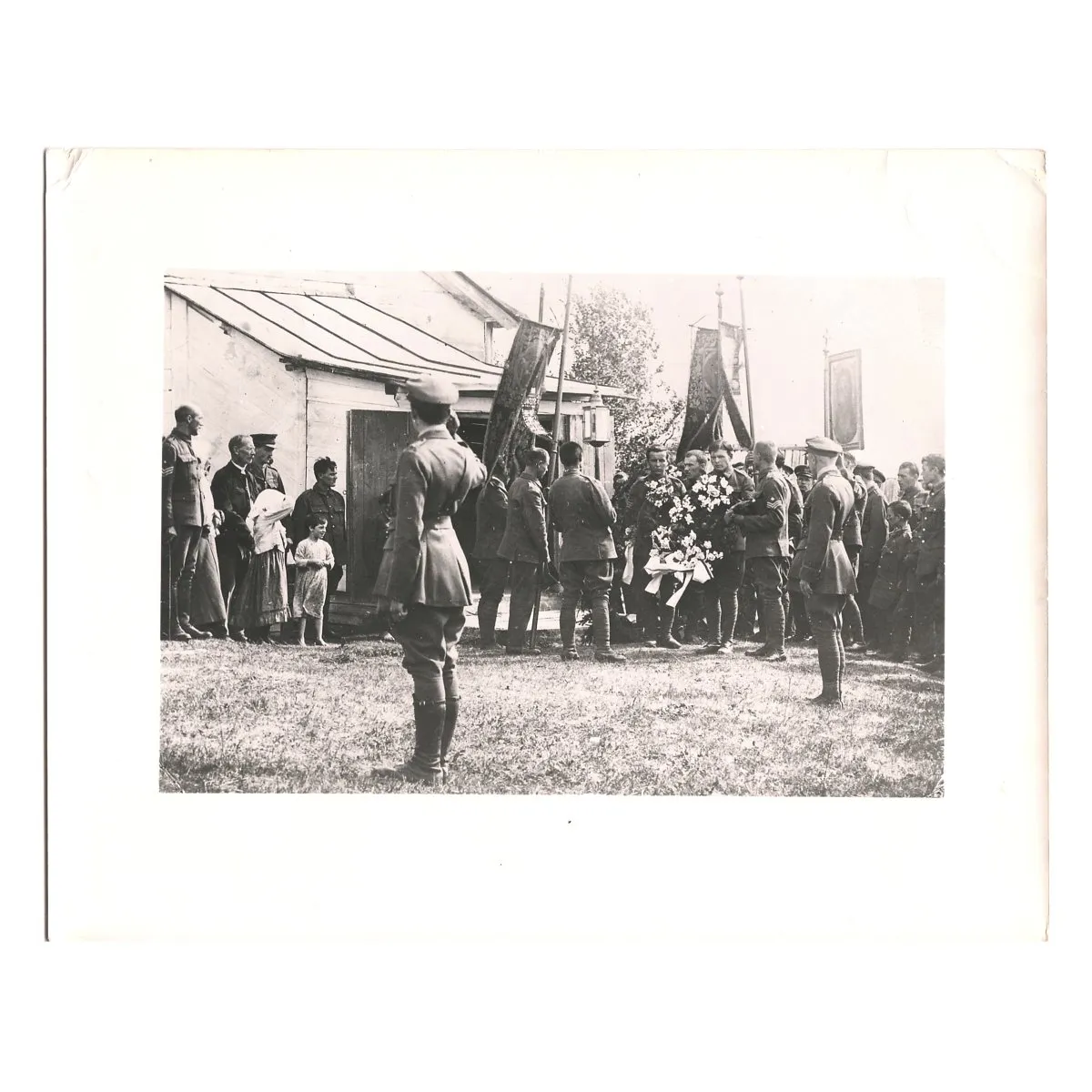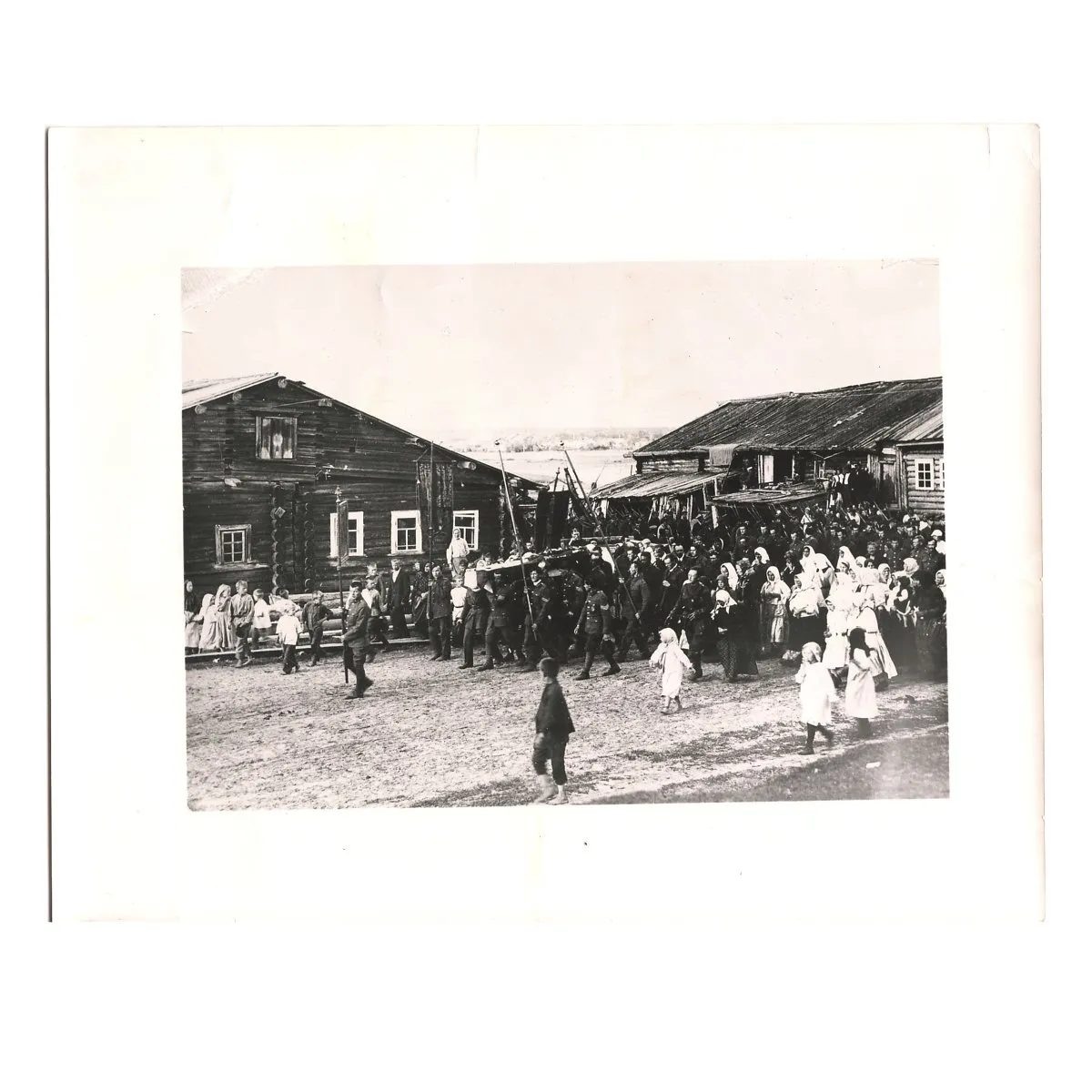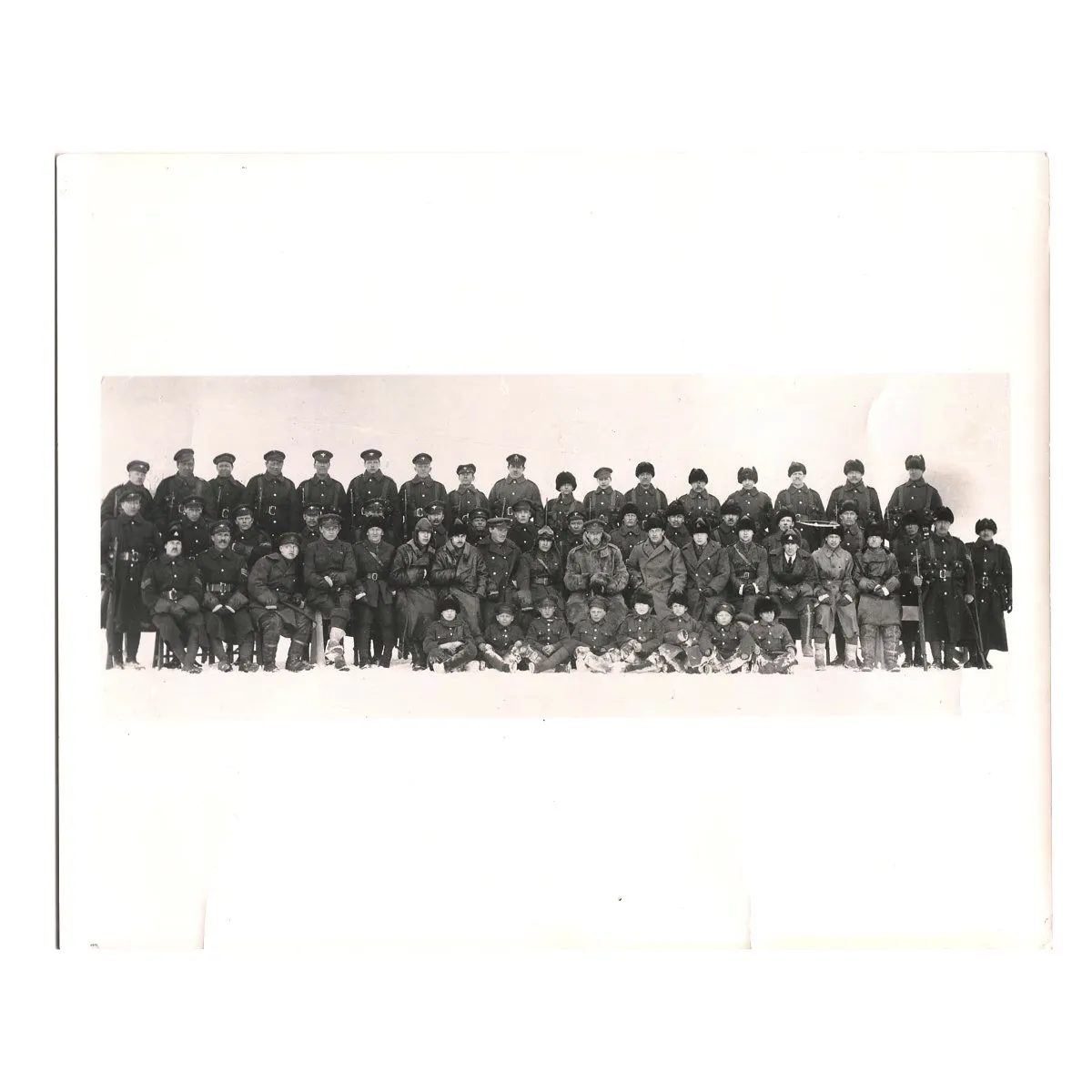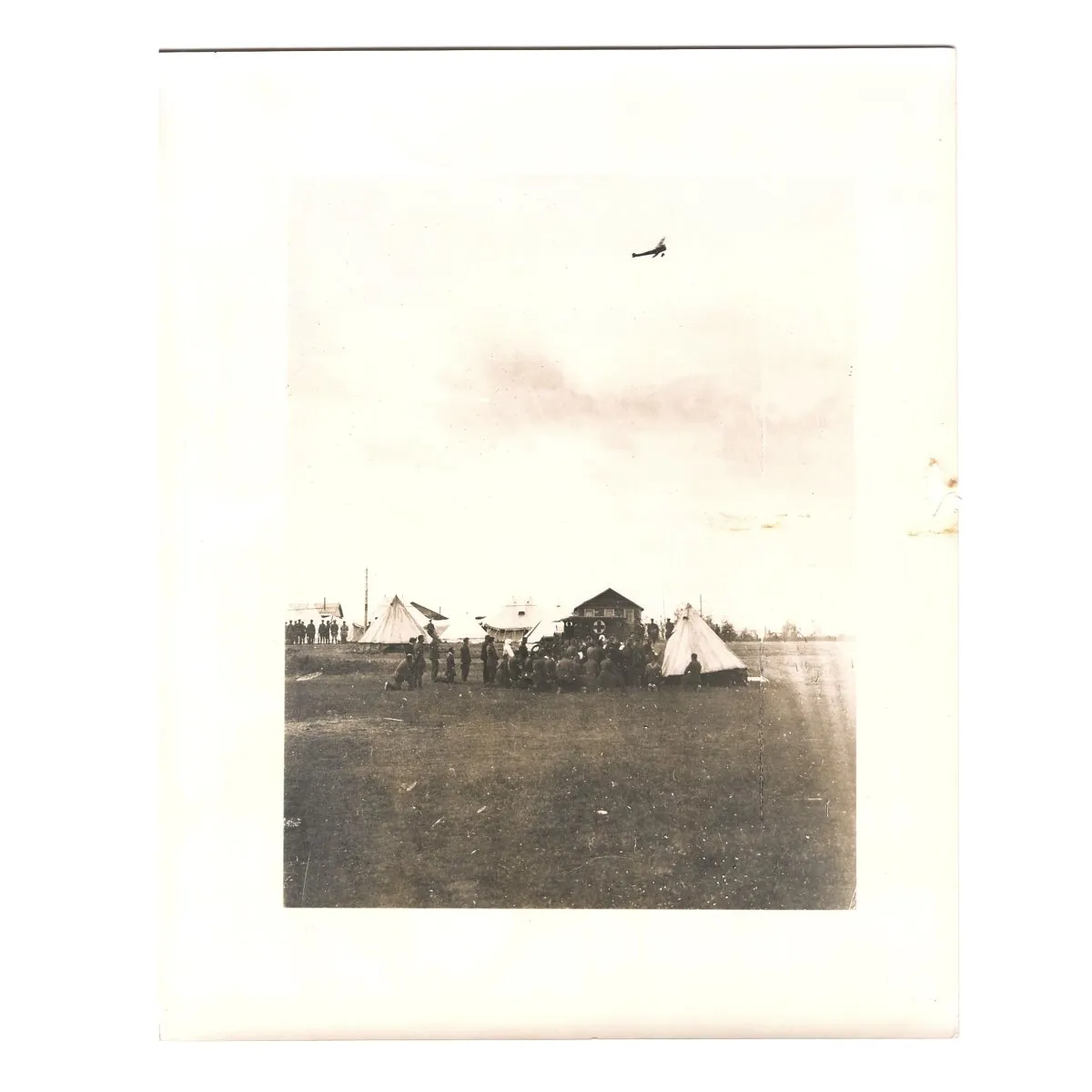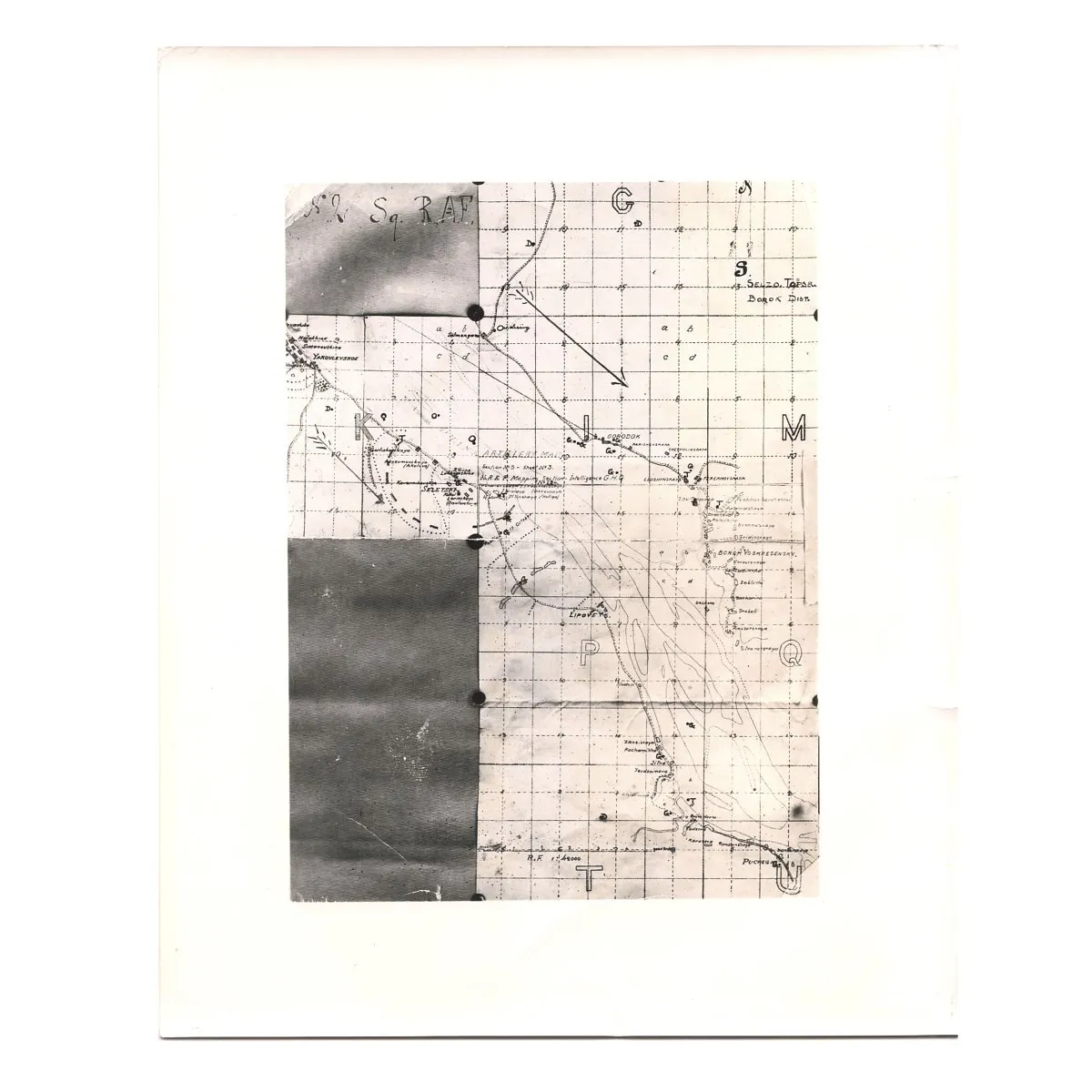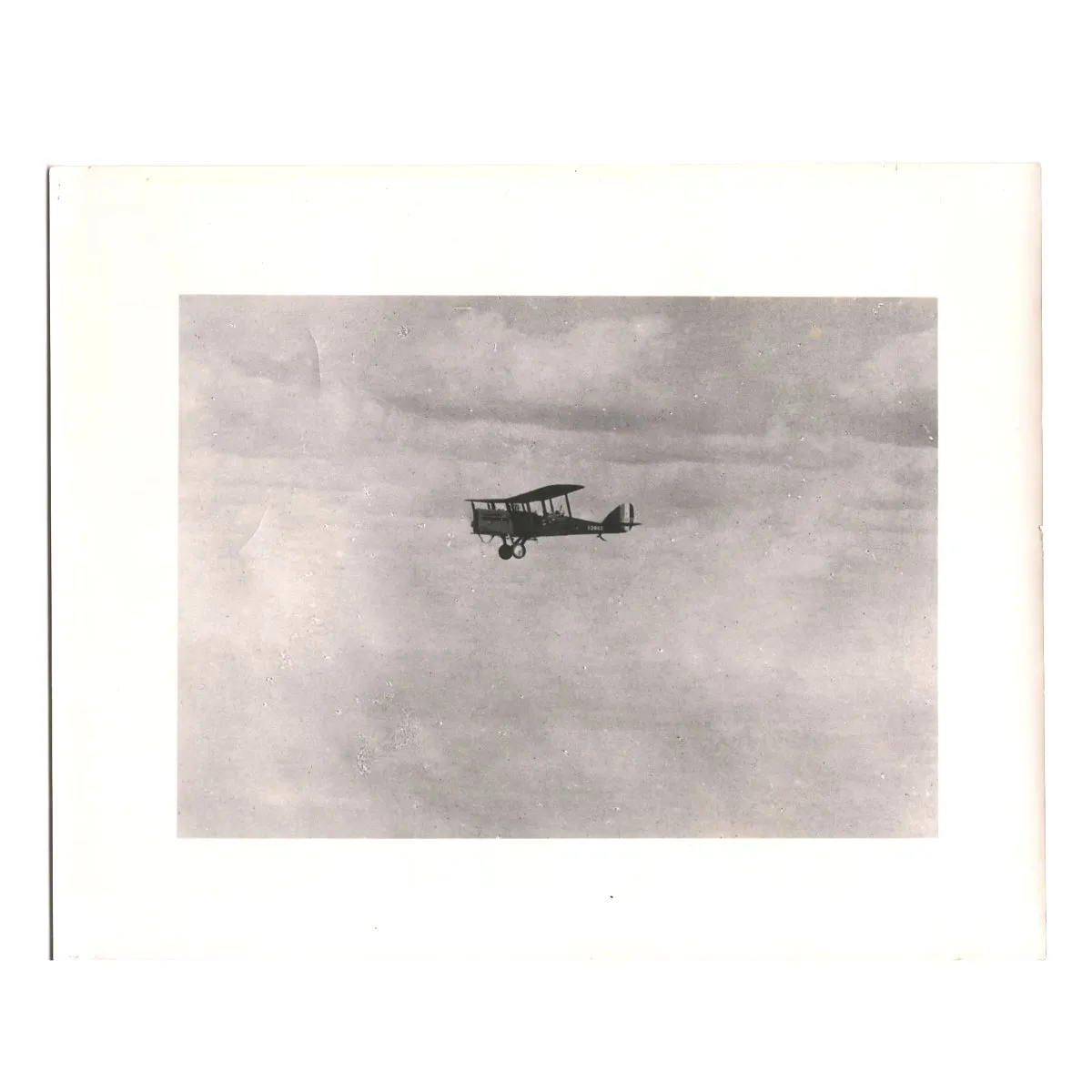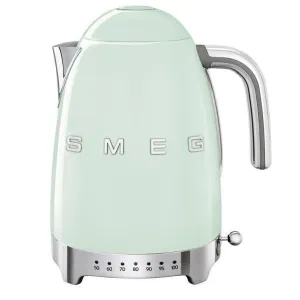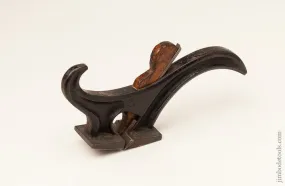Original Items: One-of-a-kind set. The Allied intervention was a multi-national military expedition launched during the Russian Civil War in 1918. The initial goals were to help the Czechoslovak Legion, secure supplies of munitions and armaments in Russian ports, and re-establish the Eastern Front. After winning World War I, the Allies militarily backed the anti-Bolshevik White forces in Russia. Allied efforts were hampered by divided objectives, war-weariness after they just finished greater conflict, and a lack of domestic support. These factors, together with the evacuation of the Czechoslovak Legion, compelled the Allies to withdraw from North Russia and Siberia in 1920.
In 1917, Russia was in a state of political strife, public support for war and the Tsar was dwindling. The country was on the brink of revolution. The February Revolution changed the course of the war; under intense political pressure, the Tsar abdicated and the Russian Provisional Government was formed, led initially by Georgy Lvov and later by Alexander Kerensky. The Provisional Government pledged to continue fighting the Germans on the Eastern Front.
The Allies had been shipping supplies to Russia since the beginning of the war in 1914 through the ports of Arkhangelsk, Murmansk, and Vladivostok. In 1917, the United States entered the war on the Allied side. US President Woodrow Wilson dropped his reservations about joining the war with a monarch as an ally, and the United States began providing economic and technical support to Kerensky's government.
The war became unpopular with the Russian populace. Political and social unrest increased, with the revolutionary Bolsheviks under Vladimir Lenin gaining widespread support. Large numbers of common soldiers either mutinied or deserted the Imperial Russian Army. During the June 18 offensive, the Russian Army was defeated by the German and Austro-Hungarian forces as a result of a counter-attack. This led to the collapse of the Eastern Front. The demoralised Russian Army was on the verge of mutiny and most soldiers had deserted the front lines. Kerensky replaced Aleksei Brusilov with Lavr Kornilov as Commander-in-Chief of the Army.
Kornilov attempted to set up a military dictatorship by staging a coup in late August 1917. He had the support of the British military attaché, Brigadier-General Alfred Knox, and Kerensky accused Knox of producing pro-Kornilov propaganda. Kerensky also claimed Lord Milner wrote him a letter expressing support for Kornilov. A British armoured car squadron commanded by Oliver Locker-Lampson and dressed in Russian uniforms participated in the failed coup. In 1917, the October Revolution led to the overthrow of Kerensky's provisional government, and the Bolsheviks assuming power.
The Allies became concerned at the collapse of the Eastern front and the loss of their Tsarist ally to communism and there was also the question of the large quantities of supplies and equipment in Russian ports, which the Allies feared might be commandeered by the Germans. Also worrisome to the Allies was the April 1918 landing of a division of German troops in Finland, increasing speculation they might attempt to capture the Murmansk-Petrograd railway, and subsequently the strategic port of Murmansk and possibly Arkhangelsk. Other concerns regarded the potential destruction of the Czechoslovak Legions and the threat of Bolshevism, the nature of which worried many Allied governments. Meanwhile, Allied matériel in transit quickly accumulated in the warehouses in Arkhangelsk and Murmansk. Estonia had established a national army with the support of Finnish volunteers and were defending against the 7th Red Army's attack.
Faced with these events, the British and French governments decided upon an Allied military intervention in Russia. They had three objectives:
prevent the German or Bolshevik capture of Allied material stockpiles in Arkhangelsk
mount an attack helping the Czechoslovak Legions stranded on the Trans-Siberian Railway
resurrect the Eastern Front by defeating the Bolshevik army with help from the Czechoslovak Legions and an expanded anti-Bolshevik force of local citizens and stop the spread of communism and the Bolshevik cause in Russia.
Numbers of British soldiers who were present in the indicated regions of Russia:
600 French and British troops landed in Arkhangelsk
A number of British troops in Vladivostok.
Royal Air Force flew Fairey Campania Airplanes, Sopwith Baby seaplanes along with a single Sopwith Camel fighter.
This grouping consists of the following items:
Original British WWI RAF officers tunic dating from 1918 complete with very early RAF wings and White Russian officer insignia, Russian epaulettes and Russian brass buttons. Indicating that after the British government recalled the RAF forces in 1920 that this officer along with multiple others stayed to continue to fight the Bolsheviks.
Original British WWI RAF officers Jodhpurs.
Original British WWI RAF officer peaked visor cap with Russian officer insignia.
Original British WWI RAF officer leather Sam Browne belt with cross strap and holster.
Dozens of original photos showing RAF officers, soldiers, airplanes and more in Russia circa 1918-1925.
Truly an incredibly rare and unique grouping from a British RAF officer who served in the Great War then in Russian as a British officer only to remain after 1920 to serve in the Russian Air force in hopes of overturning the communist revolution.
Here is a fantastic account of the 47th Squadron flying against the Bolsheviks in the Russian Civil War:




